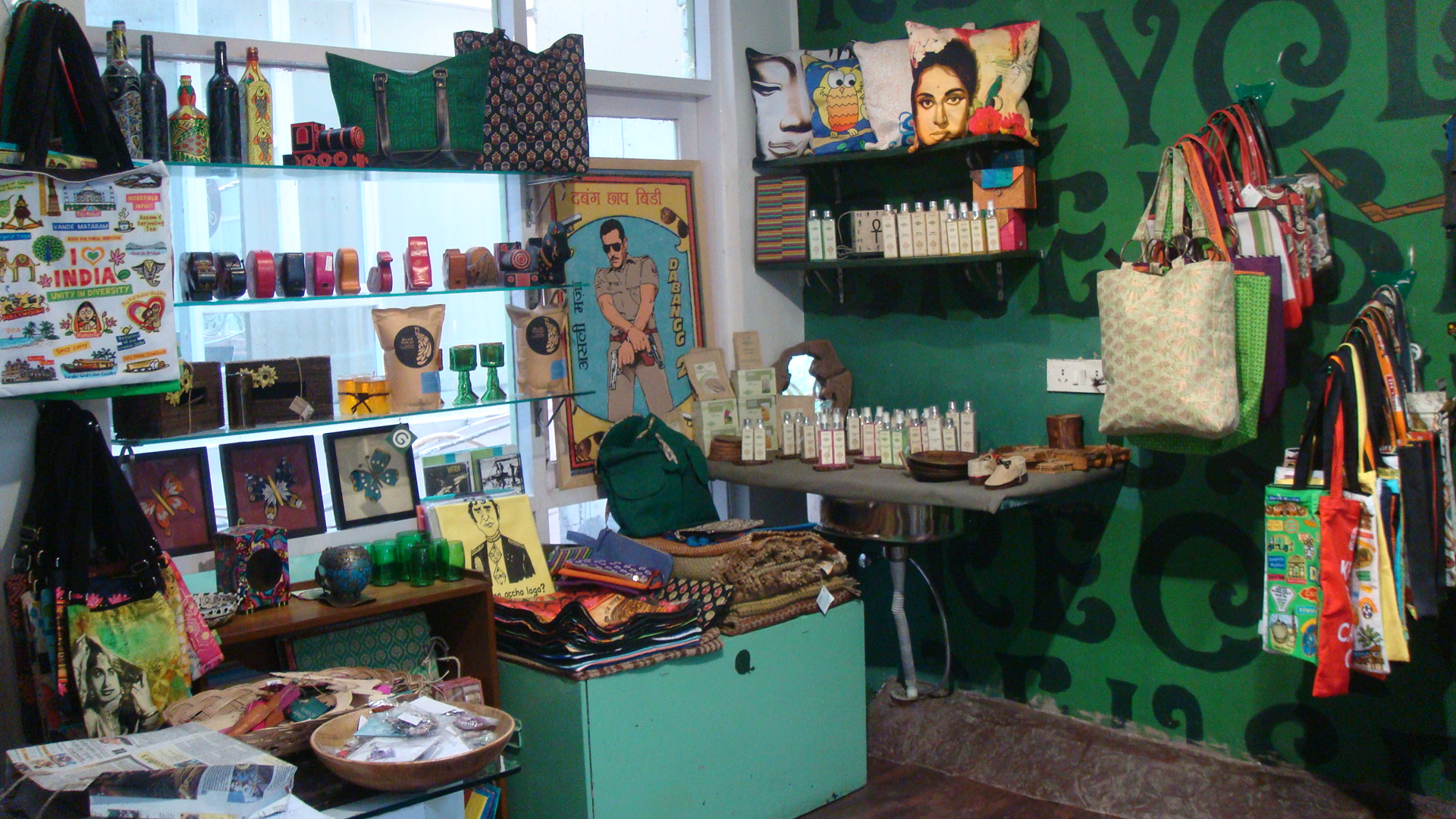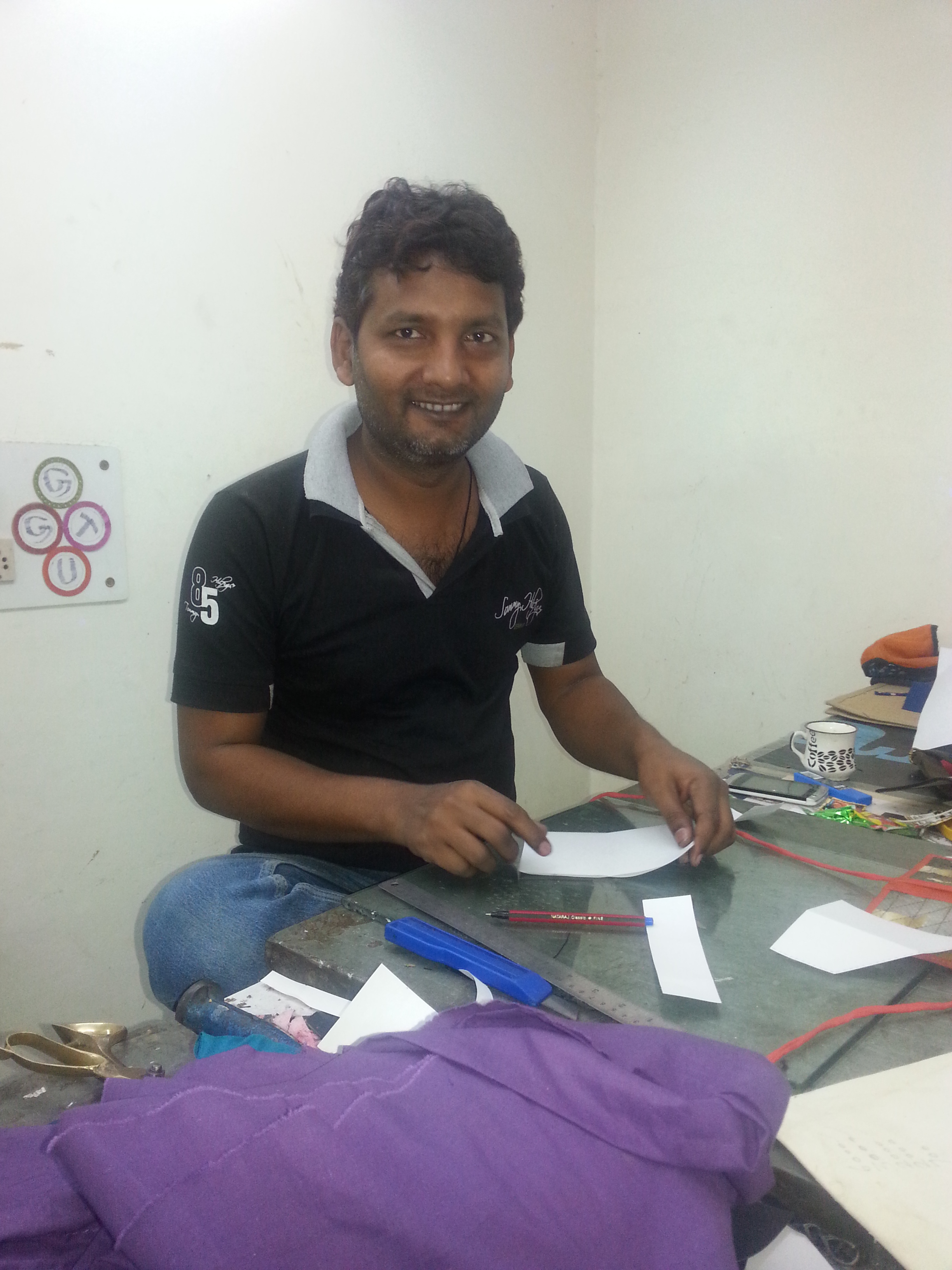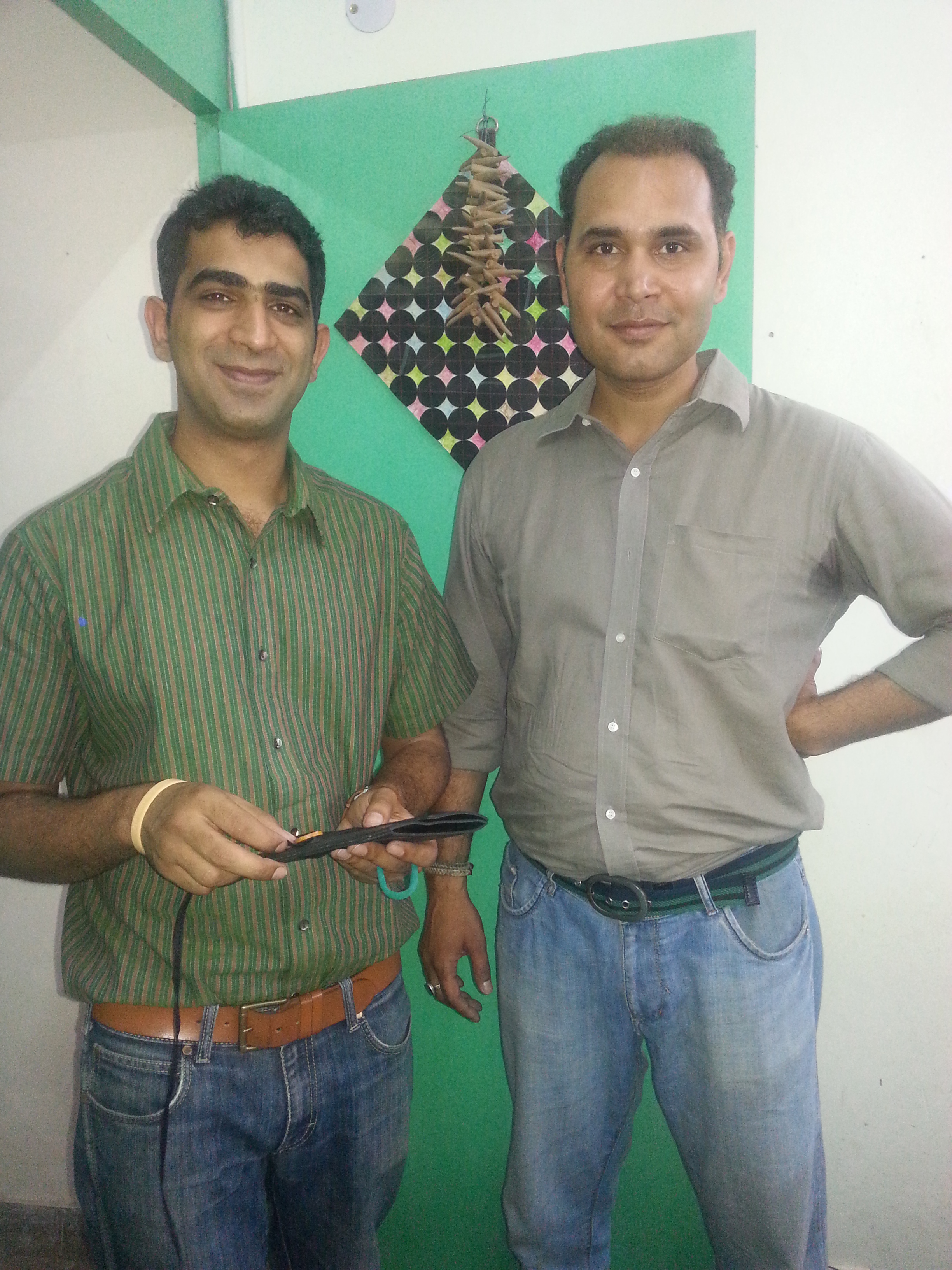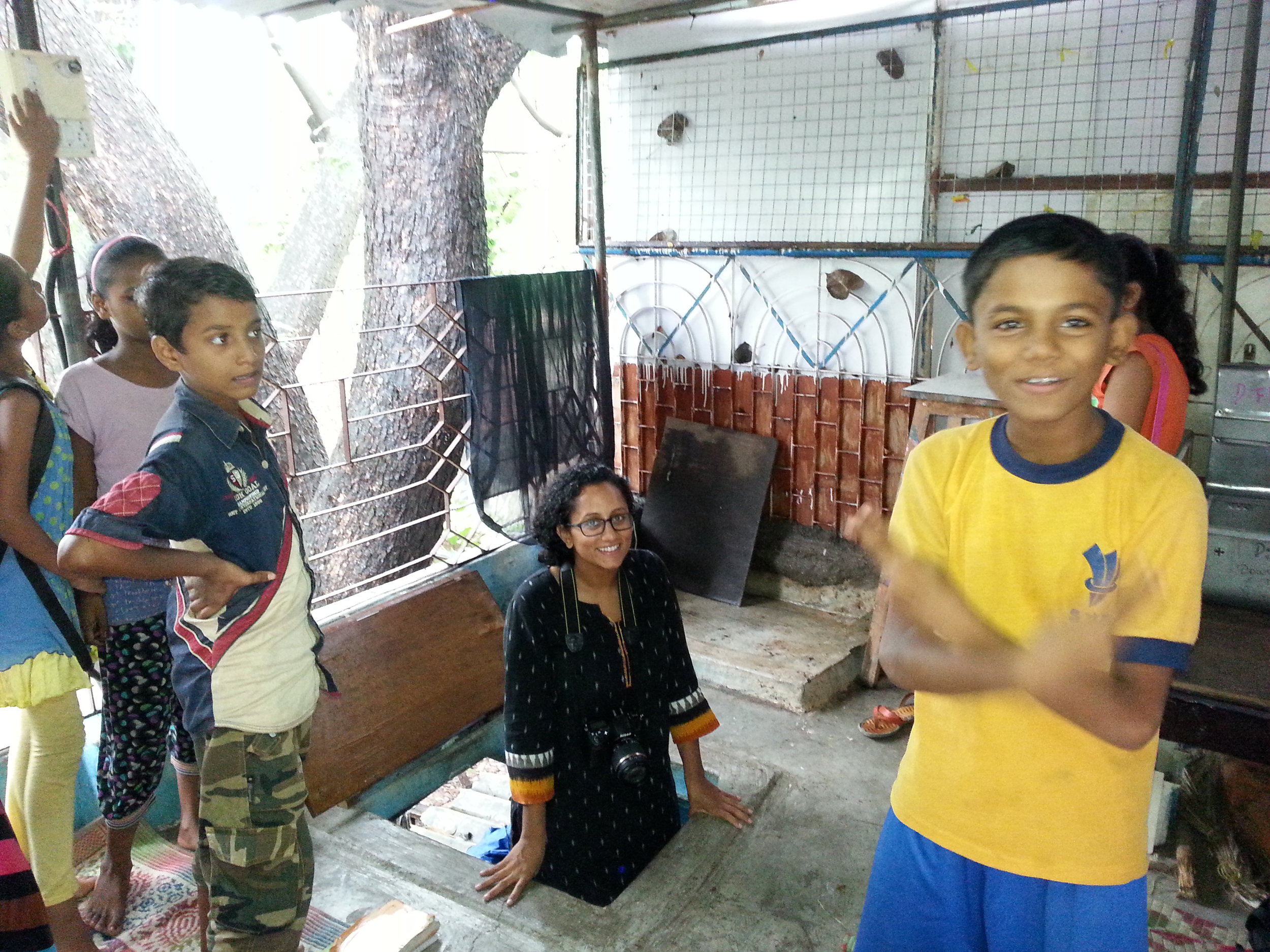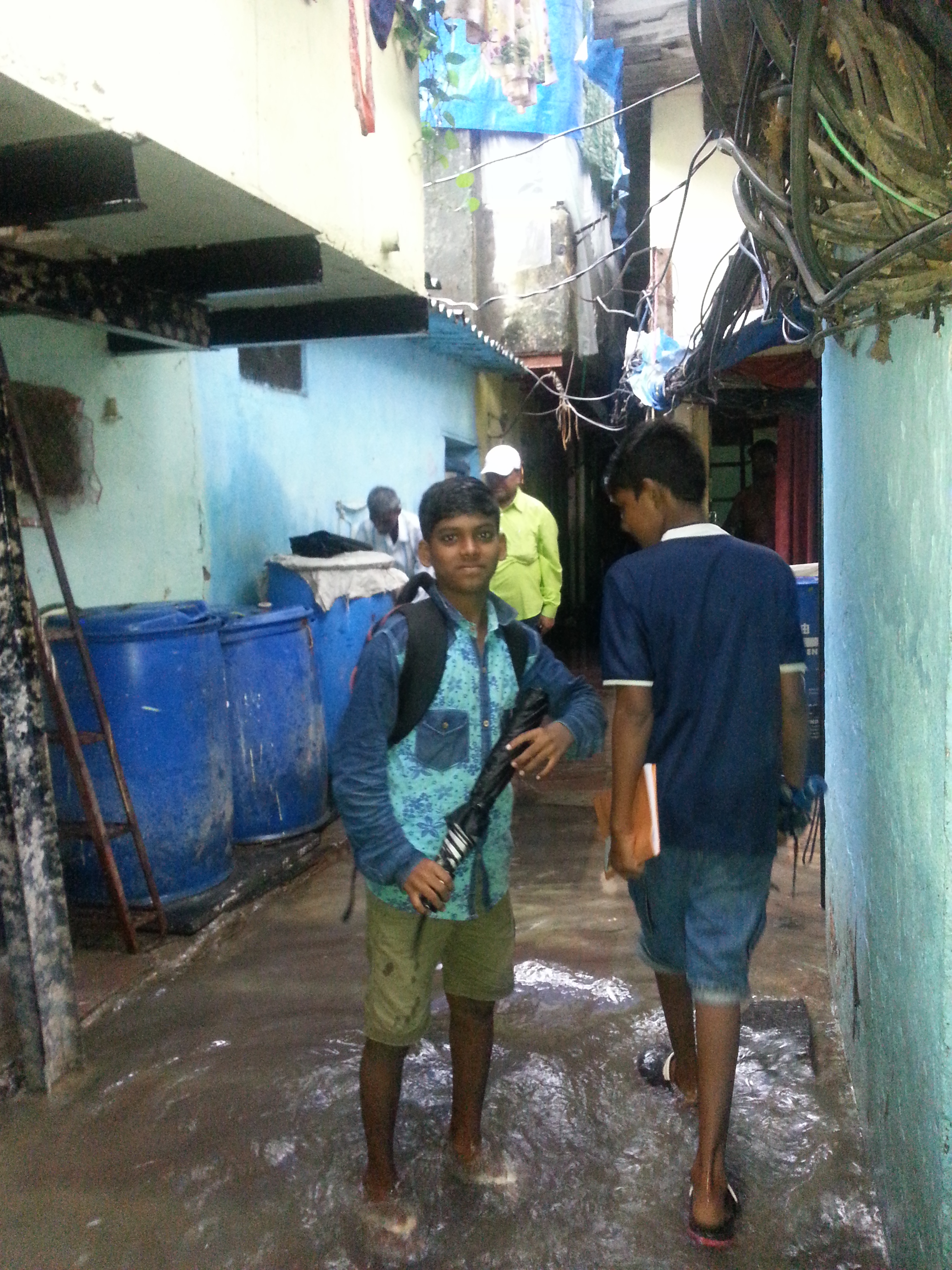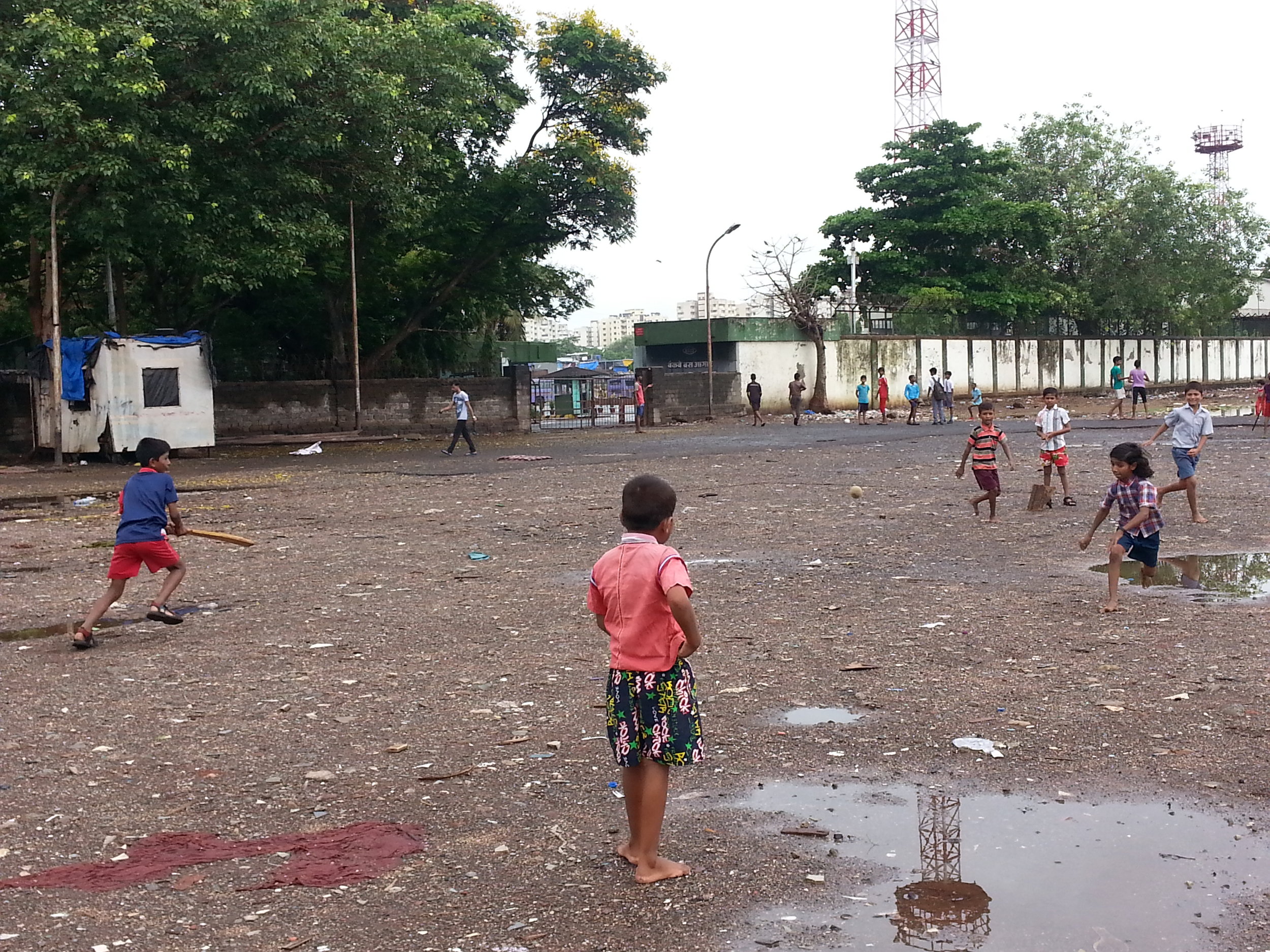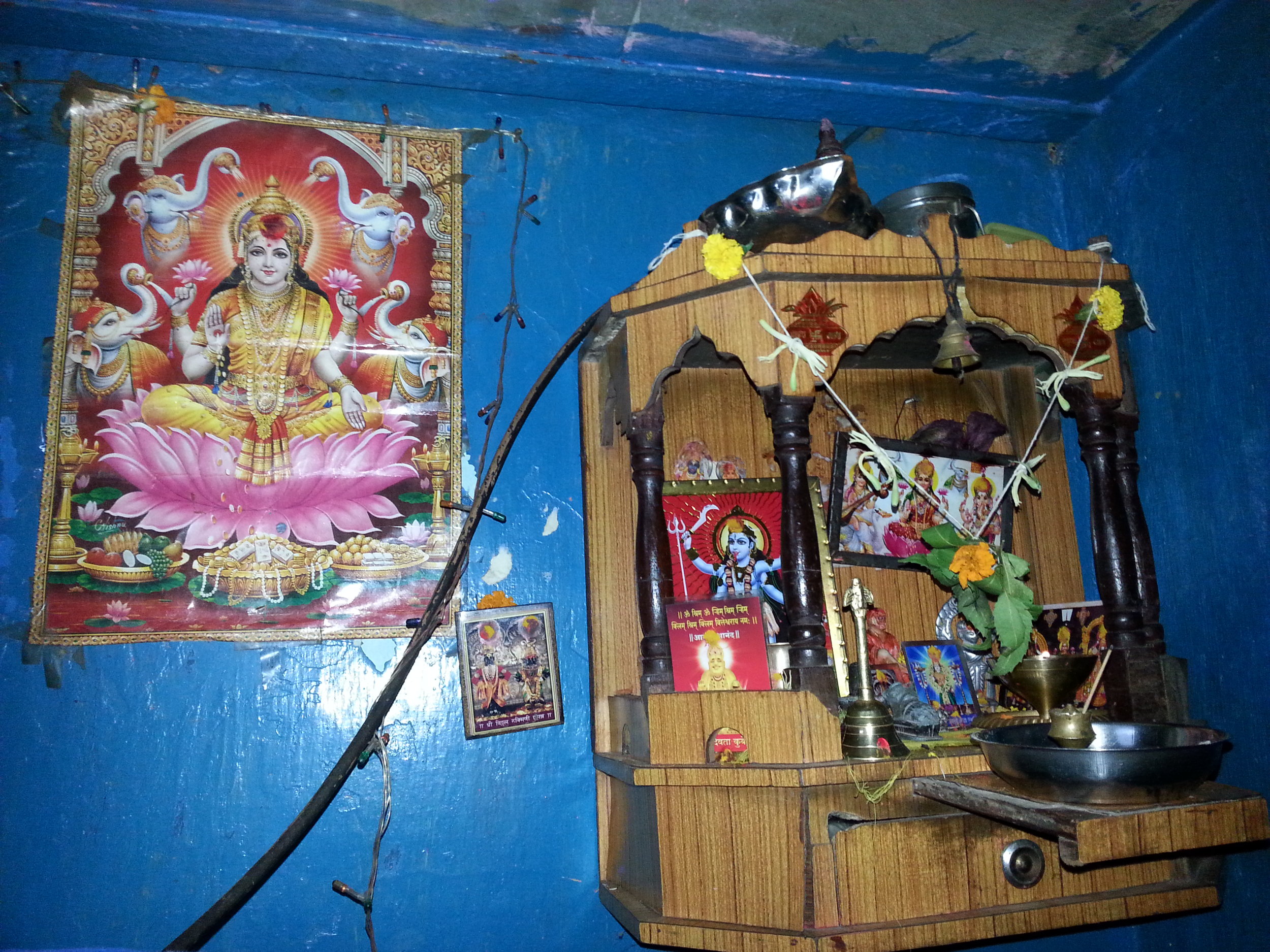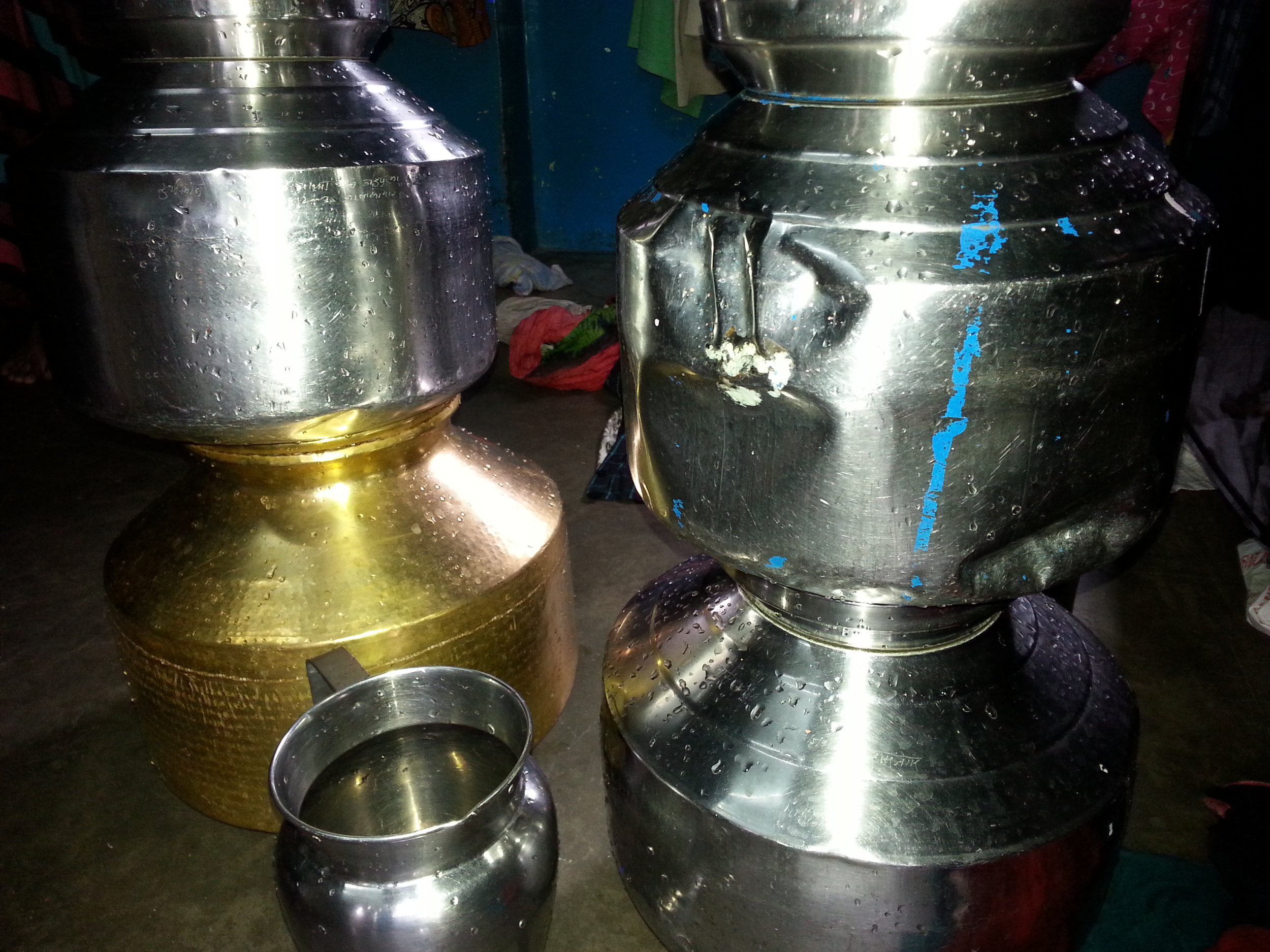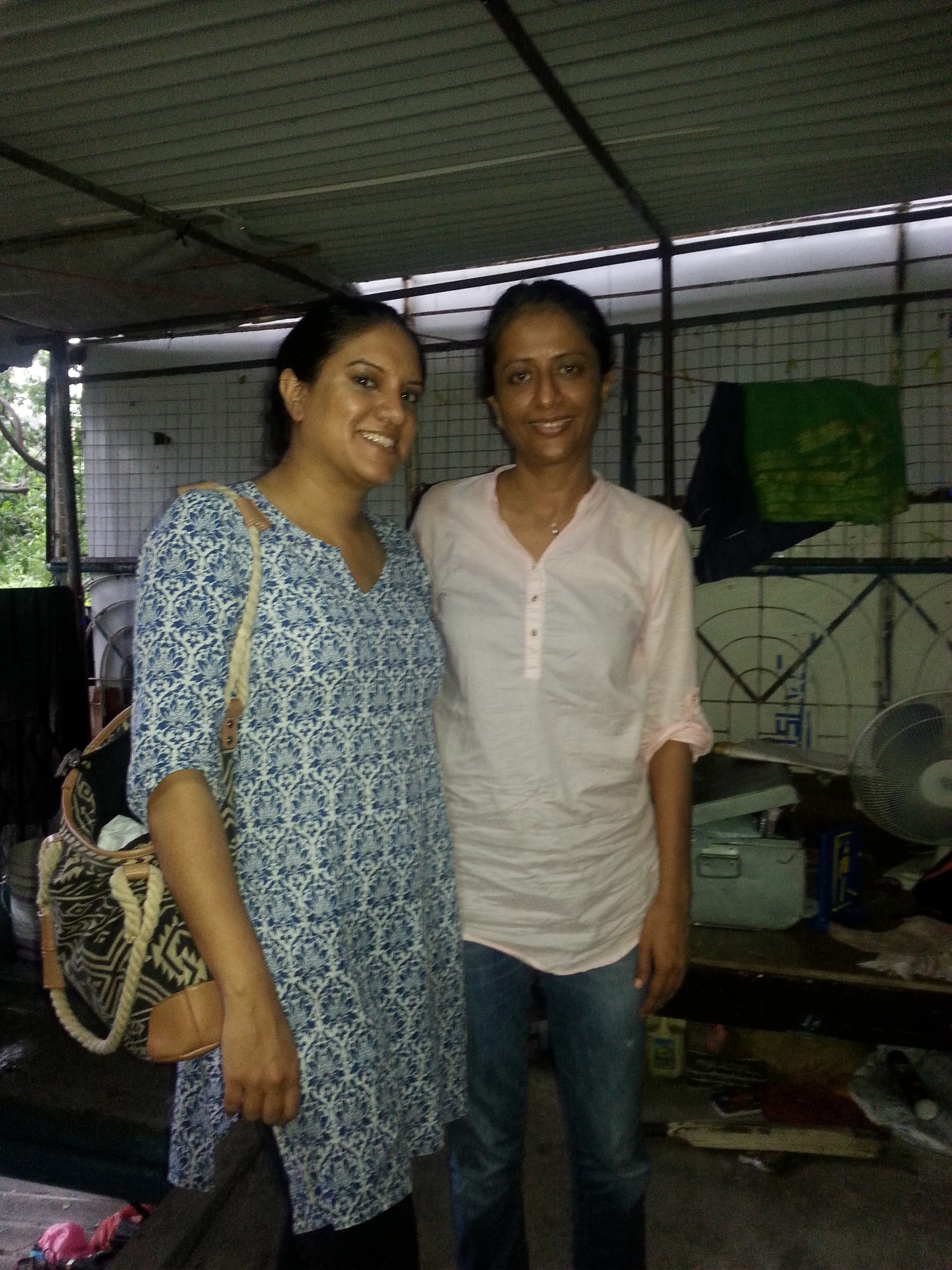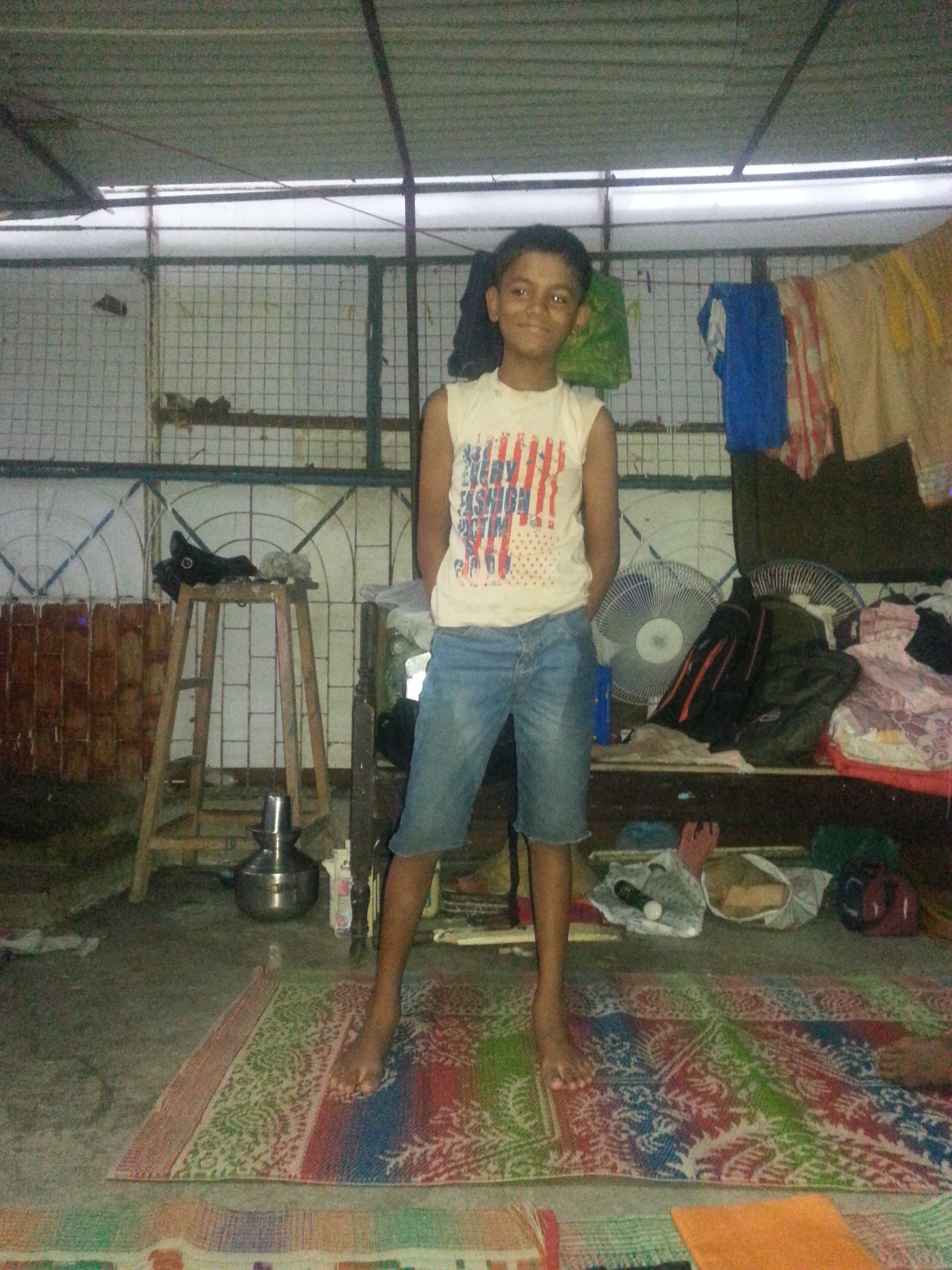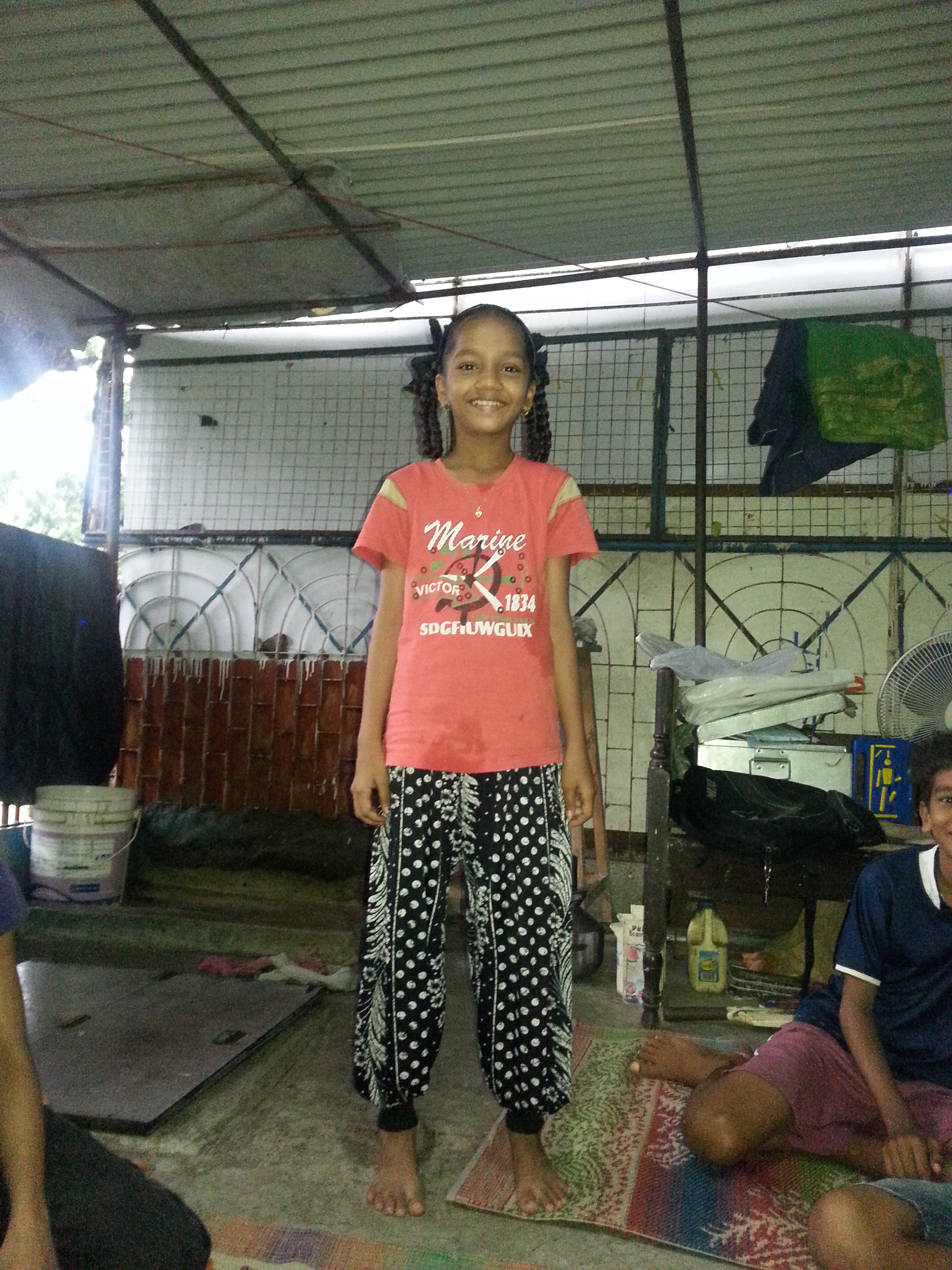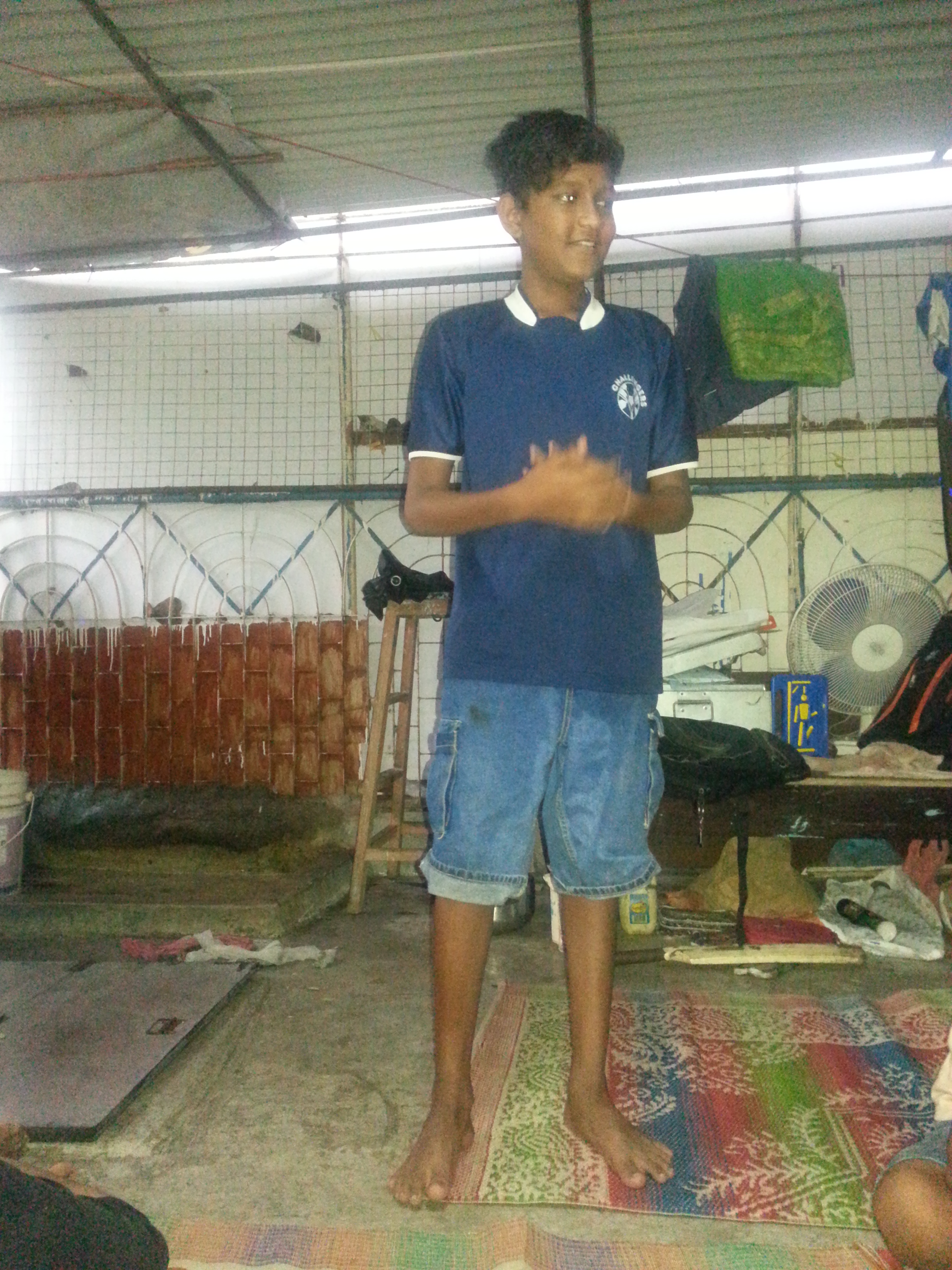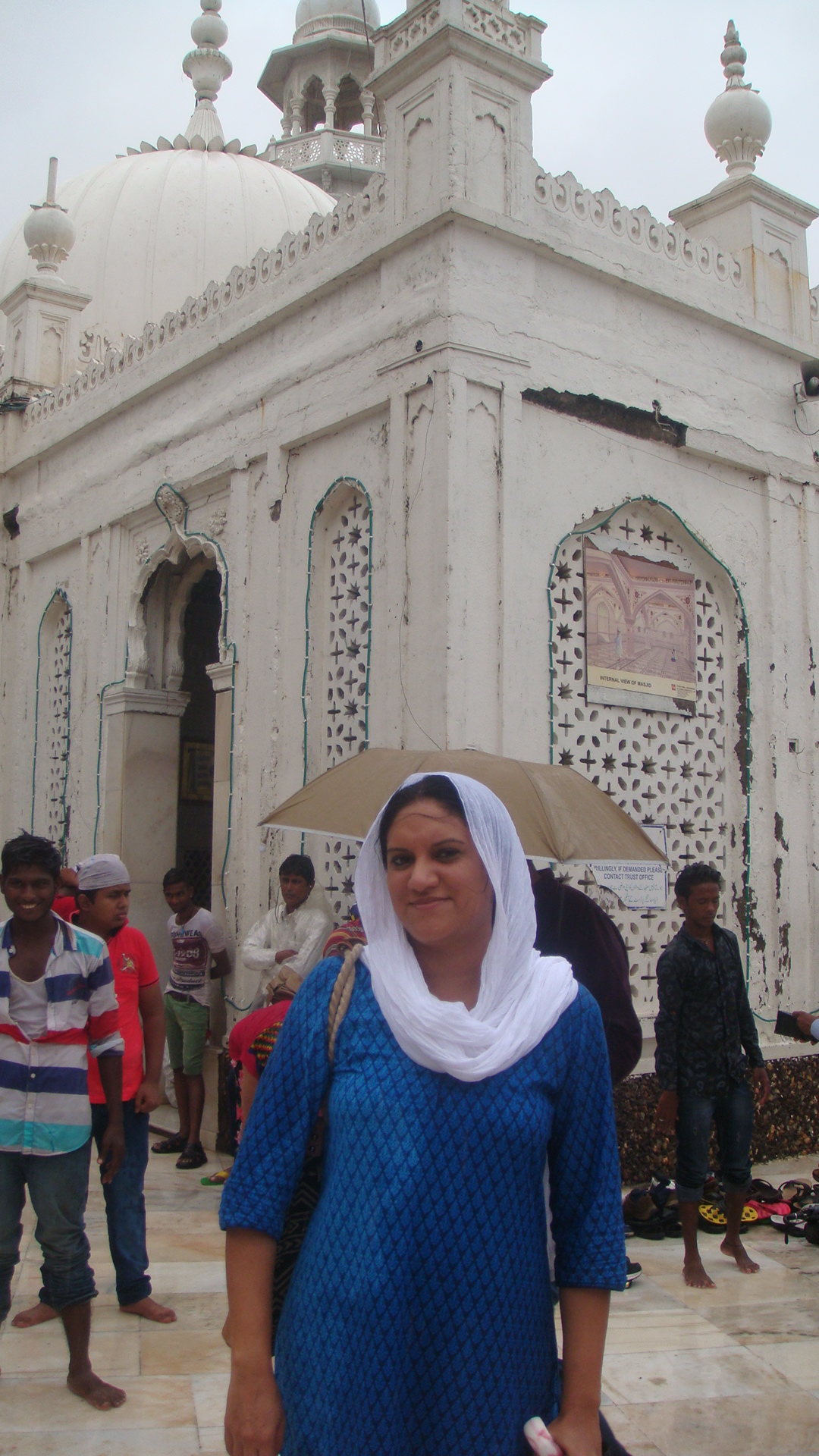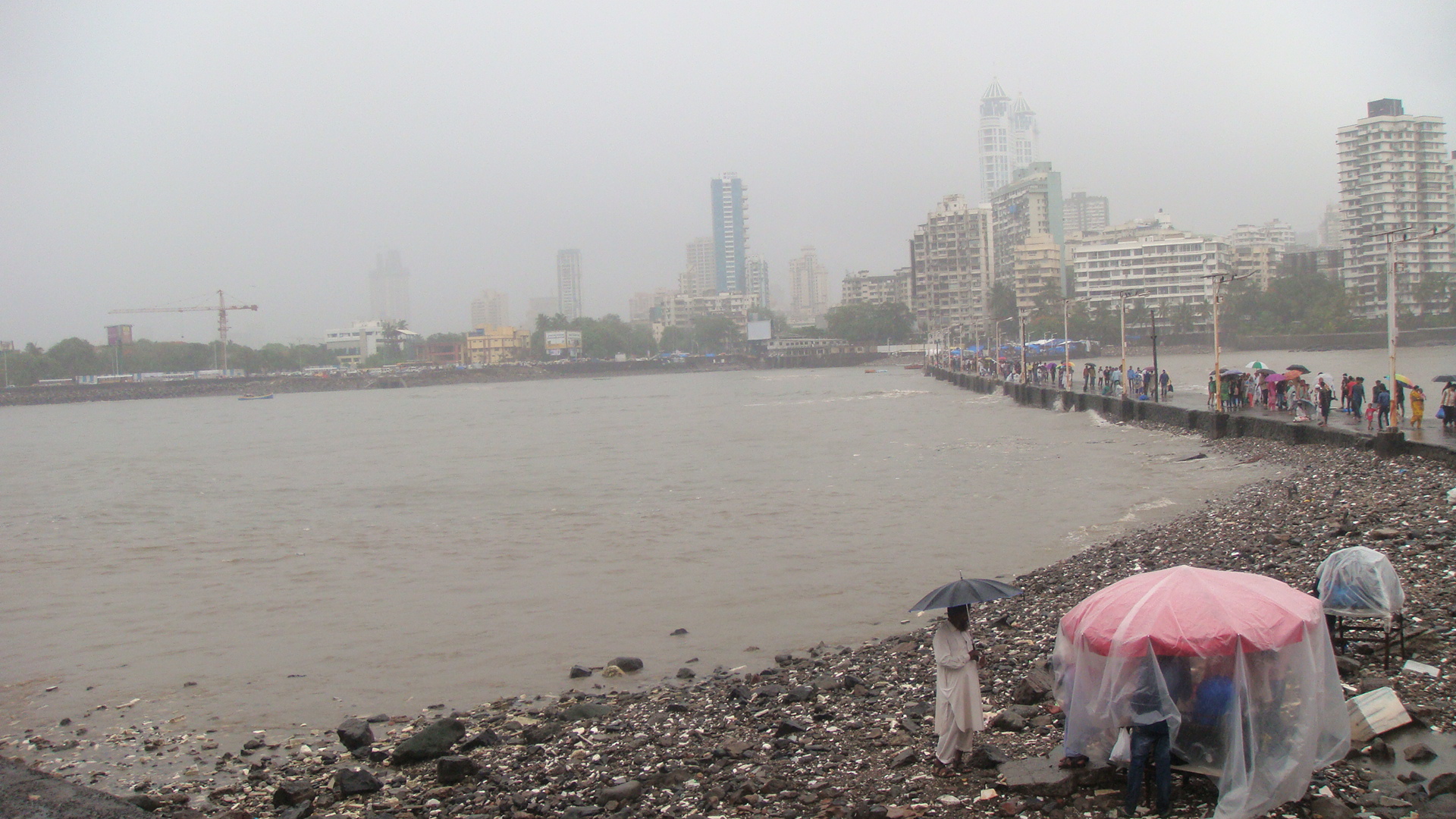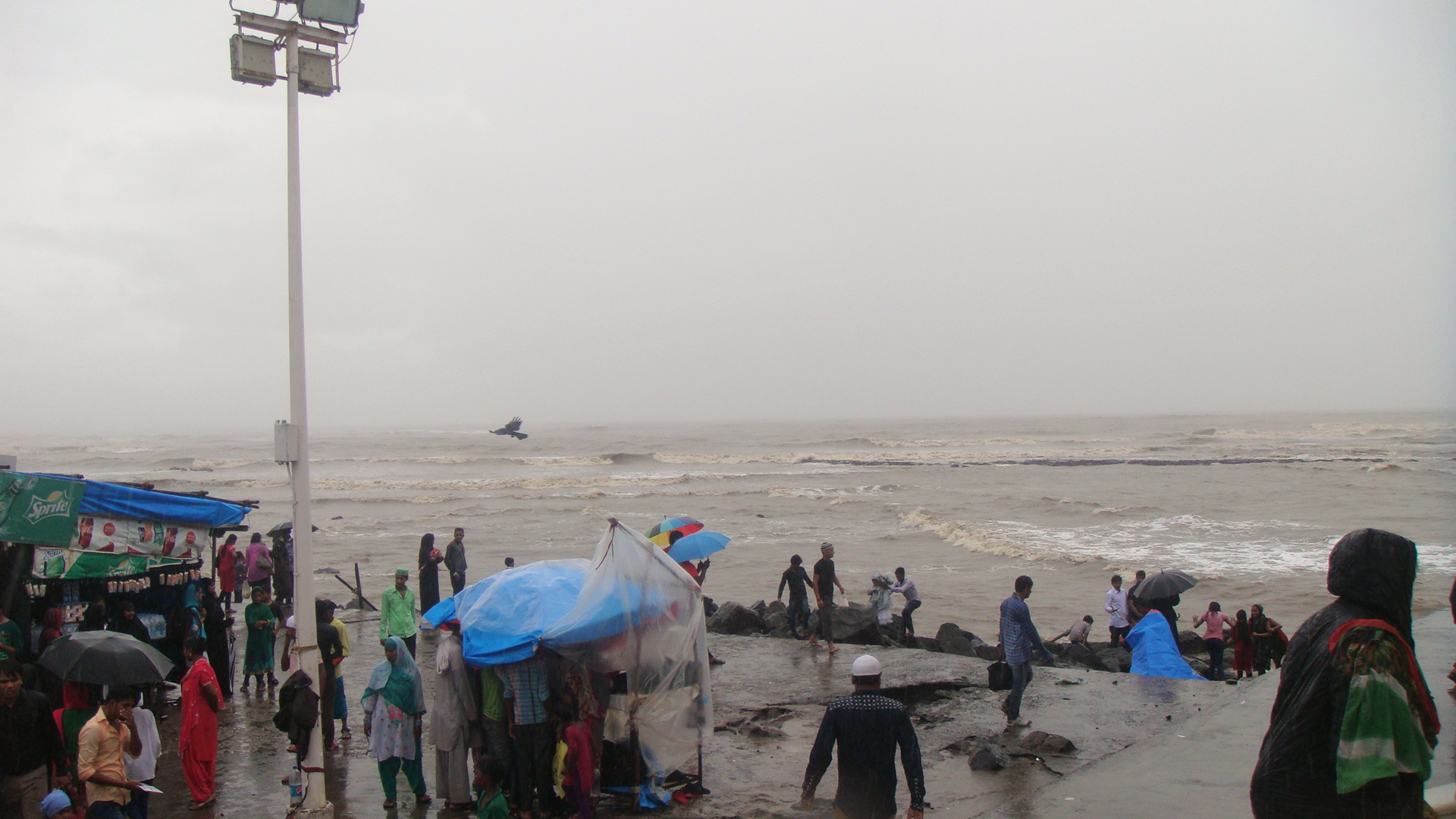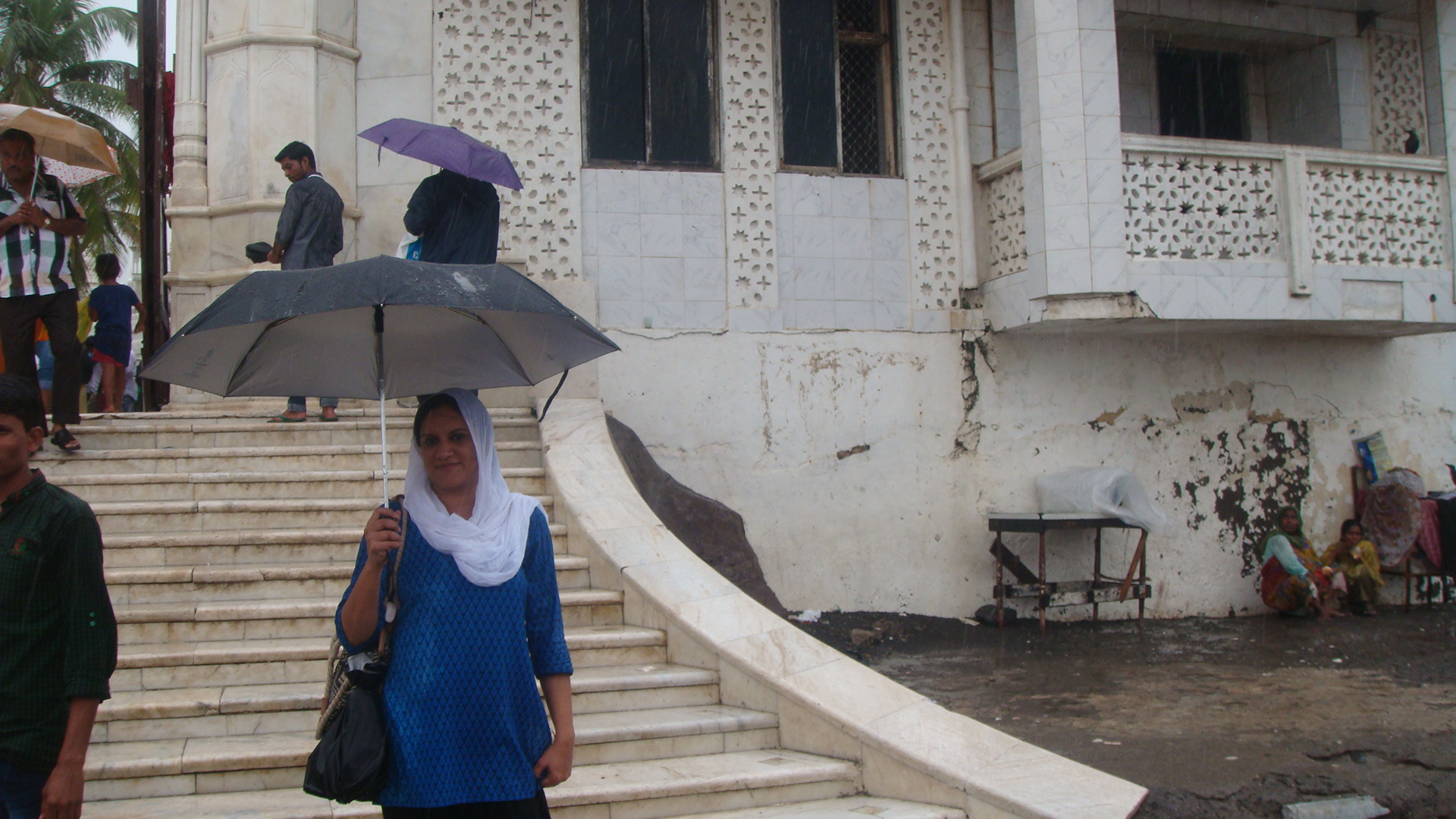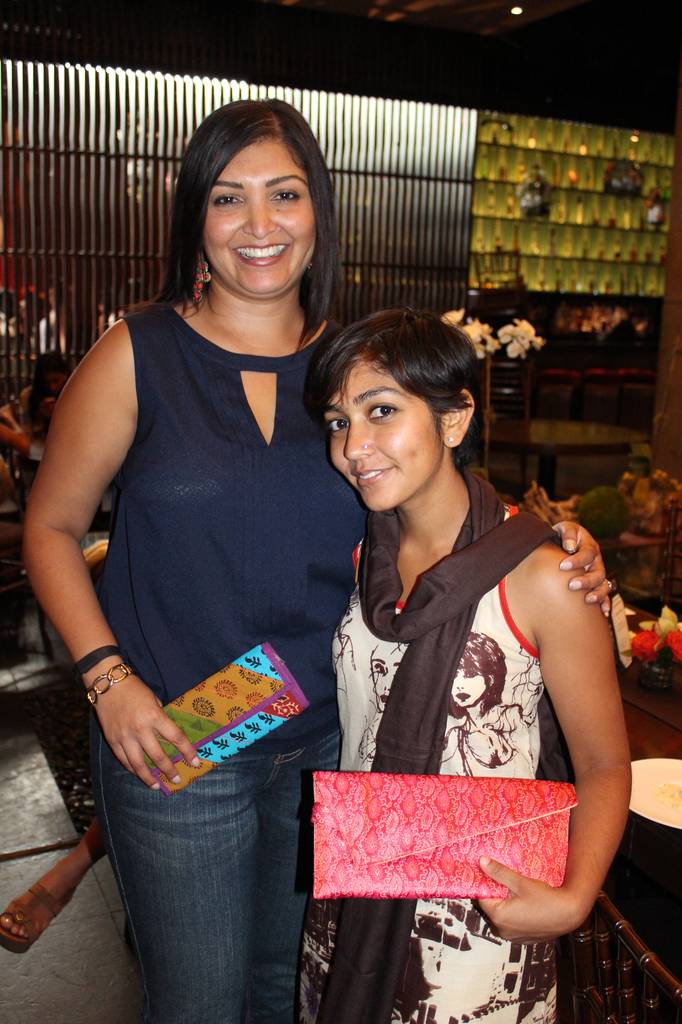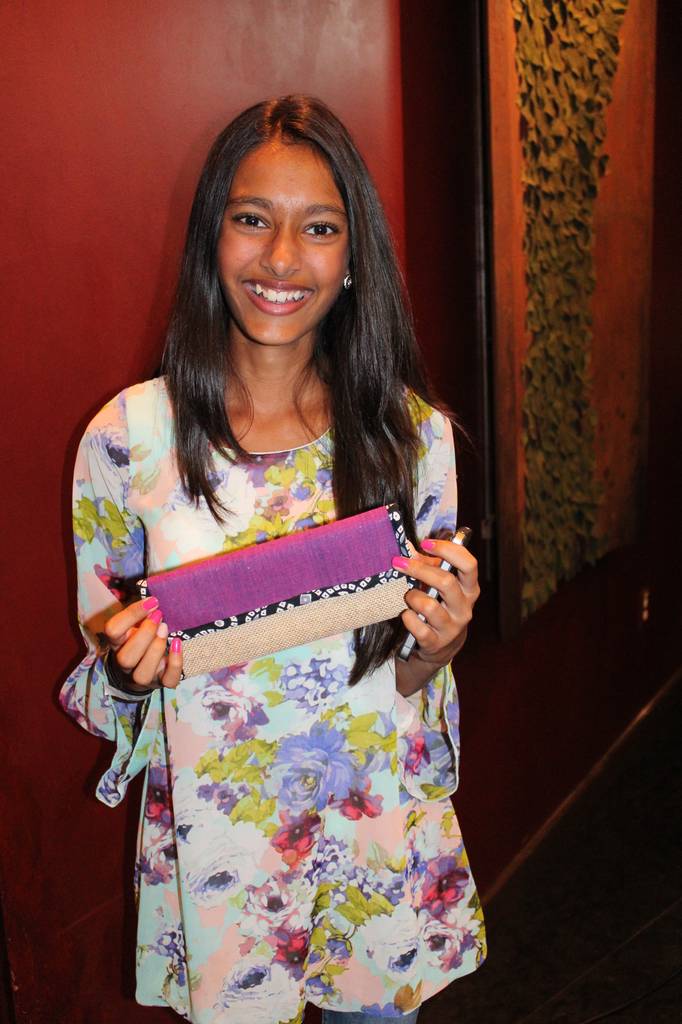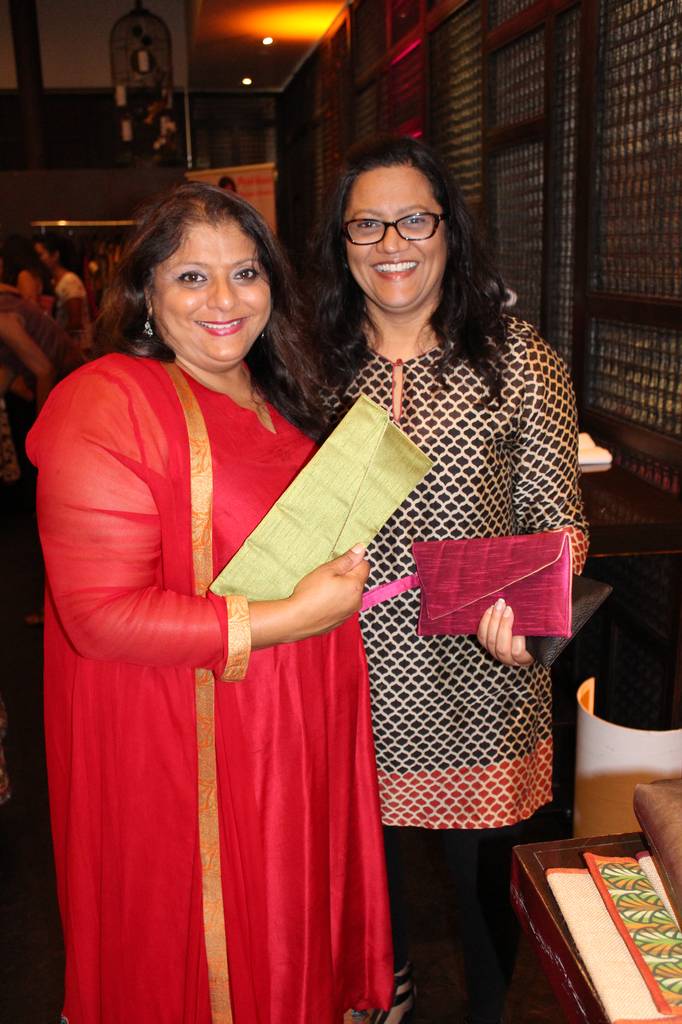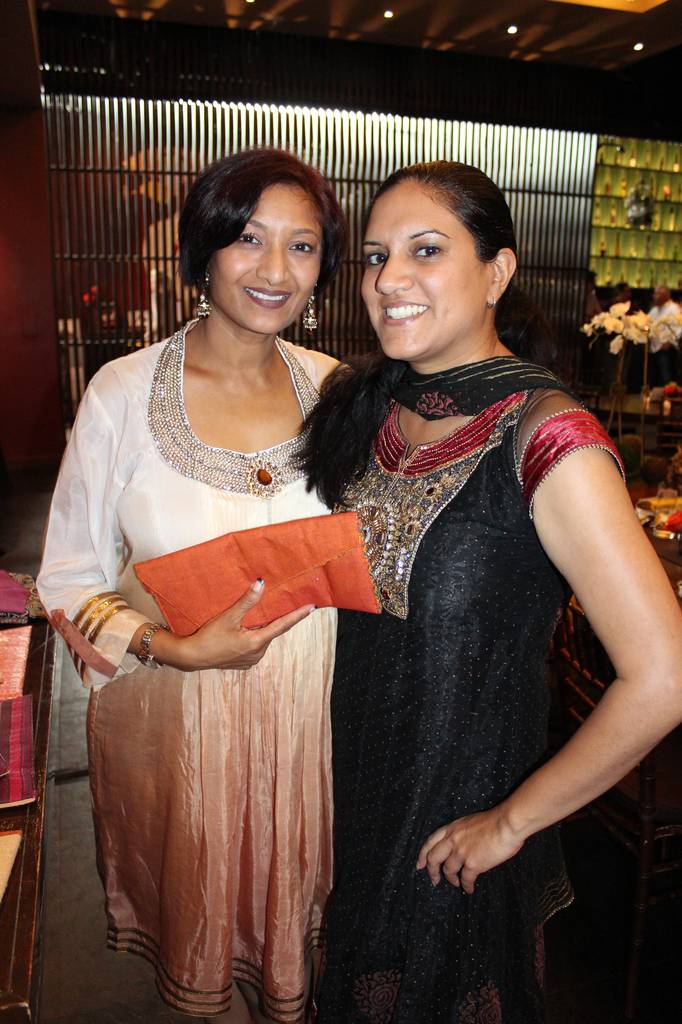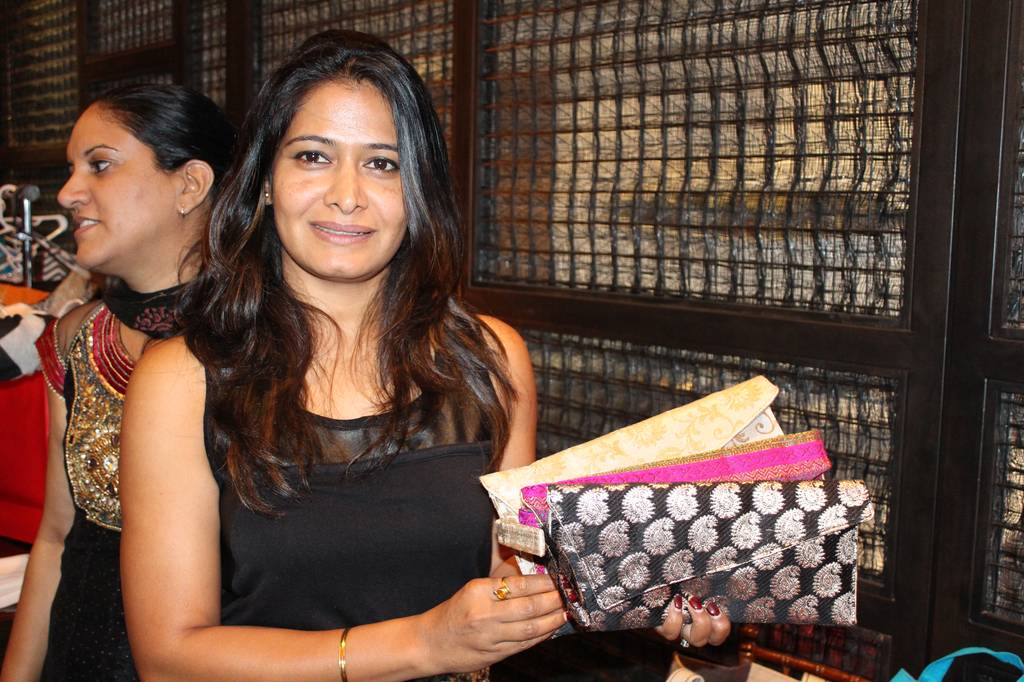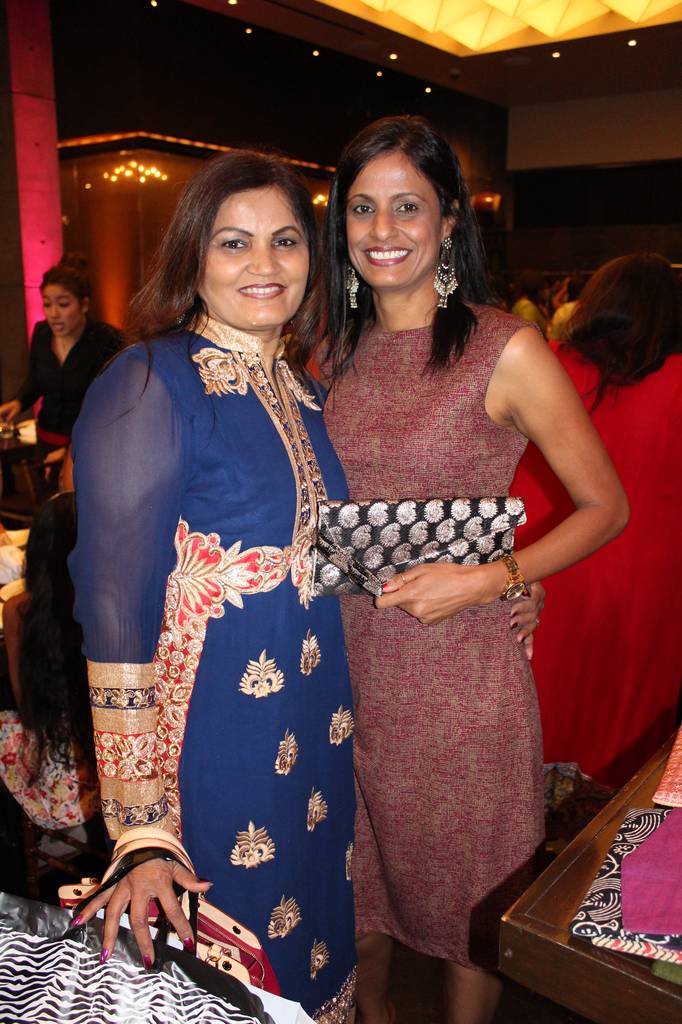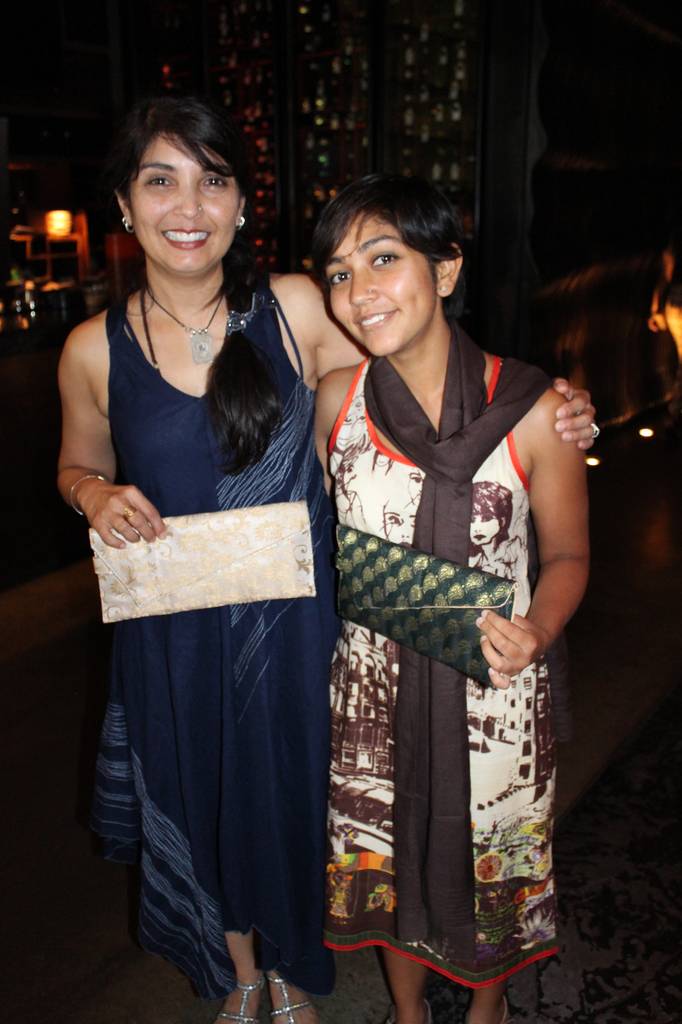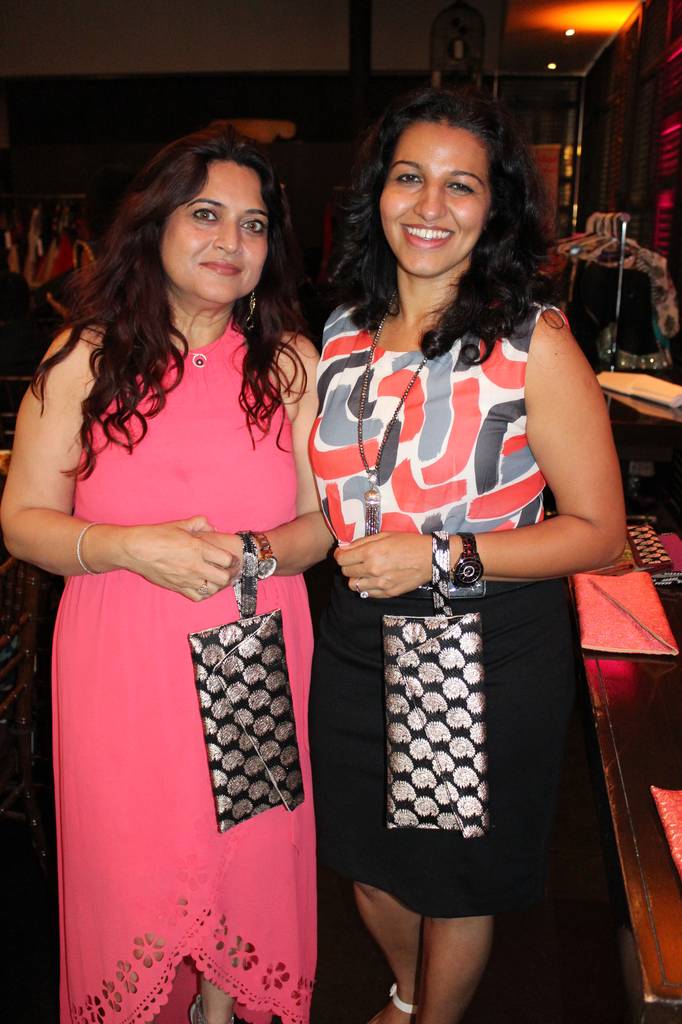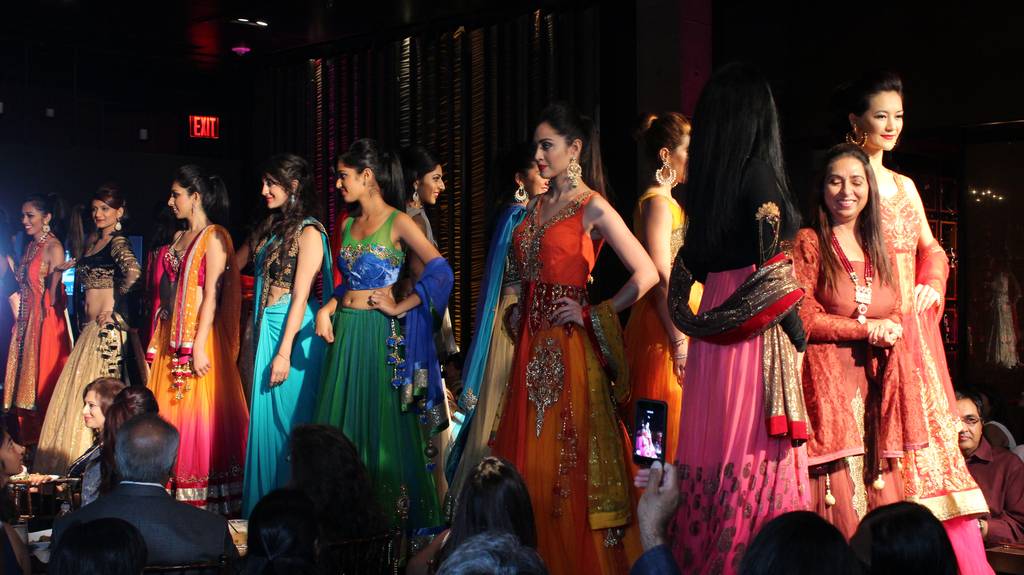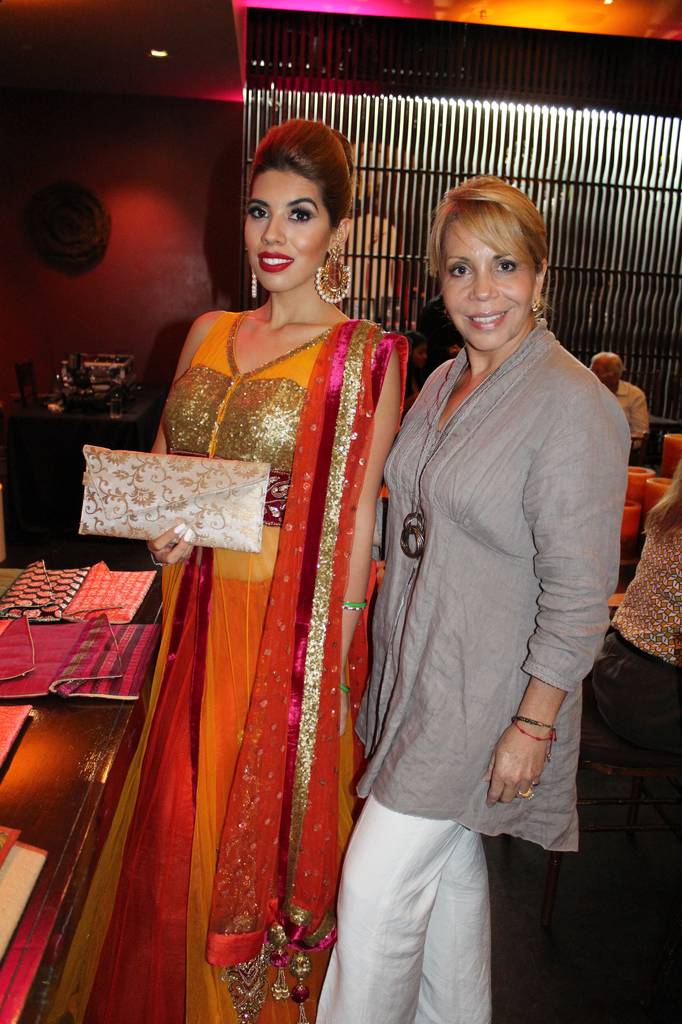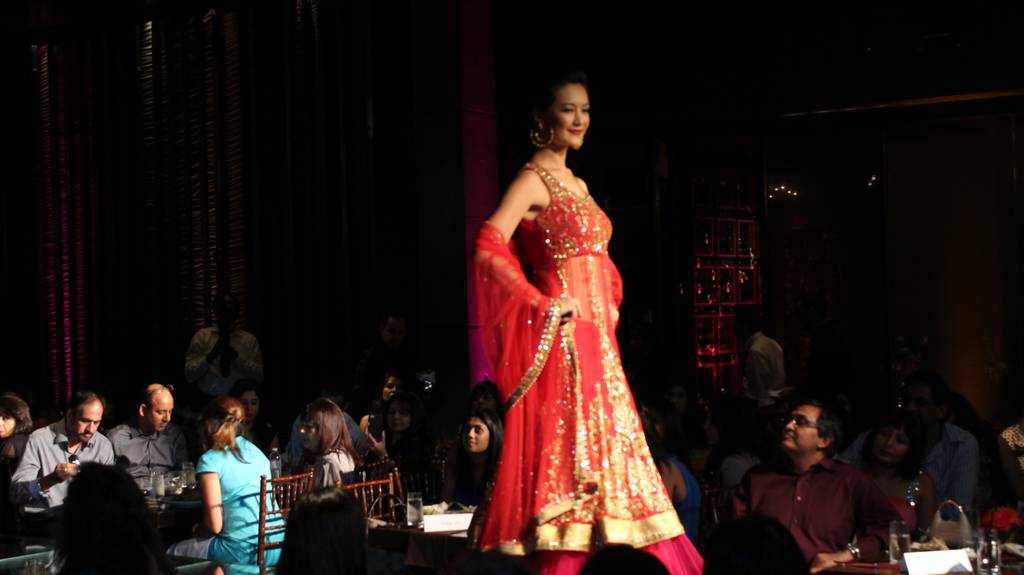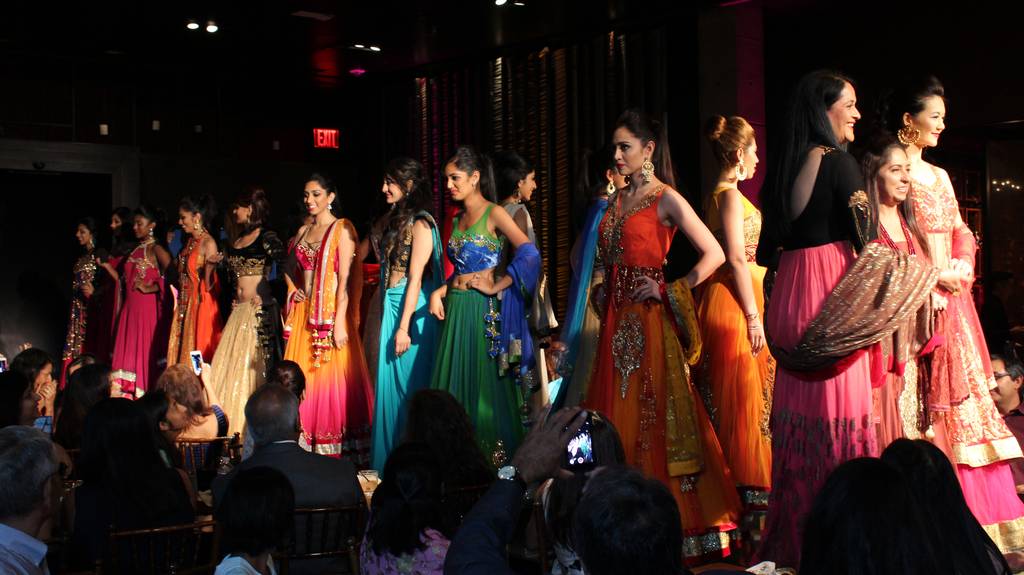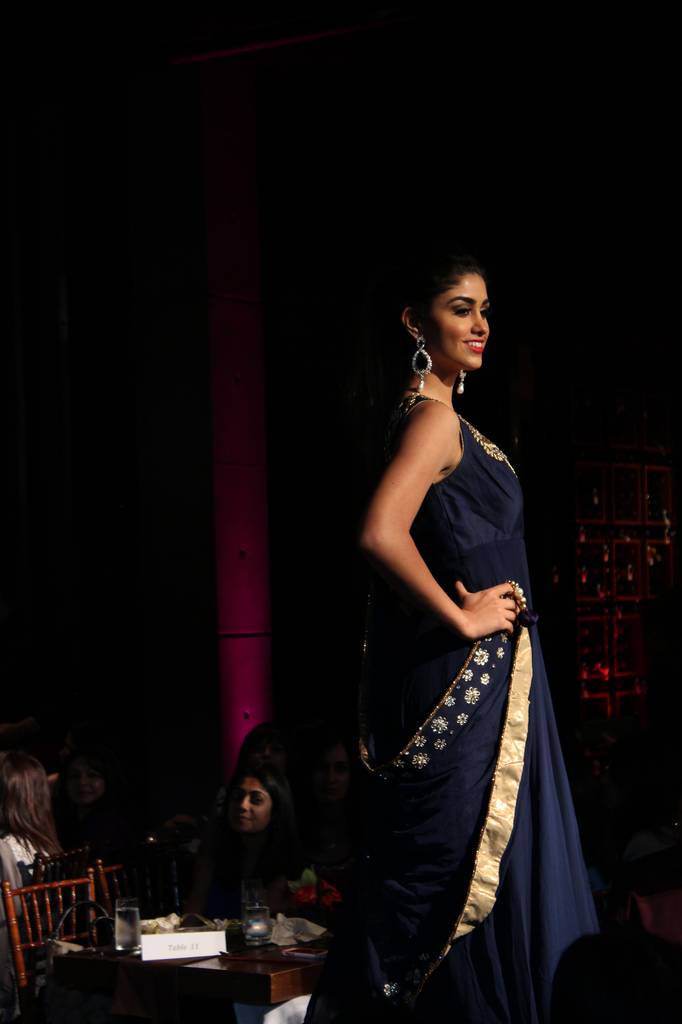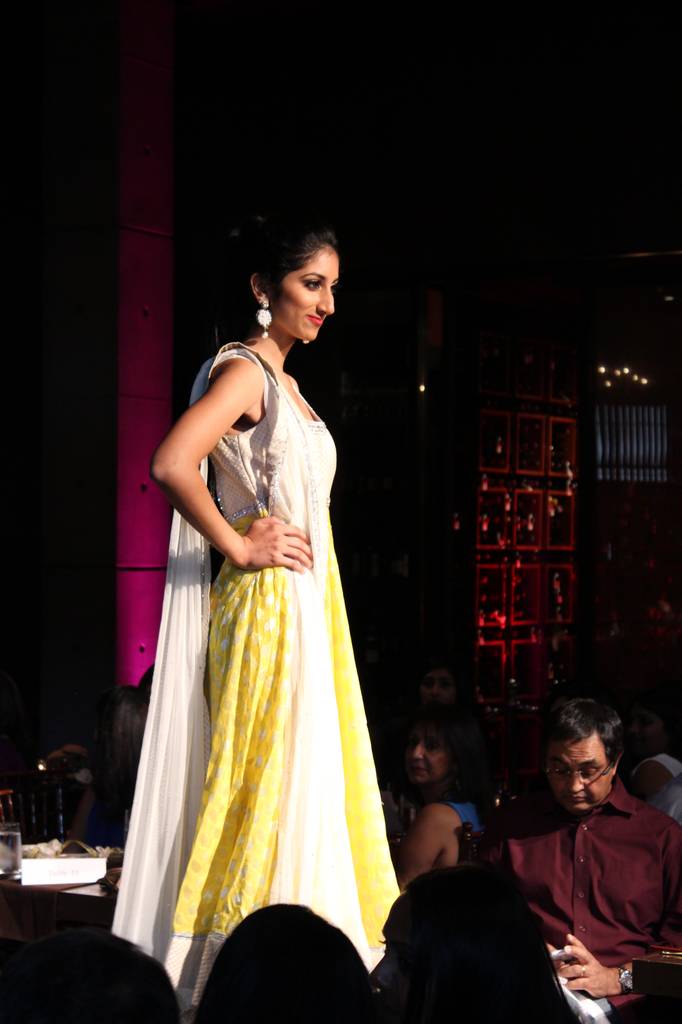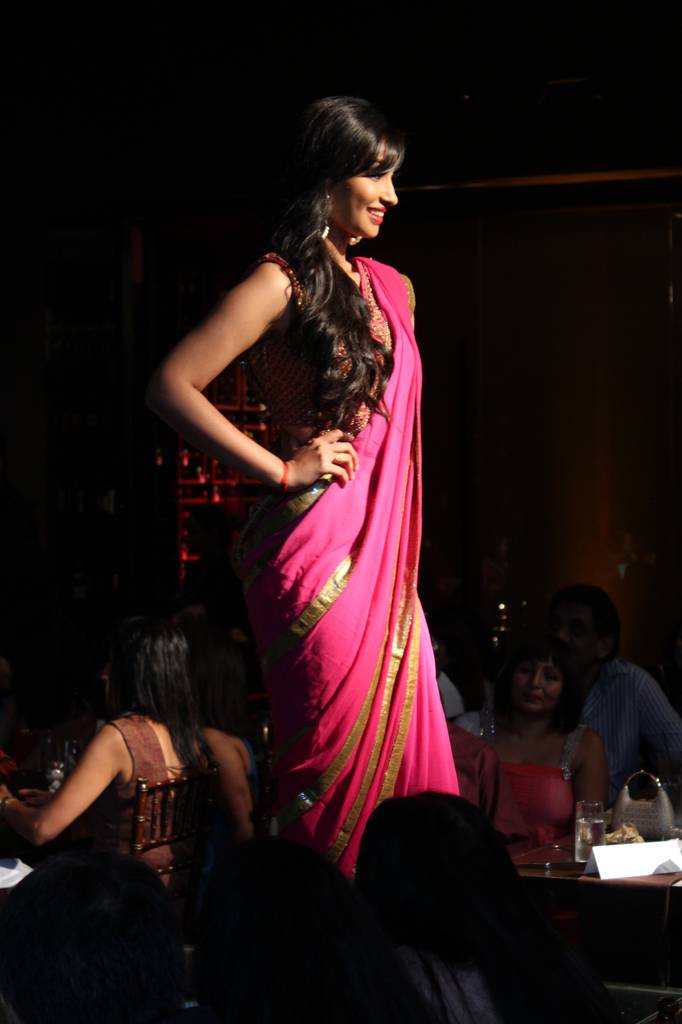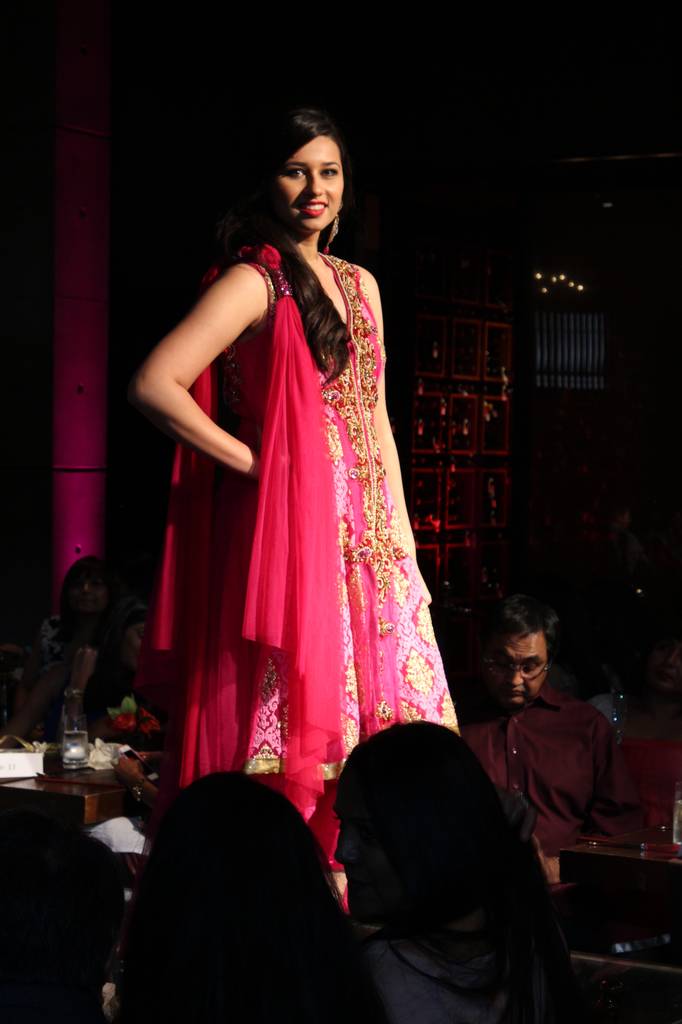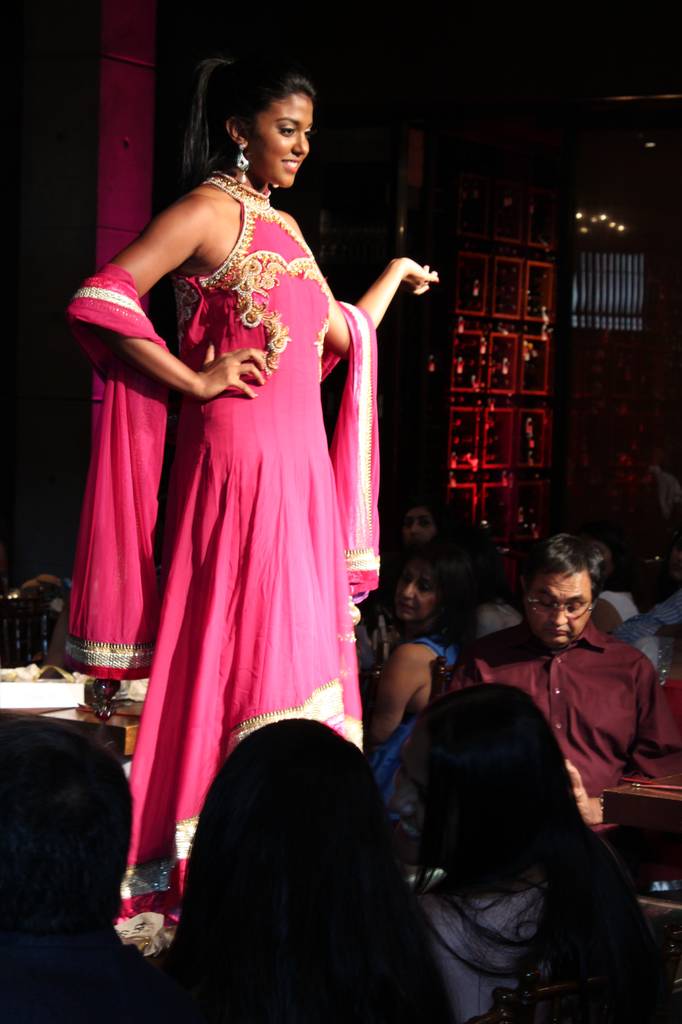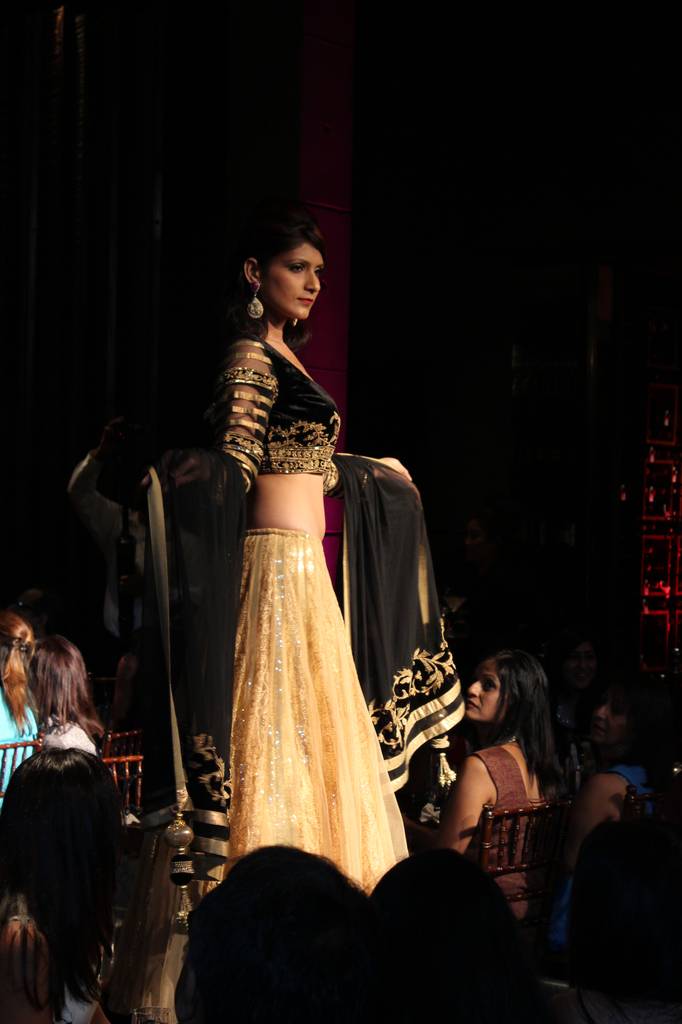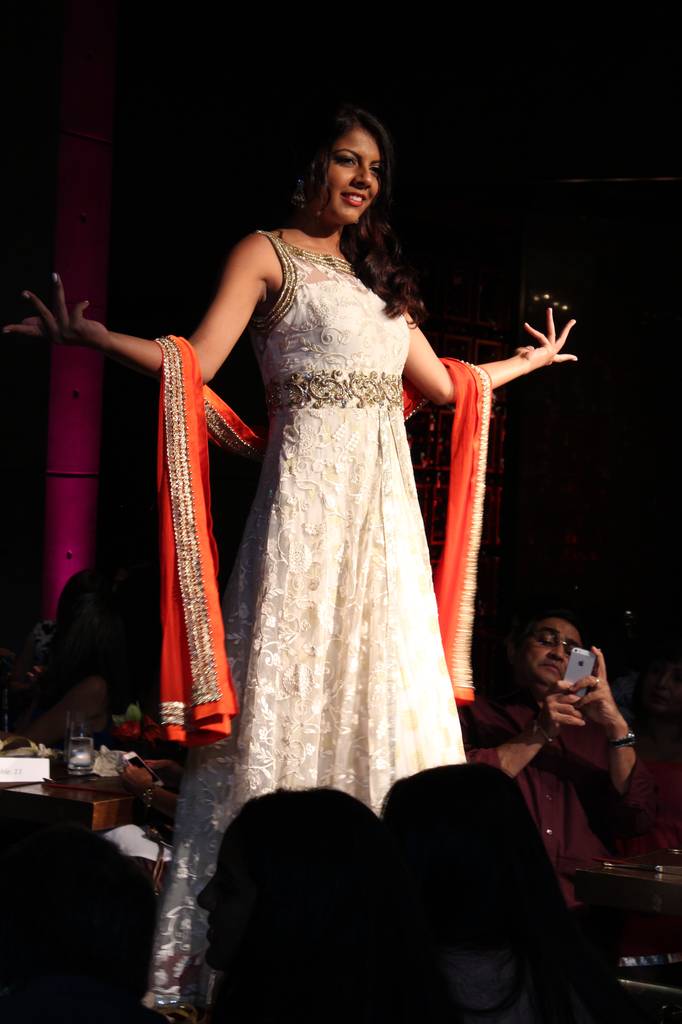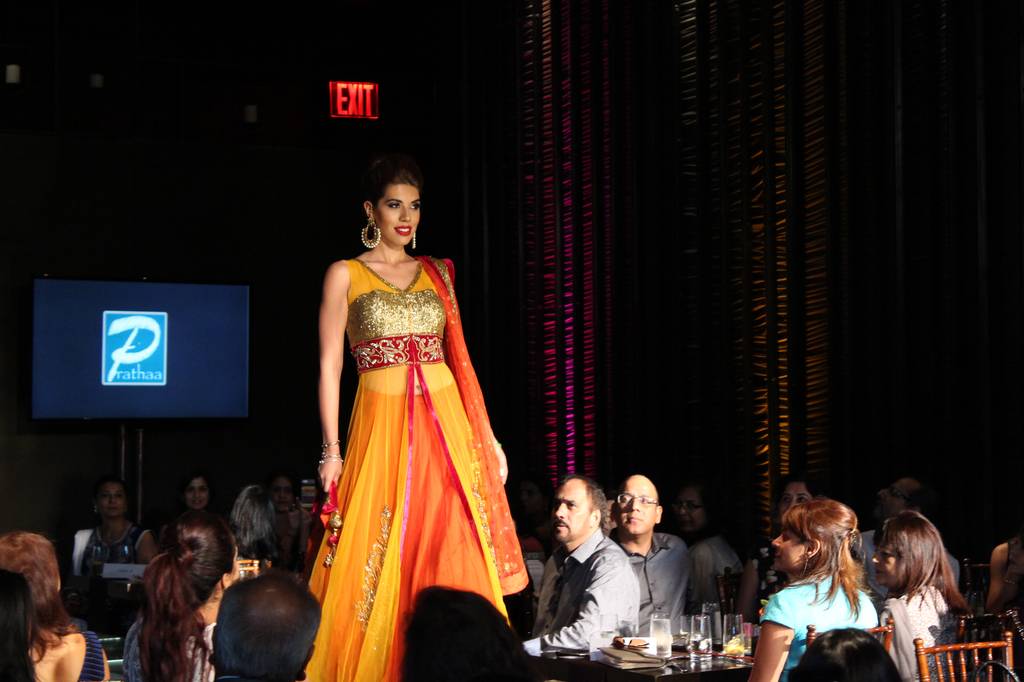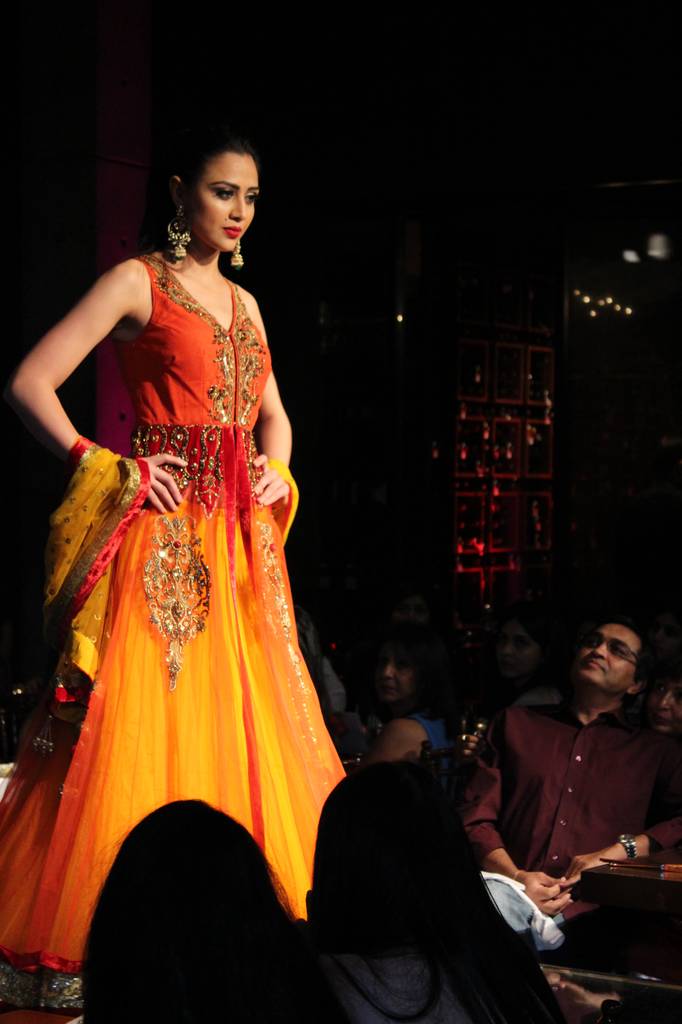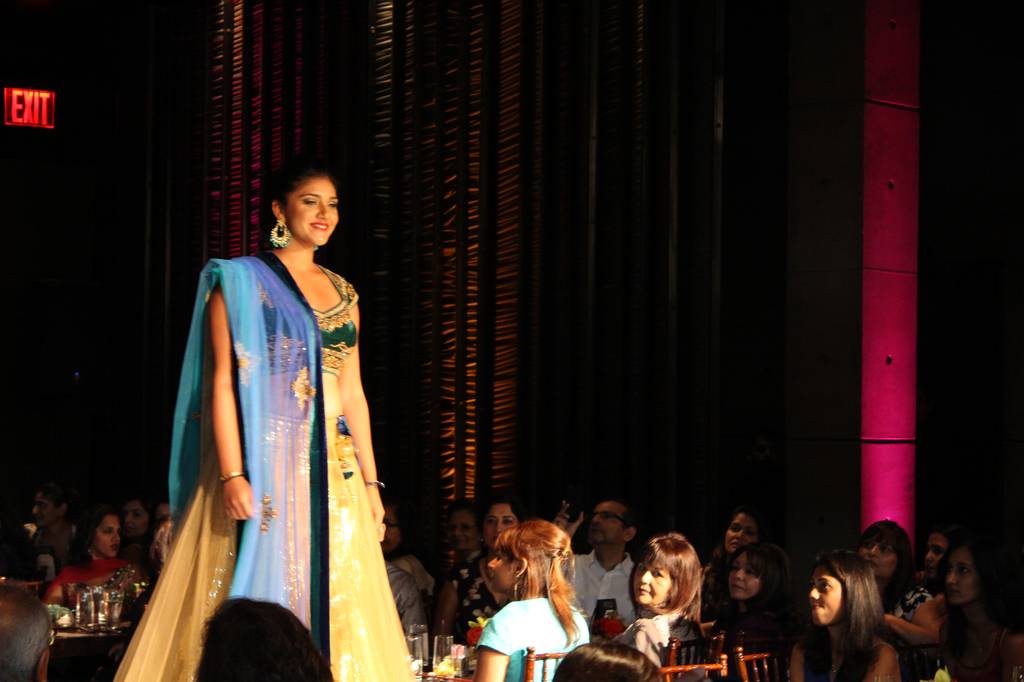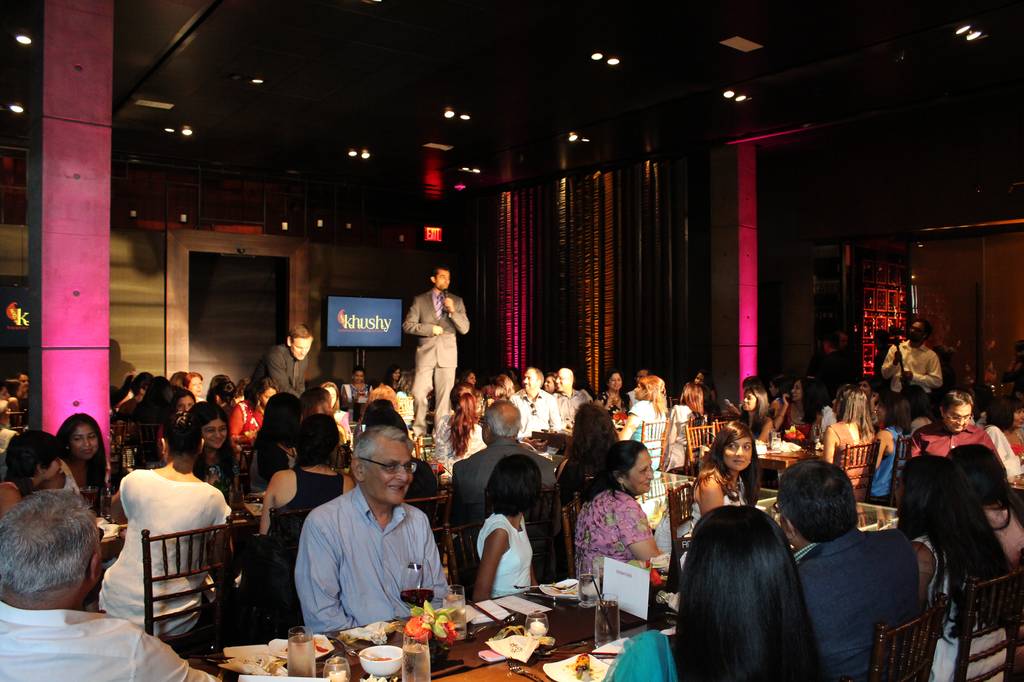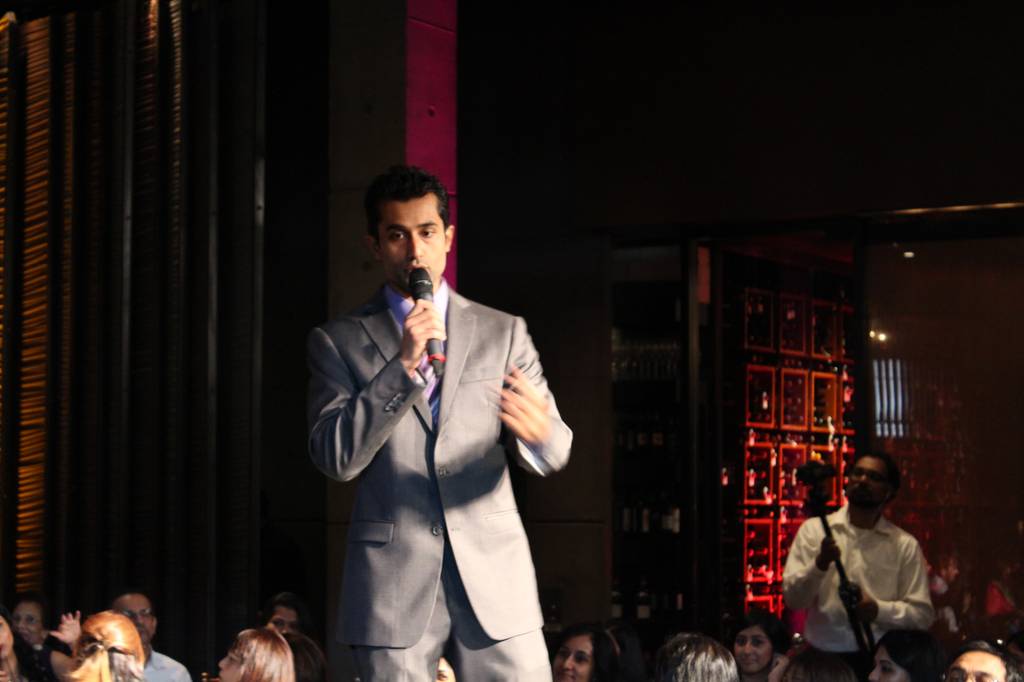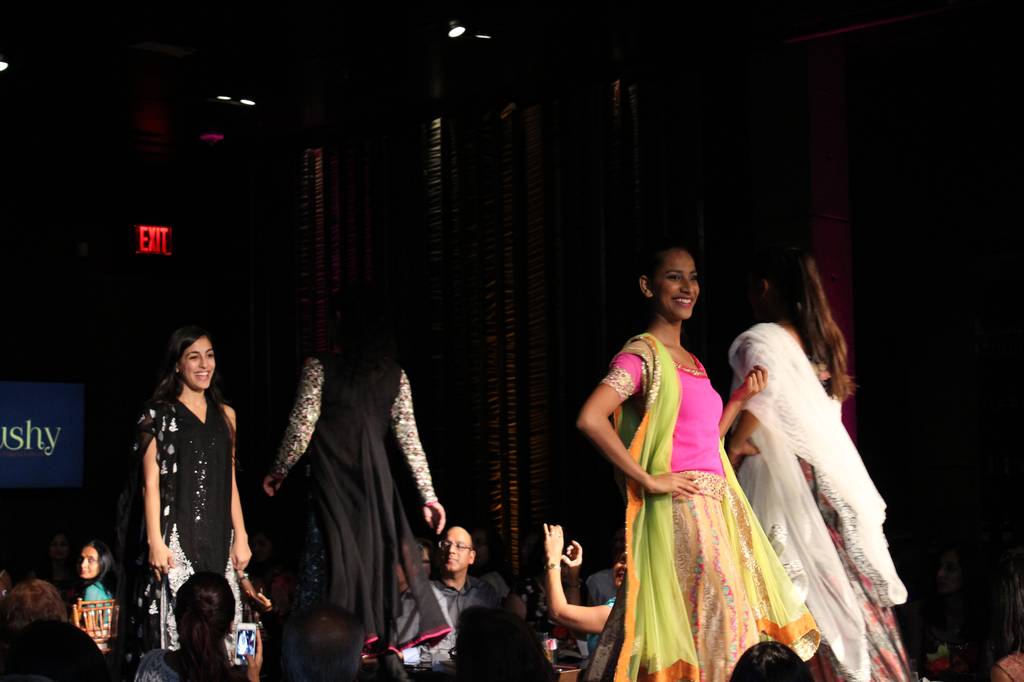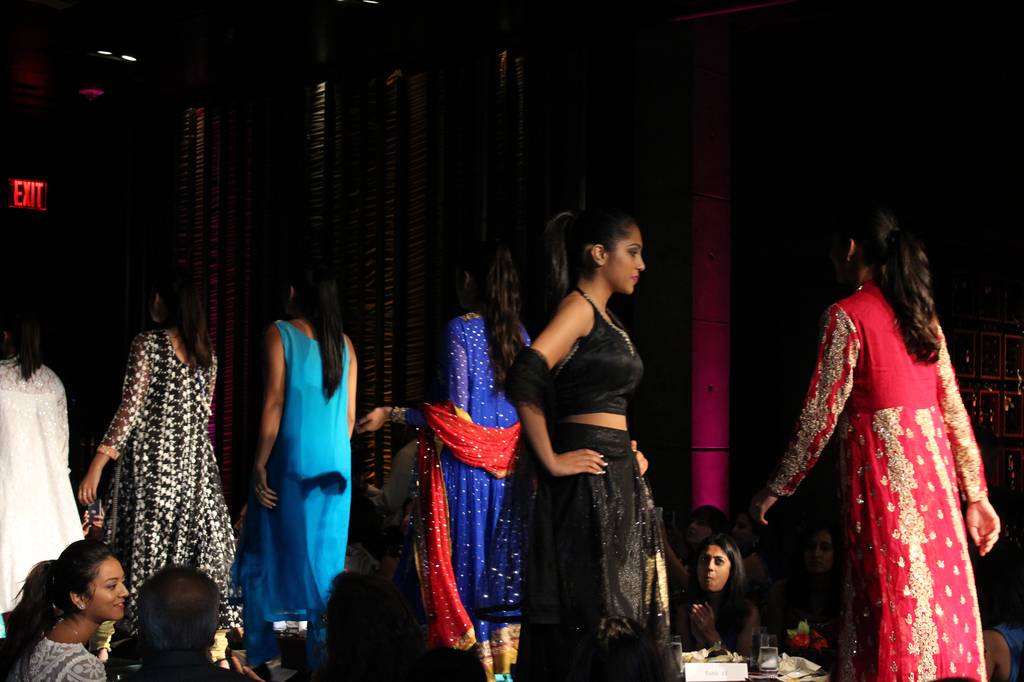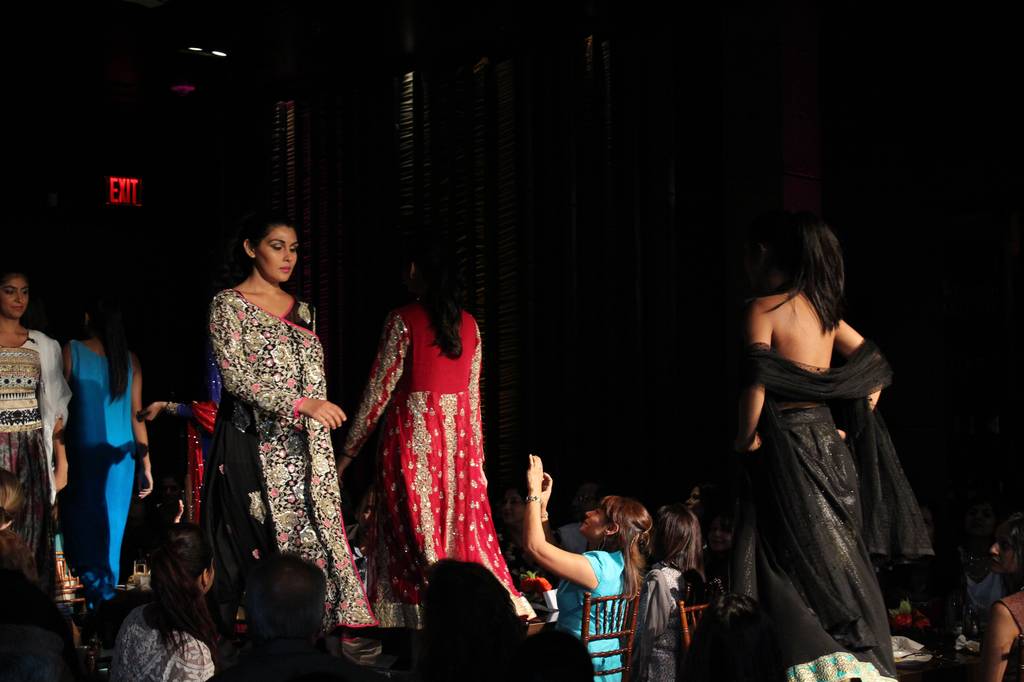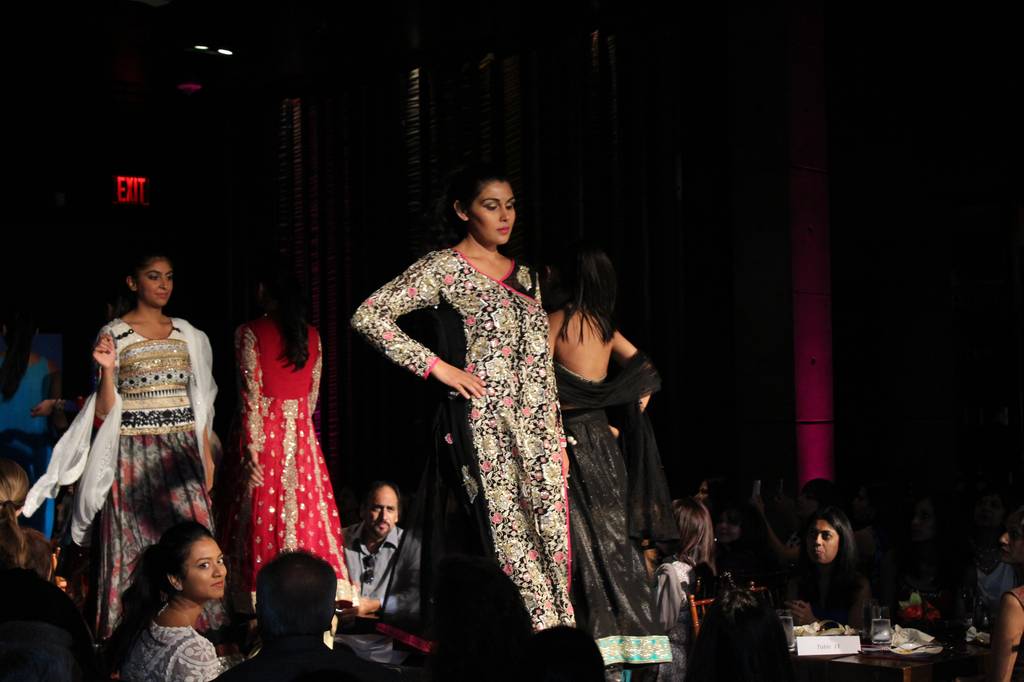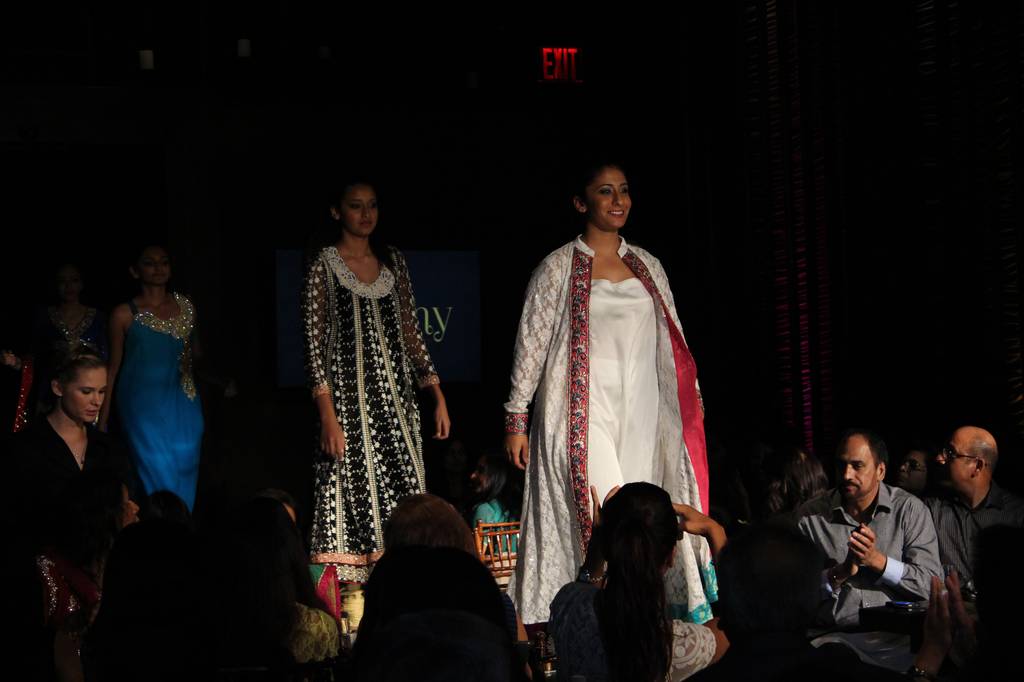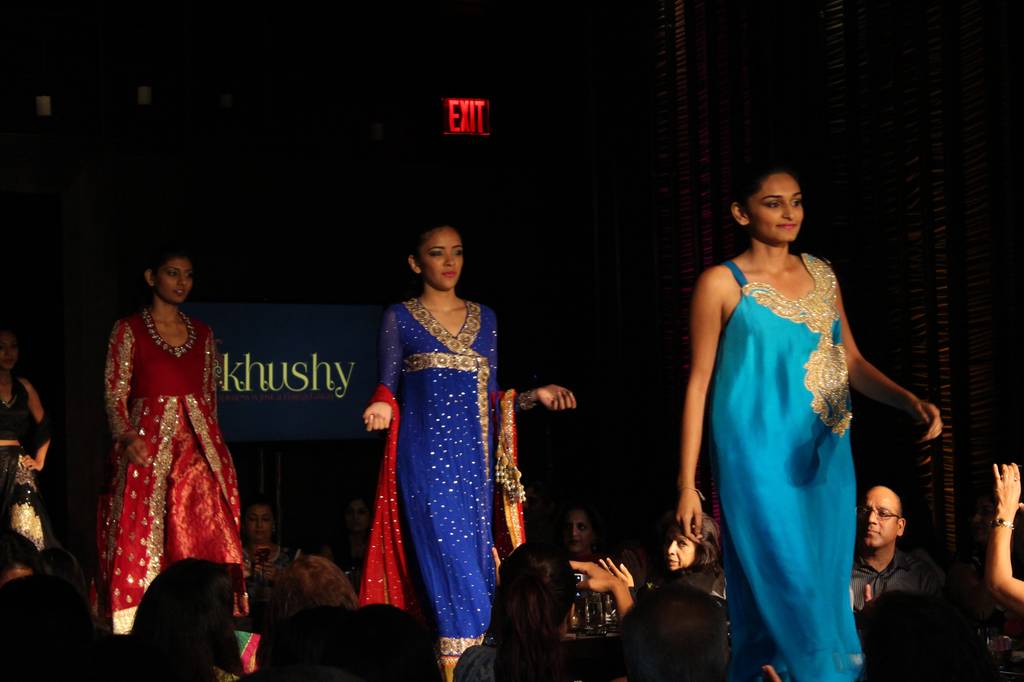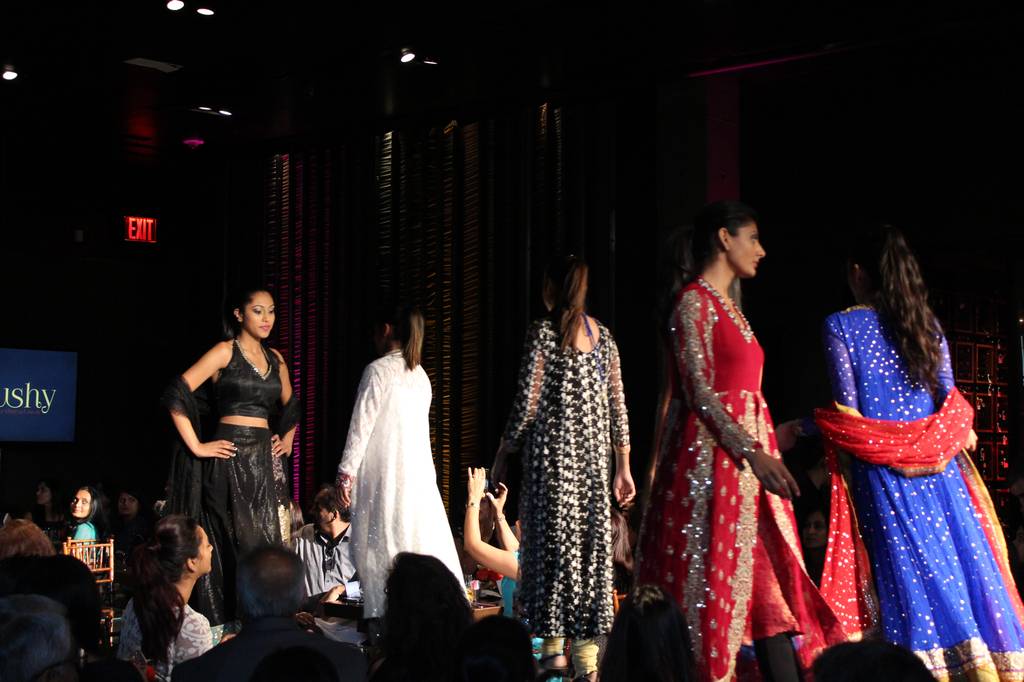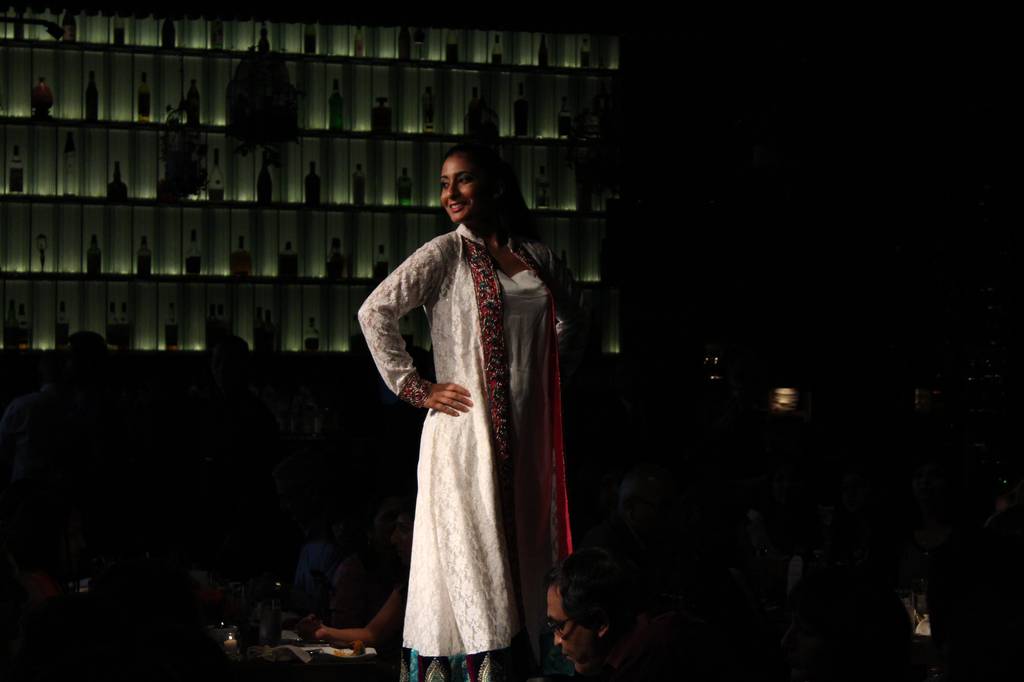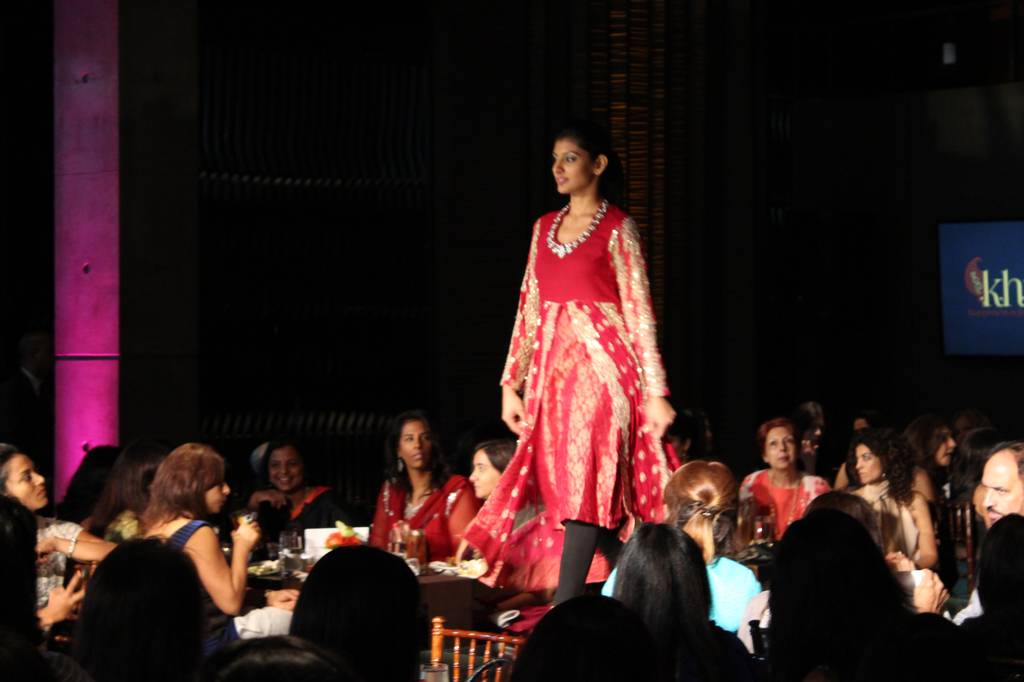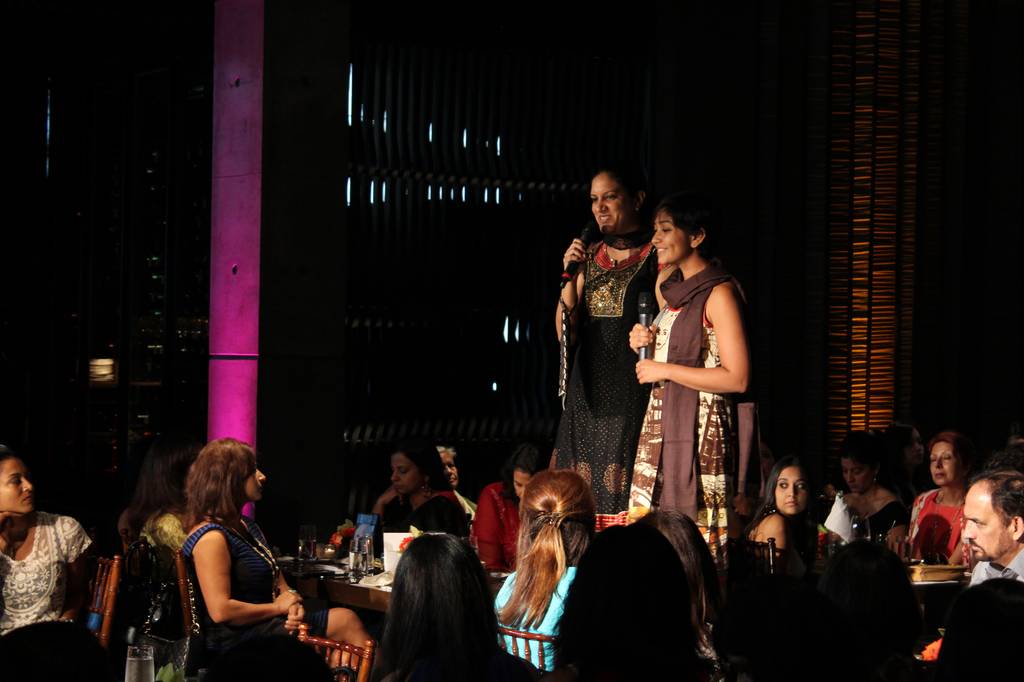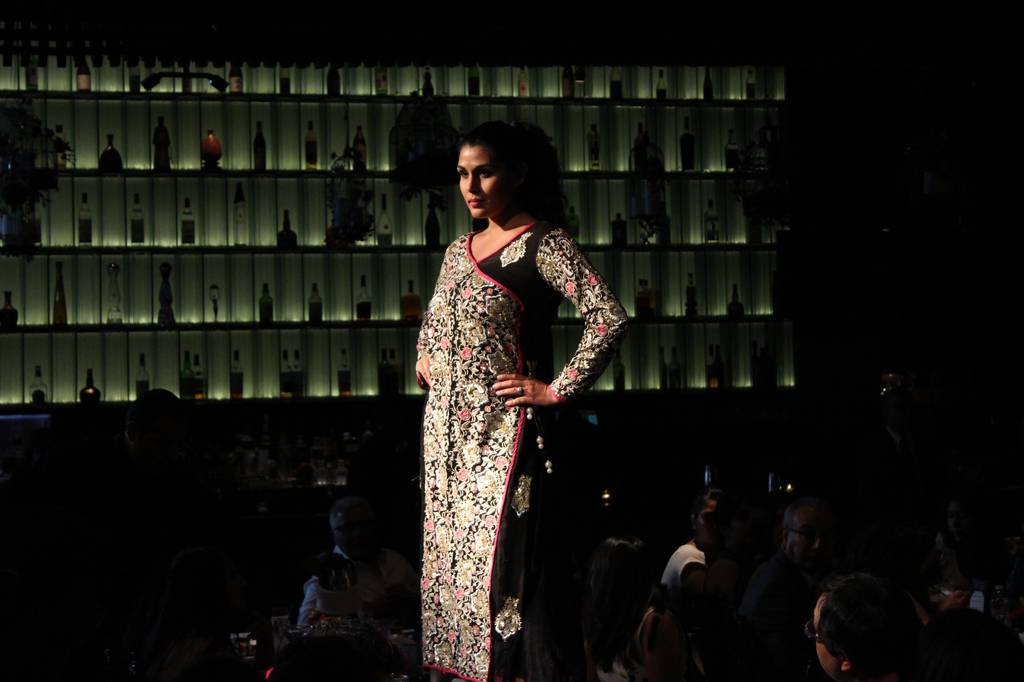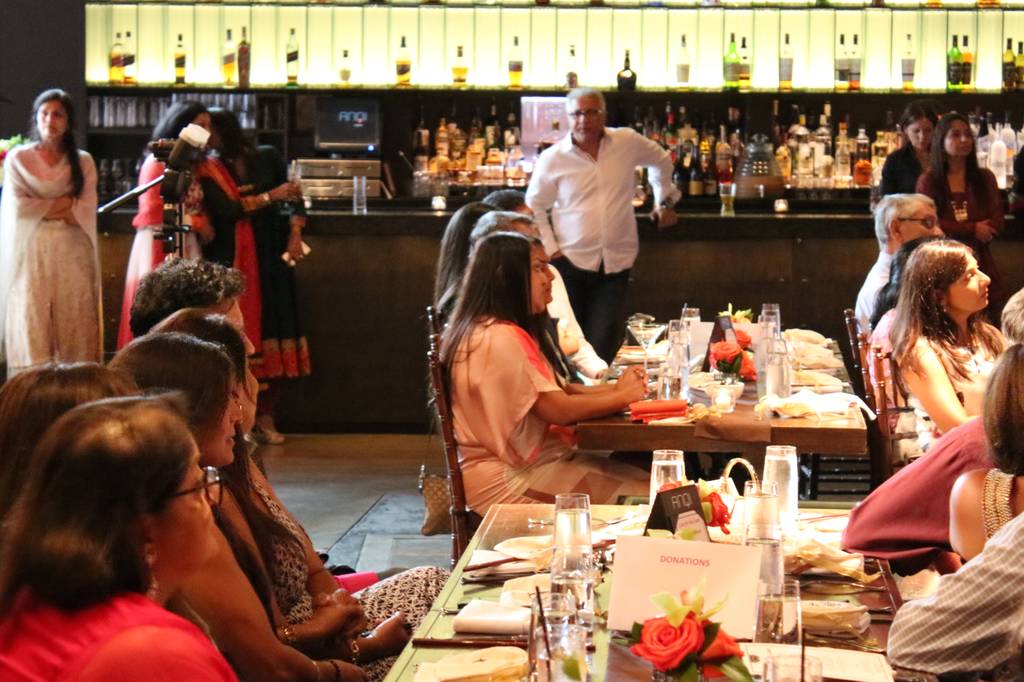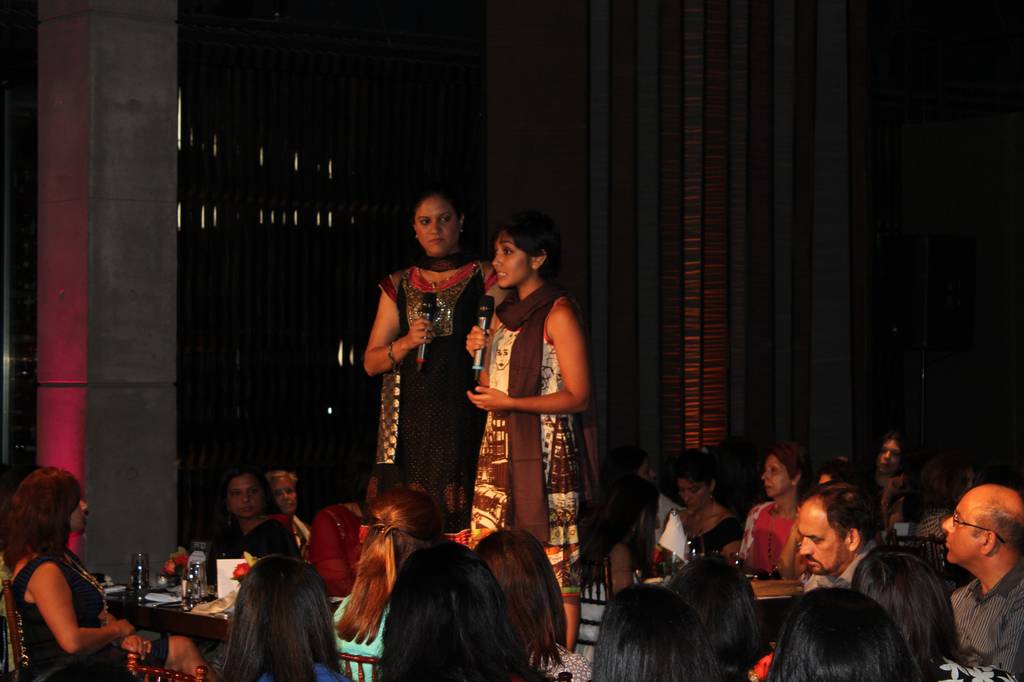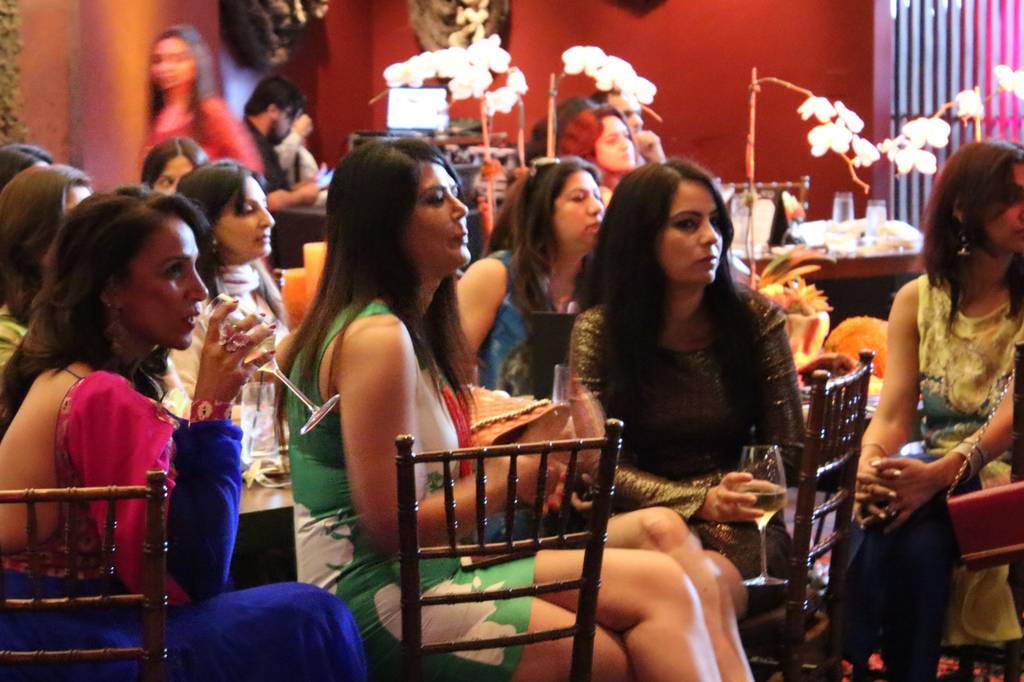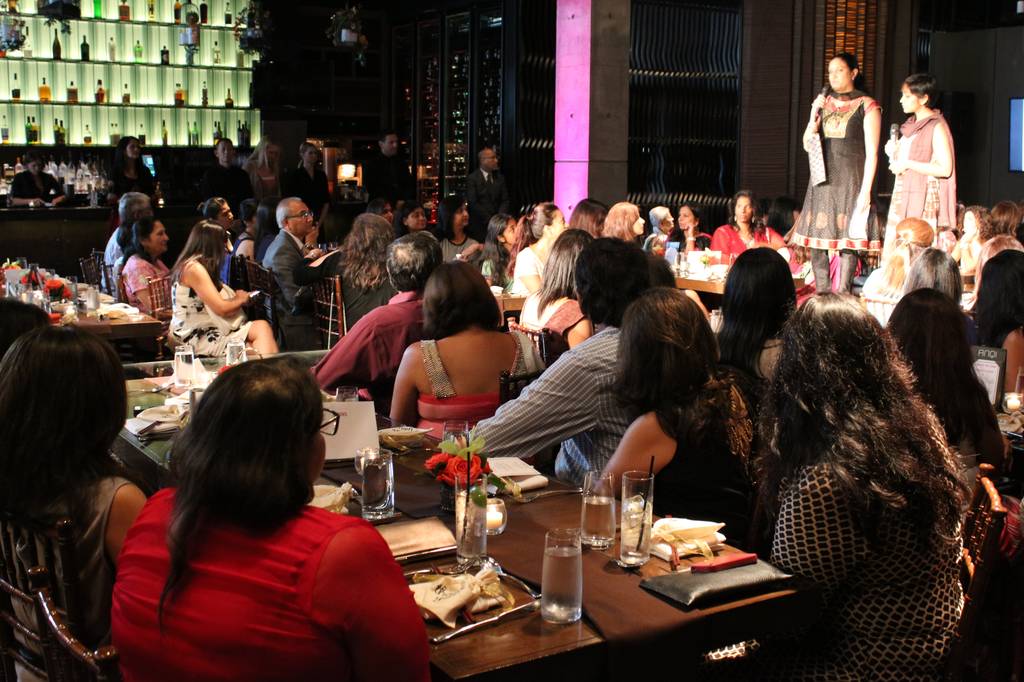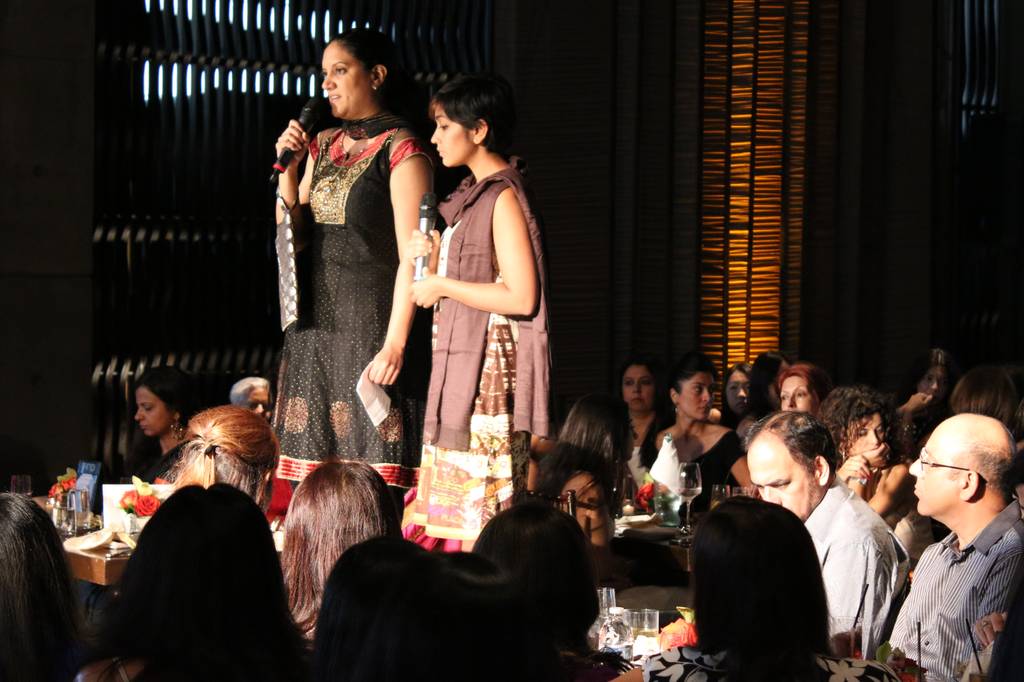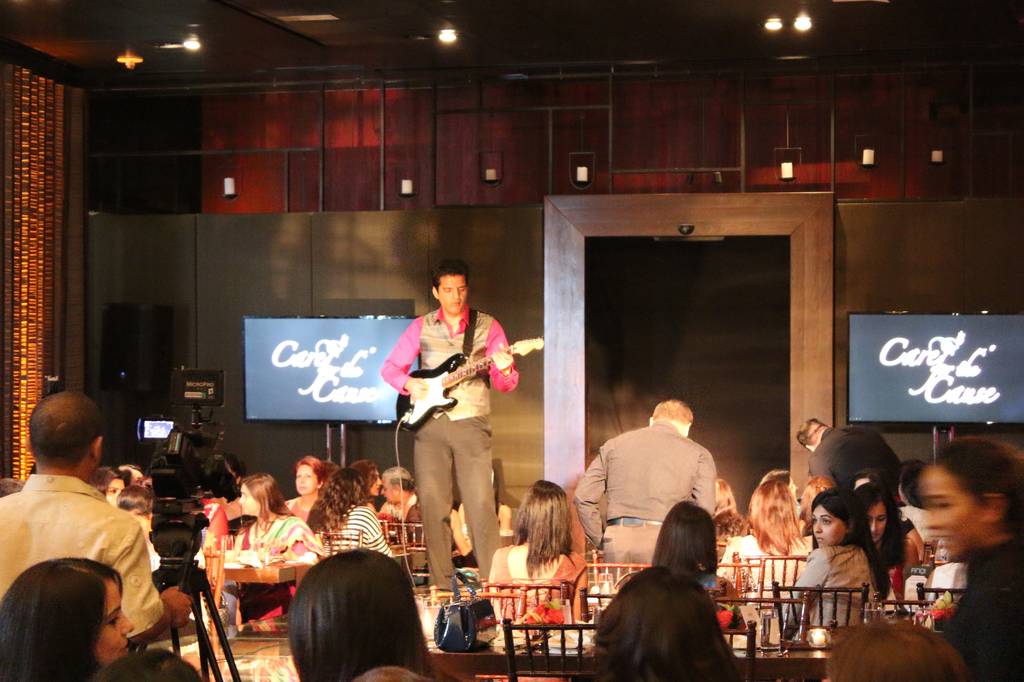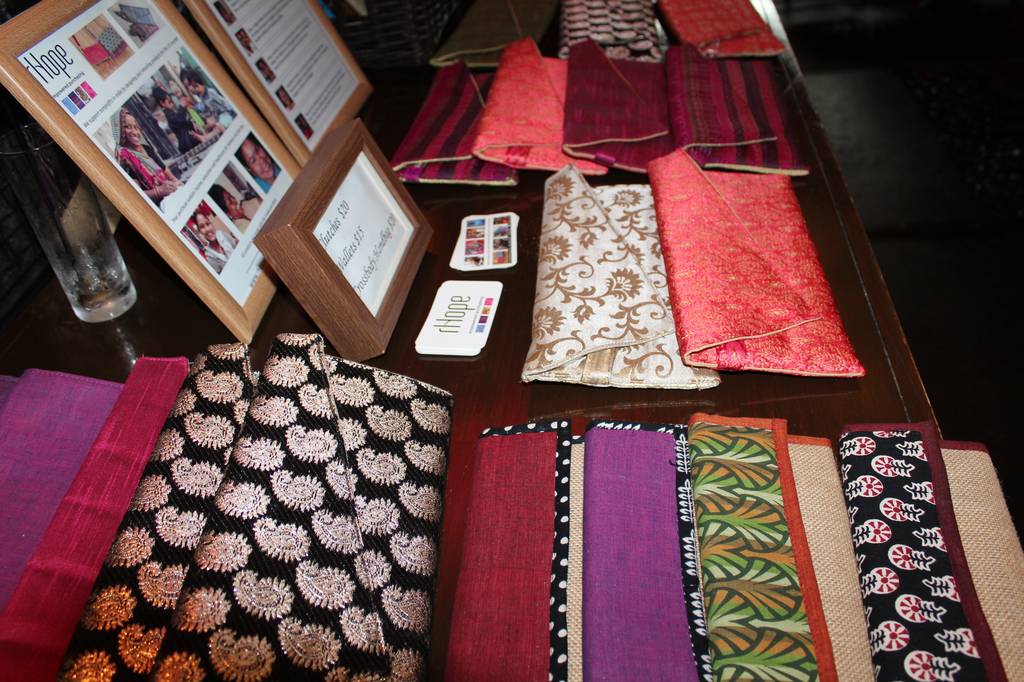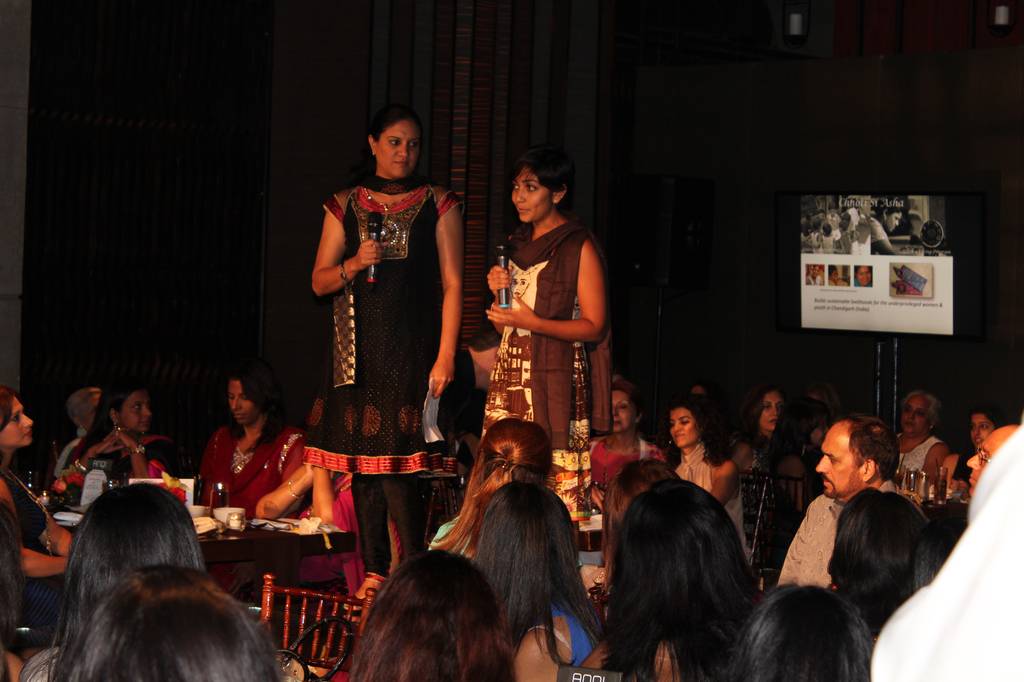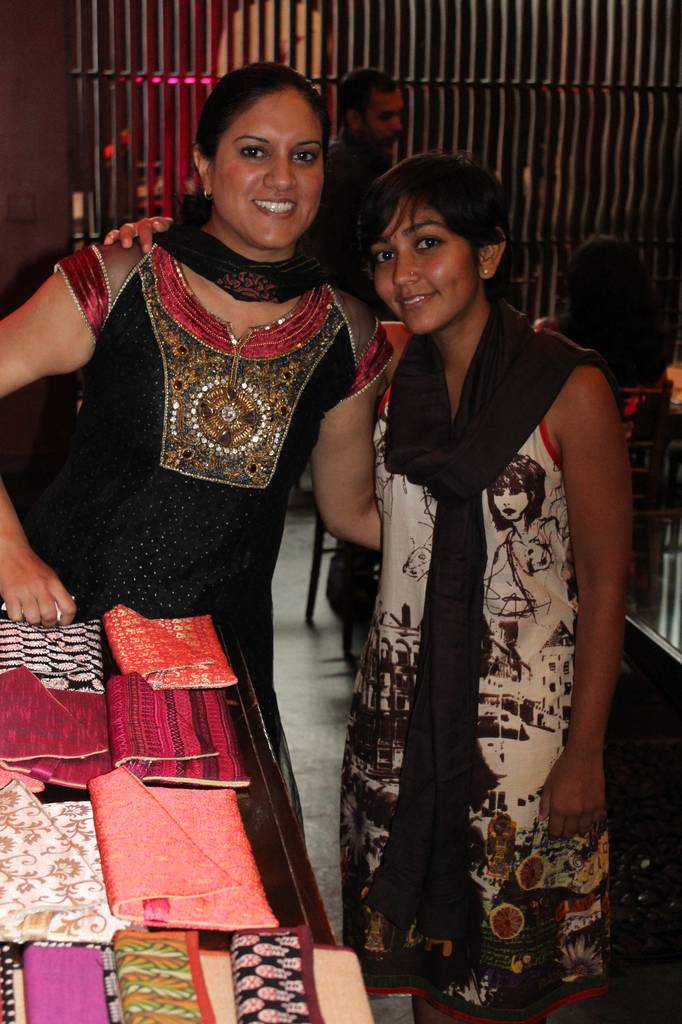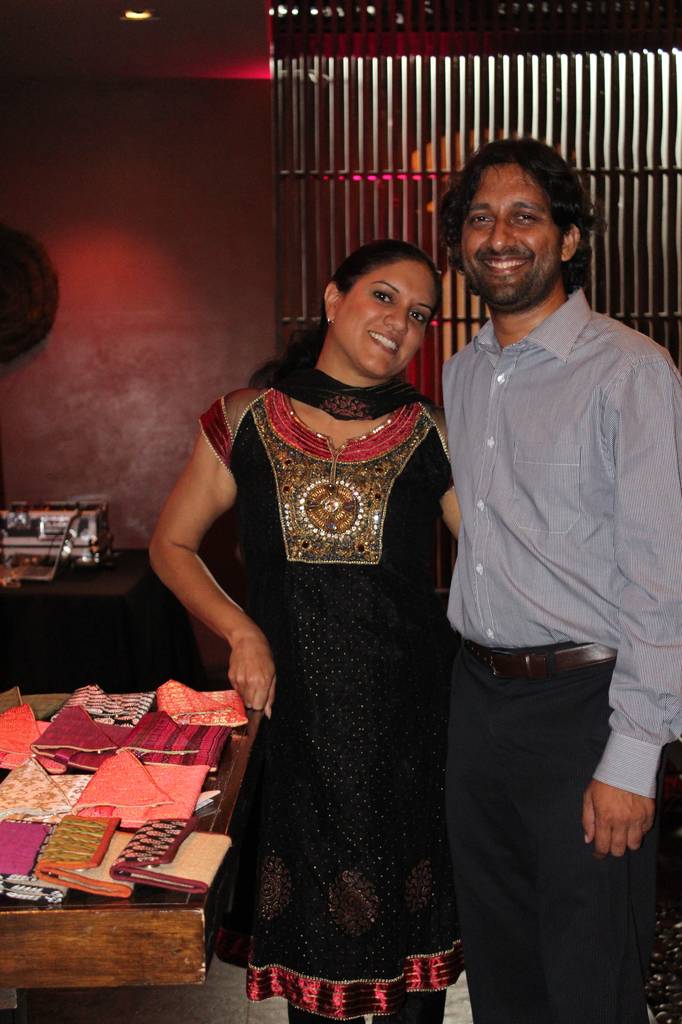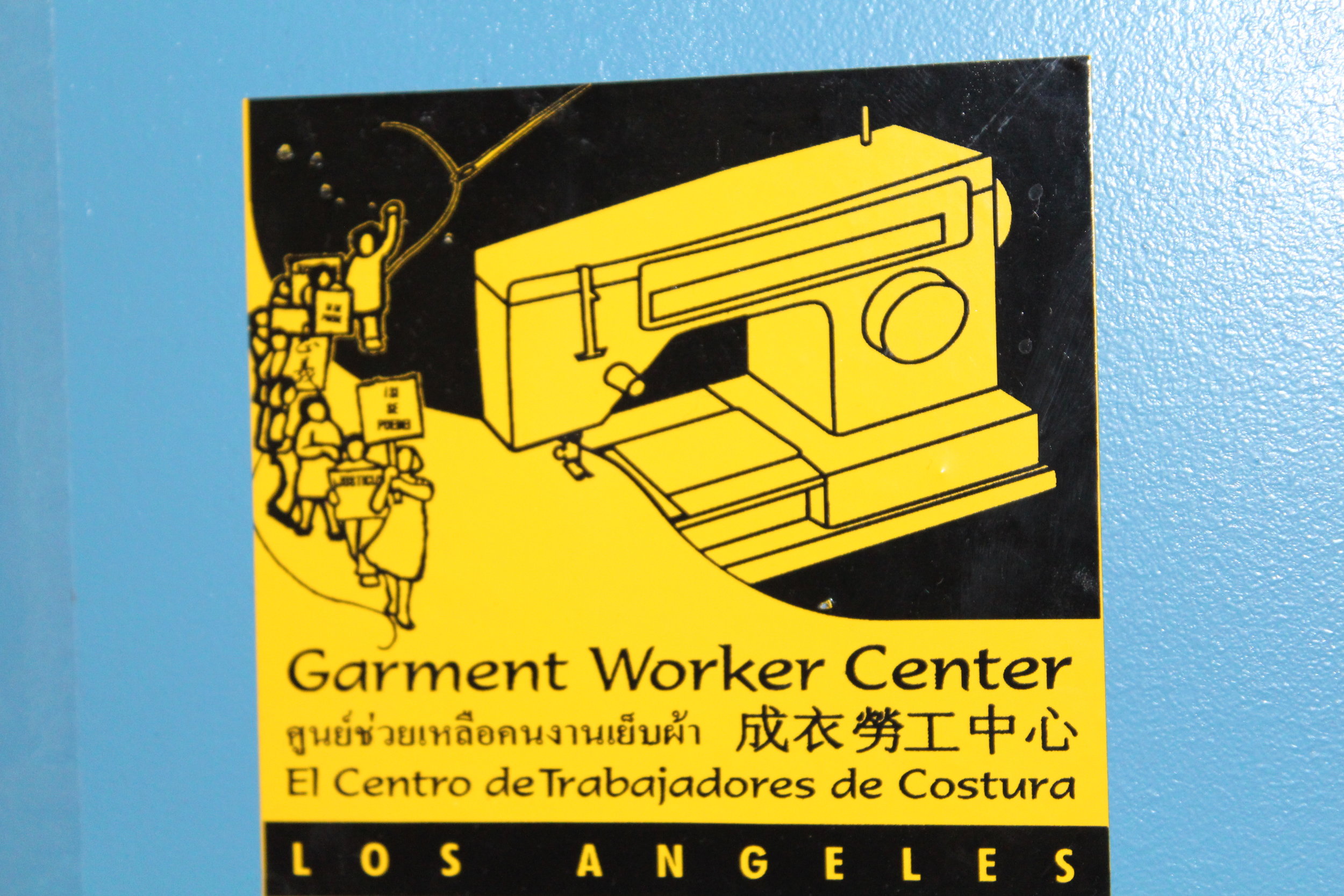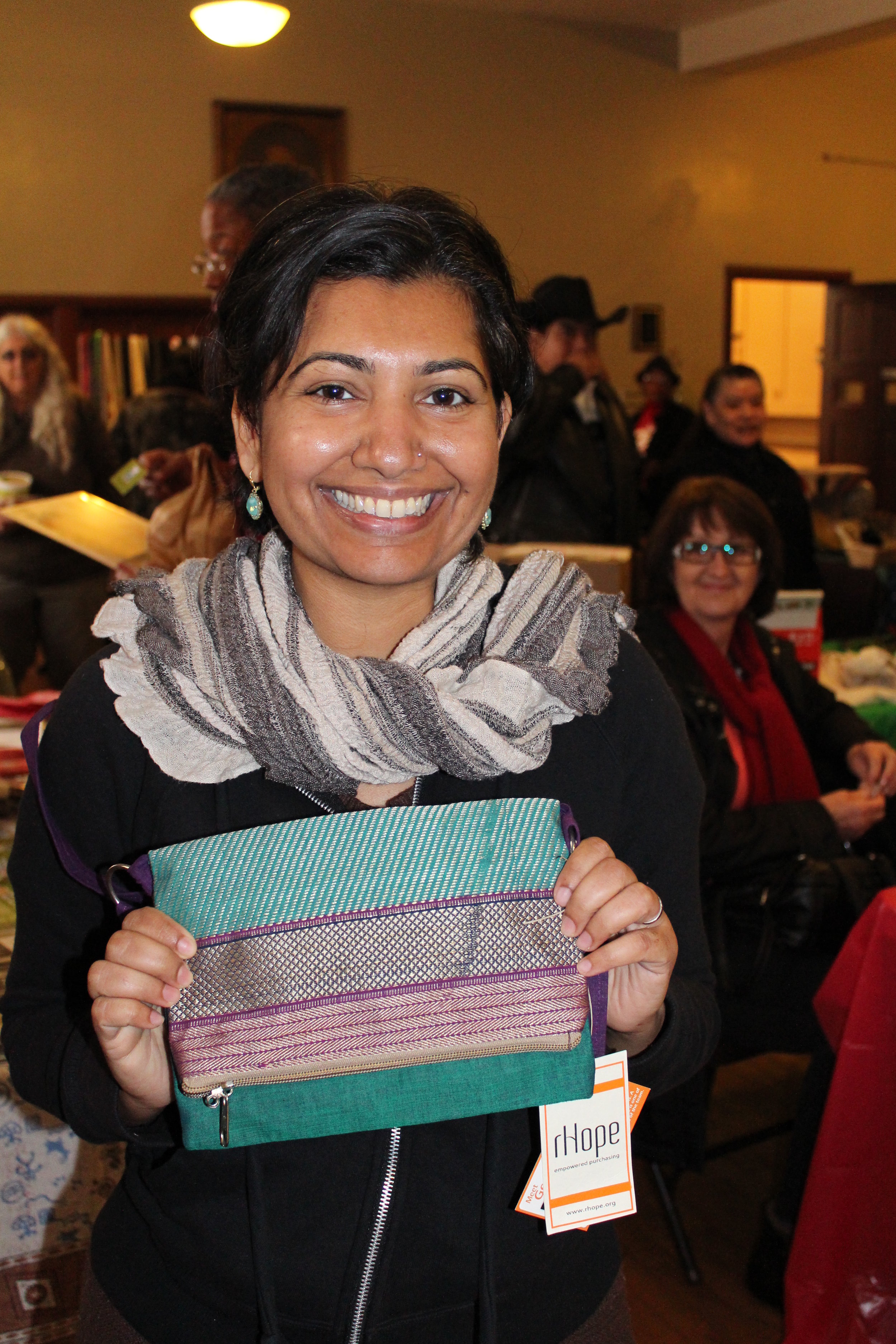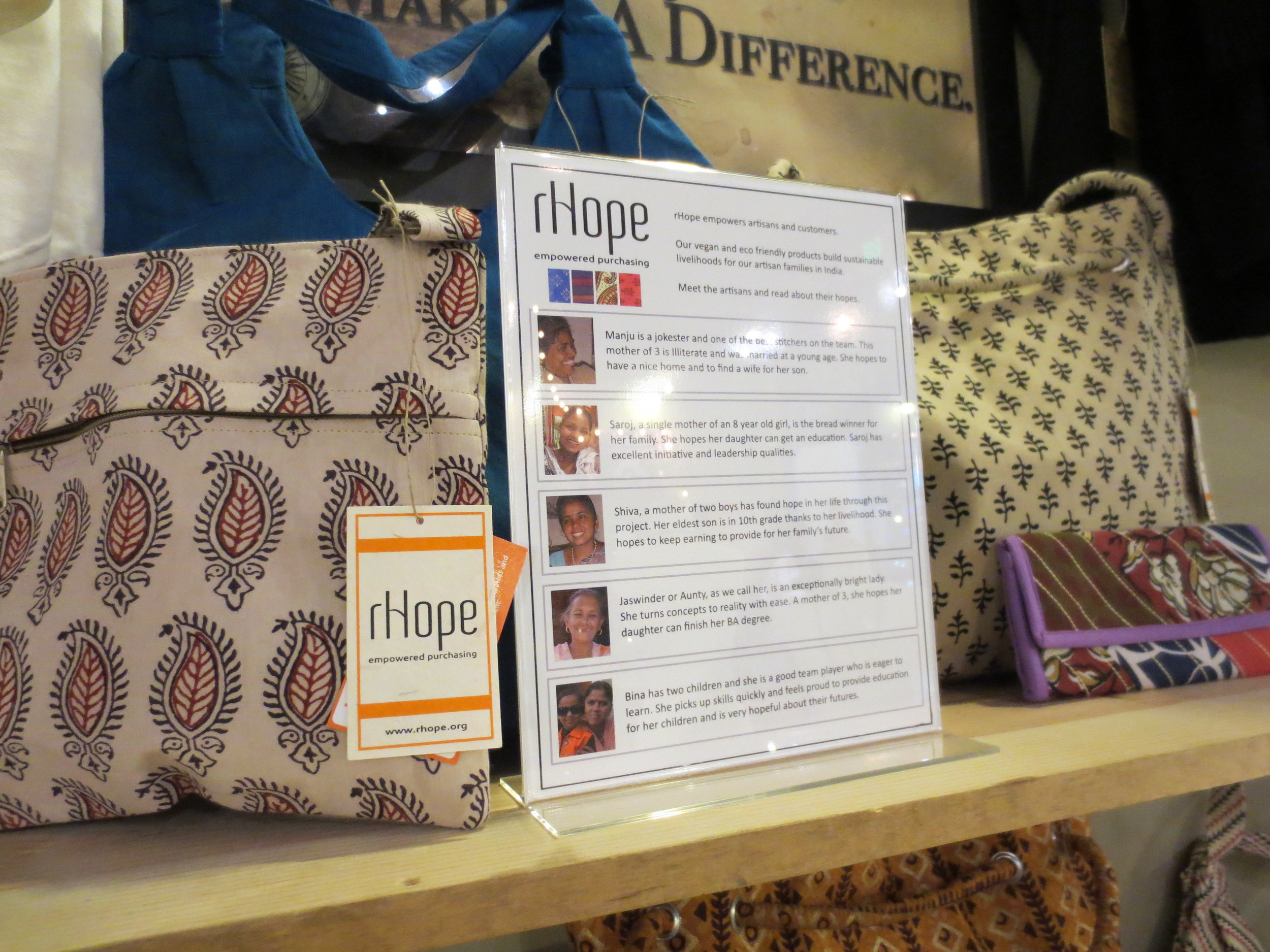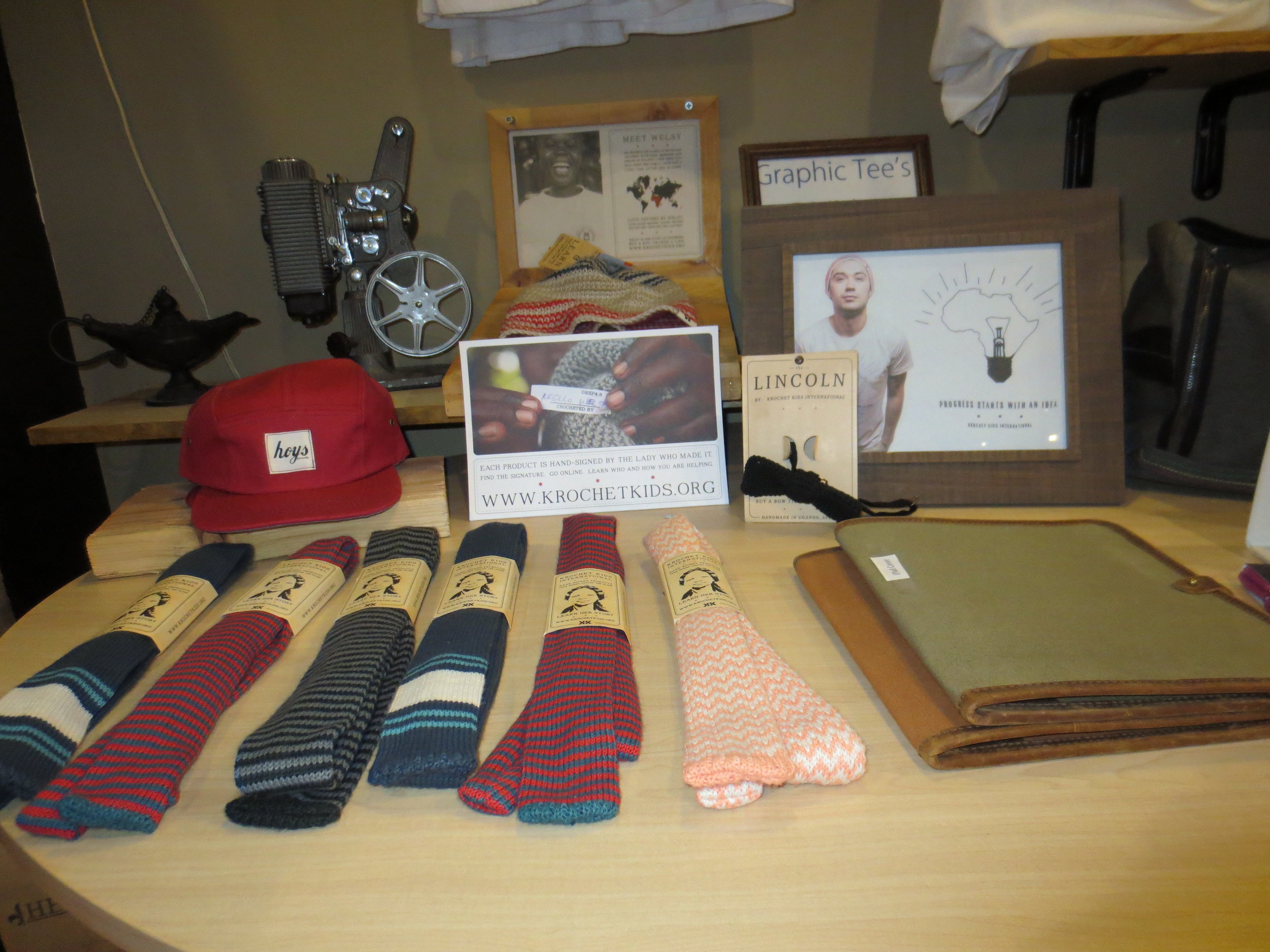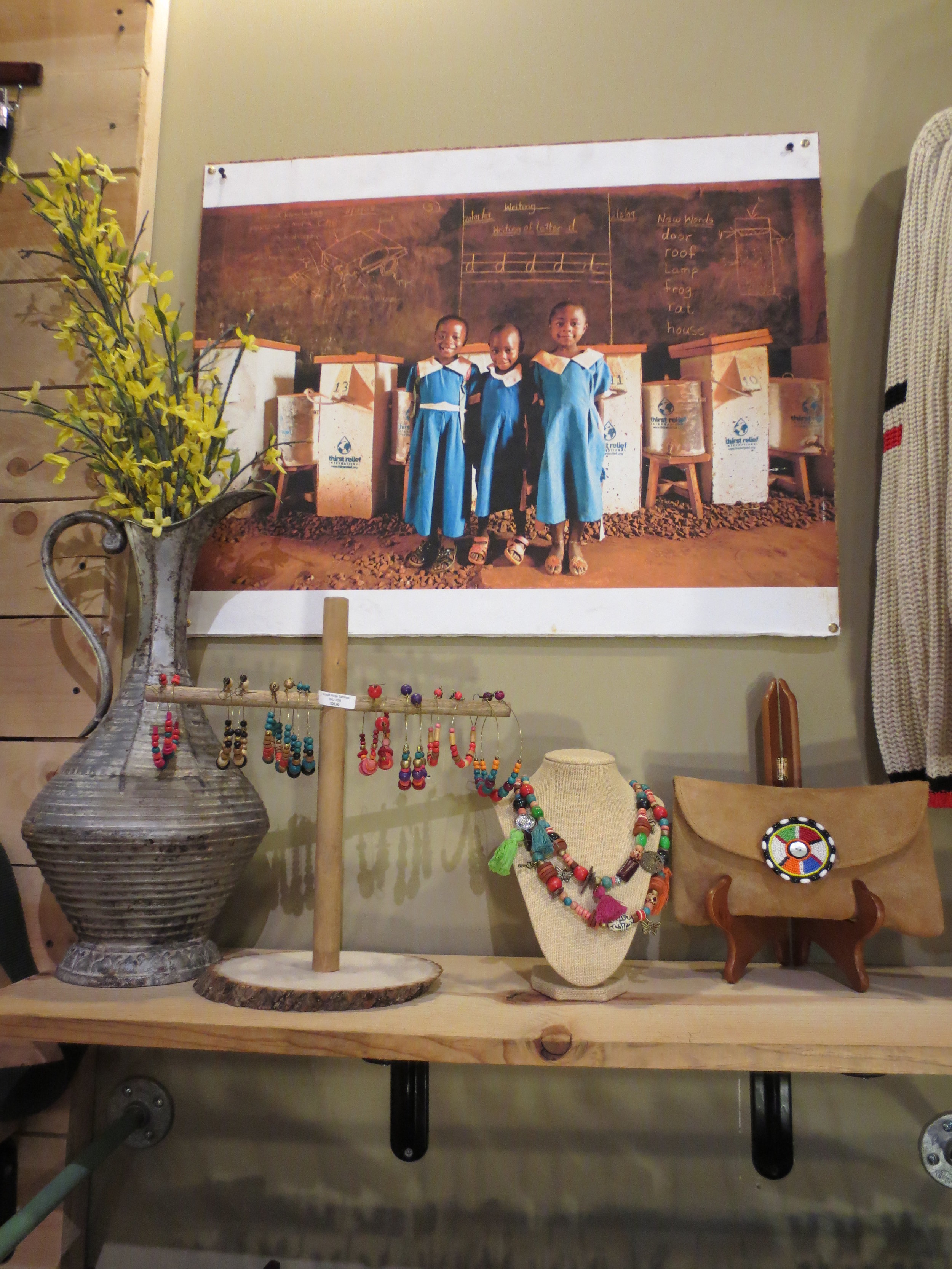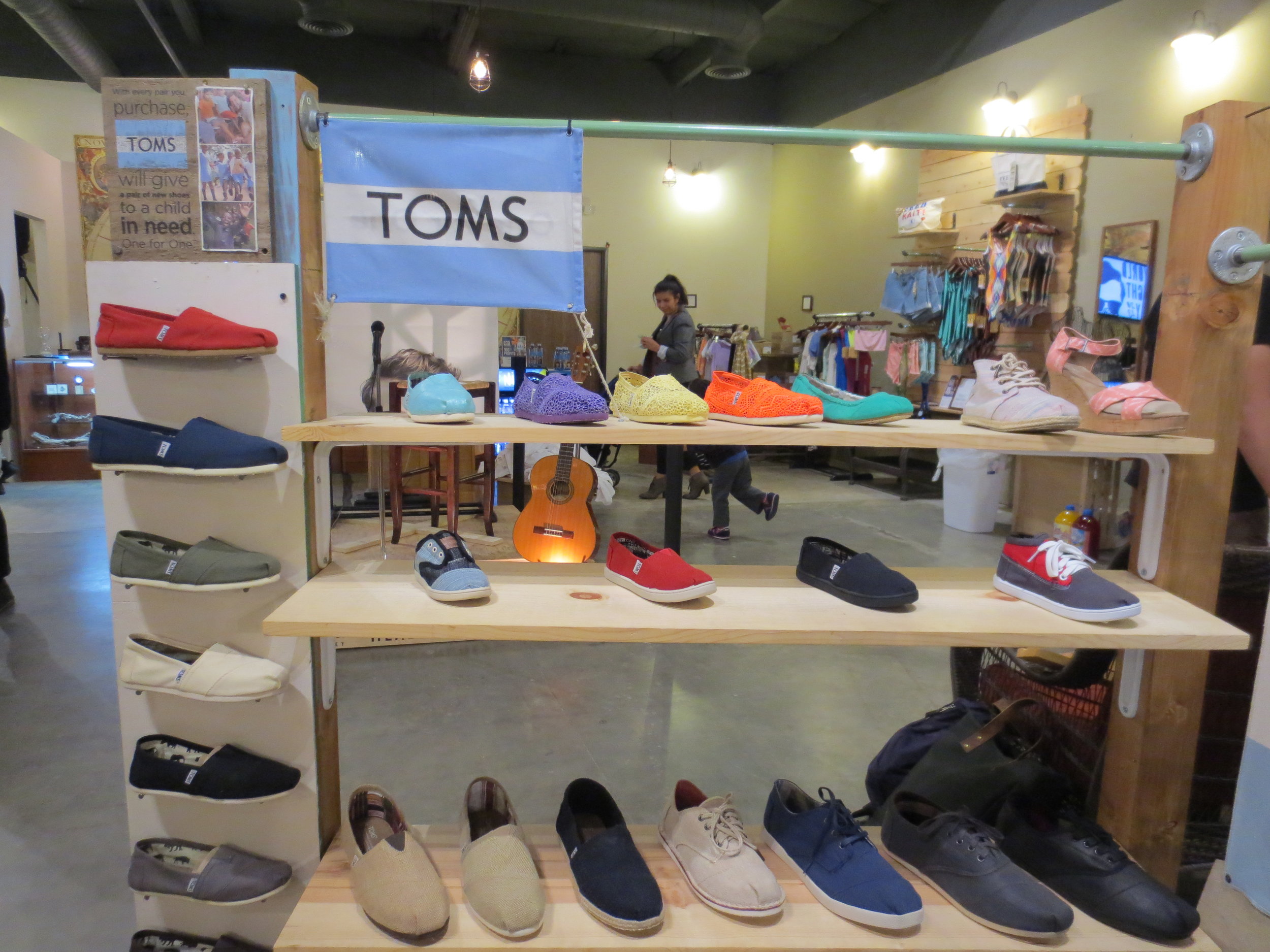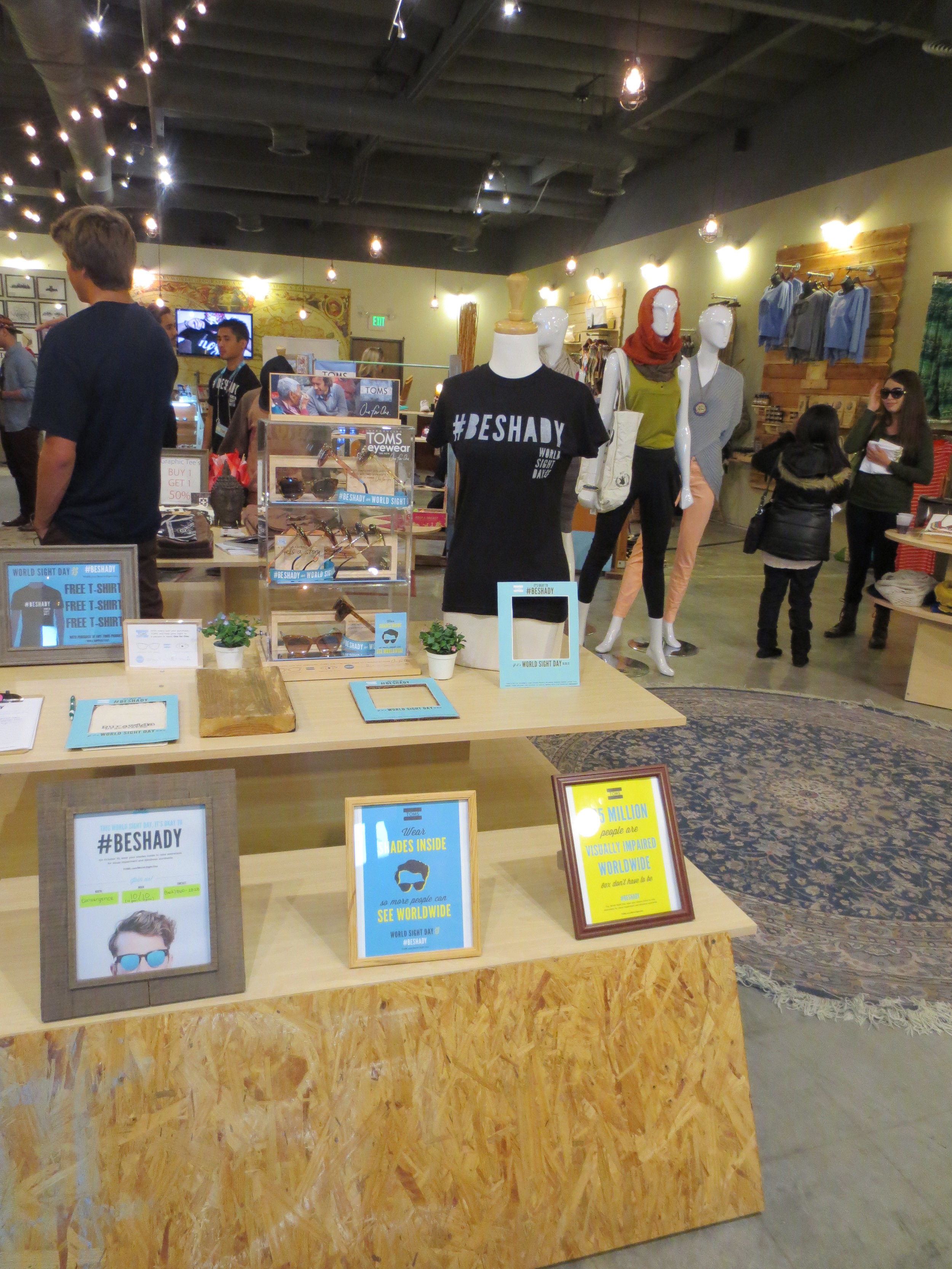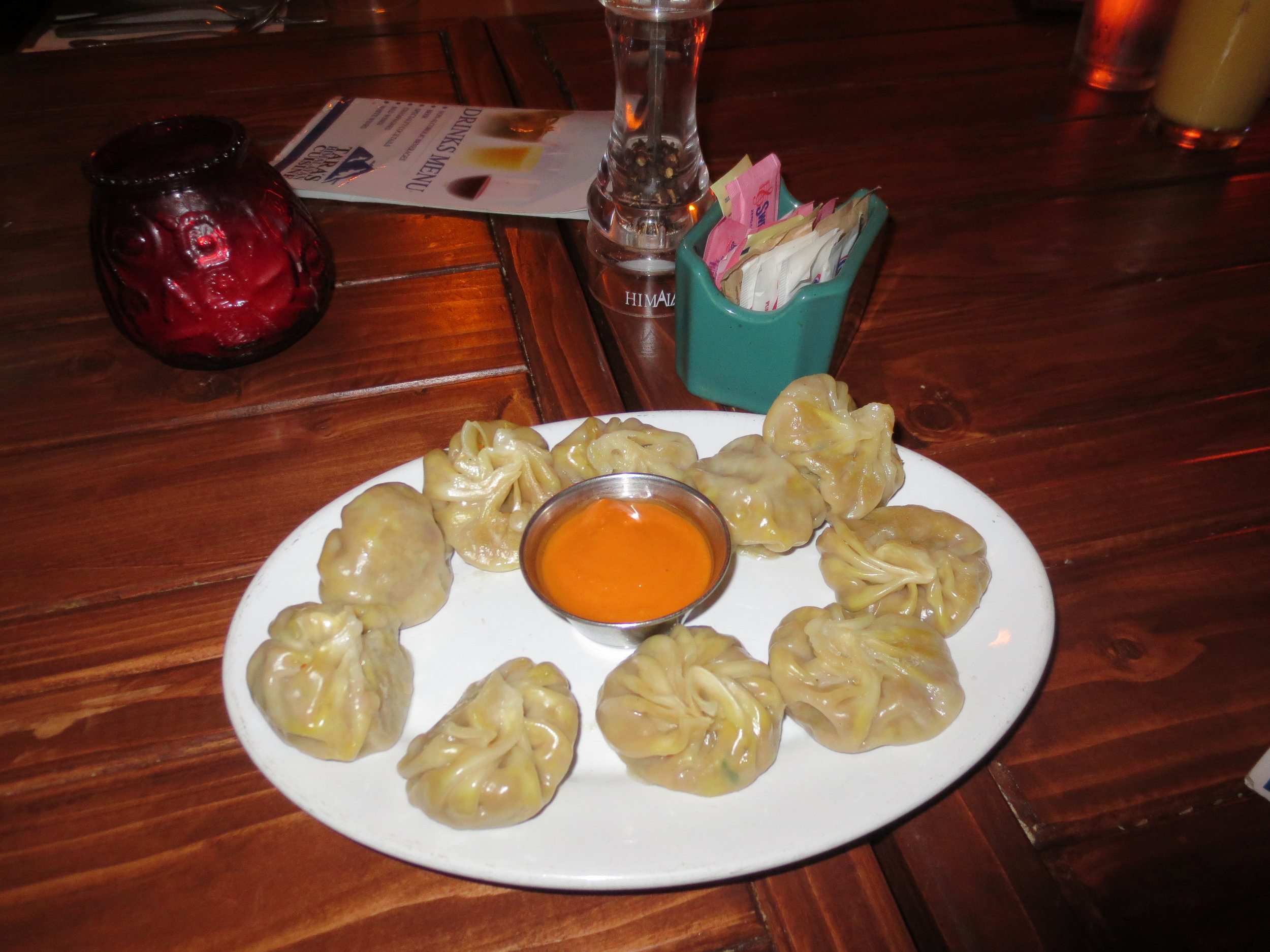Manav Sadhna Leprosy Project
admin
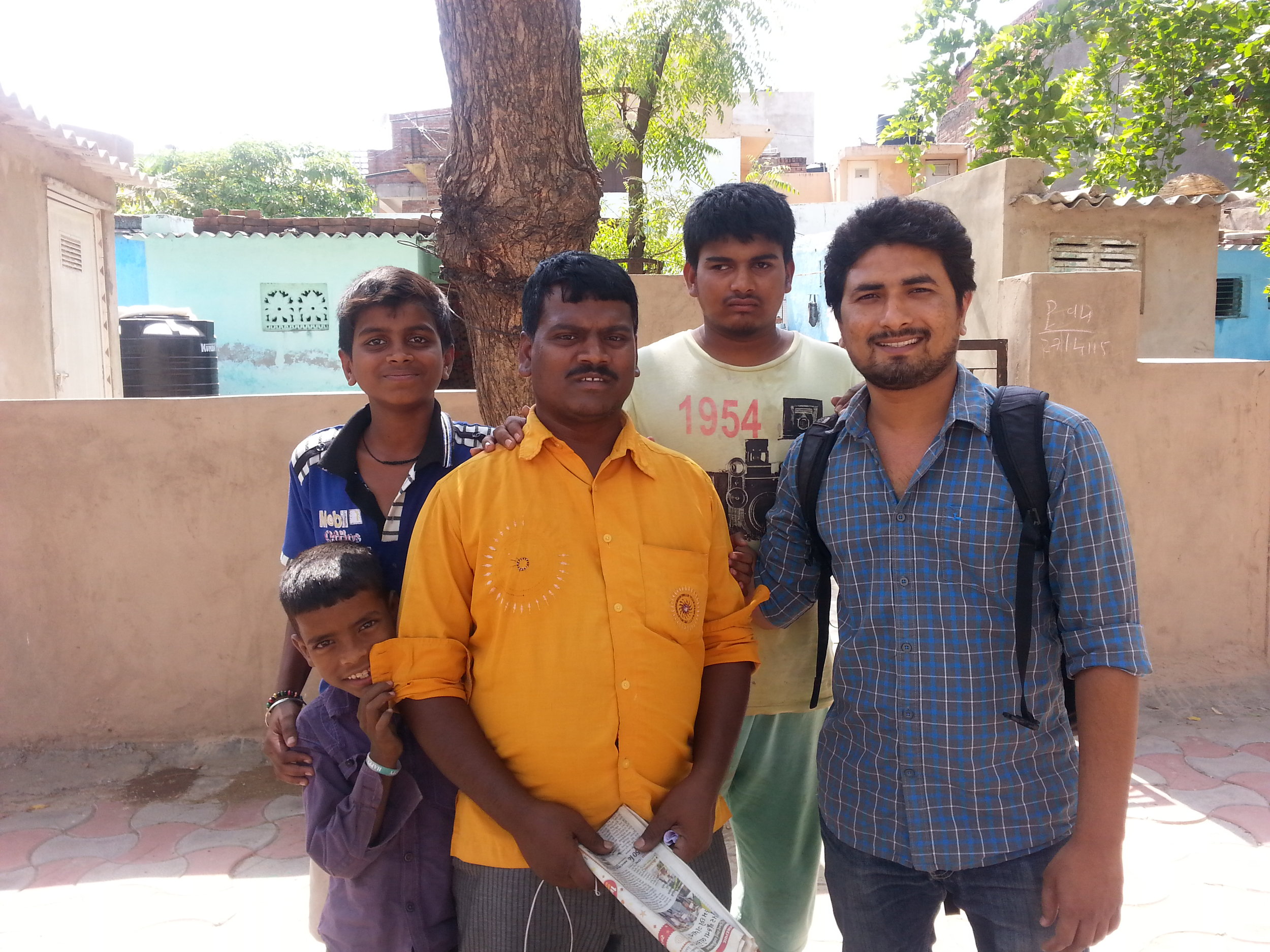 Some of the main ways that I remember Sunil is when I last visited the NGO Manav Sadhna in 2010. At that time, Sunil was involved in the health program. I remember walking through the Ramapir no Tekro Slum (one of the largest slums in India) with Sunil as we visited the homes of individuals who had diseases/illnesses. All the families welcomed him in and listened as Sunil spent time with them as if they were his own family. Sunil would often be very much involved giving medicines going to the hospital and so forth.
Some of the main ways that I remember Sunil is when I last visited the NGO Manav Sadhna in 2010. At that time, Sunil was involved in the health program. I remember walking through the Ramapir no Tekro Slum (one of the largest slums in India) with Sunil as we visited the homes of individuals who had diseases/illnesses. All the families welcomed him in and listened as Sunil spent time with them as if they were his own family. Sunil would often be very much involved giving medicines going to the hospital and so forth.
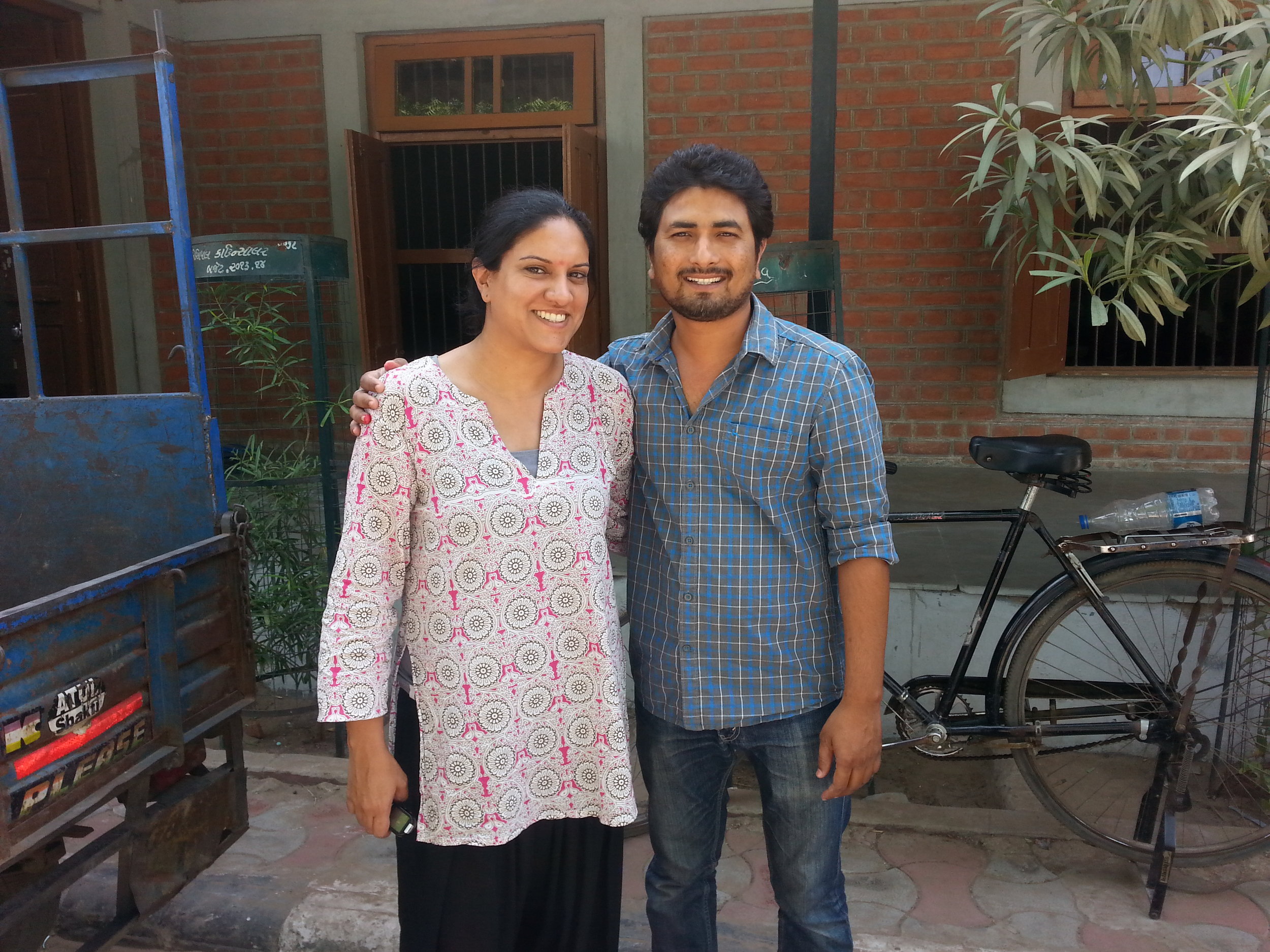 This trip I visited the leprosy community with him. Recently Sapna a friend of Nimo and I was interested in contributing to a project involving girl’s education. Soon after I emailed Viren bhai and Vandana didi from Manav Sadhna and they decided it would be great for her to contribute to a group of girls whose dream is to go to college. These girls’ parents have leprosy and given their quality of education it can be difficult for them to pass the national exam that gets you into college. Tuition classes are required. Our friend contributed and I was now visiting the project in Ahmadabad with my interest and on her behalf.
This trip I visited the leprosy community with him. Recently Sapna a friend of Nimo and I was interested in contributing to a project involving girl’s education. Soon after I emailed Viren bhai and Vandana didi from Manav Sadhna and they decided it would be great for her to contribute to a group of girls whose dream is to go to college. These girls’ parents have leprosy and given their quality of education it can be difficult for them to pass the national exam that gets you into college. Tuition classes are required. Our friend contributed and I was now visiting the project in Ahmadabad with my interest and on her behalf.
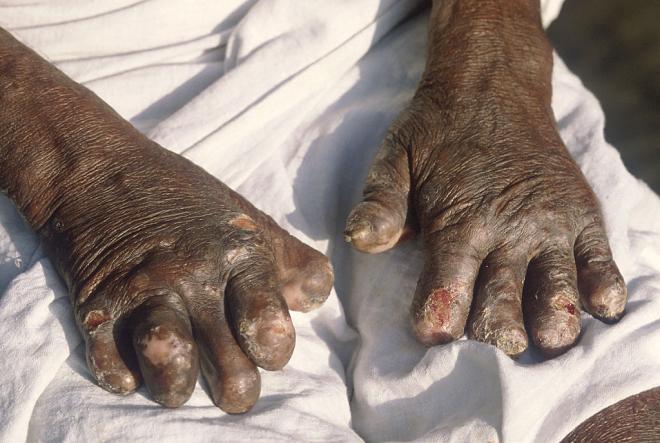 We arrived at the colony in the over 110 degree heat! I was given a brief tour of the leprosy community and saw the small concrete homes. We met some of those affected with the chronic infection caused by bacteria, leprosy. Sunil mentioned some of the symptoms that had developed which included severe disfiguring of skin sores and nerve damage in the arms and legs. Weakness and poor eyesight are also often present. Many people we met had lost fingers and toes, since they cannot feel hot, cold, or pain this had caused the limb damage.
We arrived at the colony in the over 110 degree heat! I was given a brief tour of the leprosy community and saw the small concrete homes. We met some of those affected with the chronic infection caused by bacteria, leprosy. Sunil mentioned some of the symptoms that had developed which included severe disfiguring of skin sores and nerve damage in the arms and legs. Weakness and poor eyesight are also often present. Many people we met had lost fingers and toes, since they cannot feel hot, cold, or pain this had caused the limb damage.
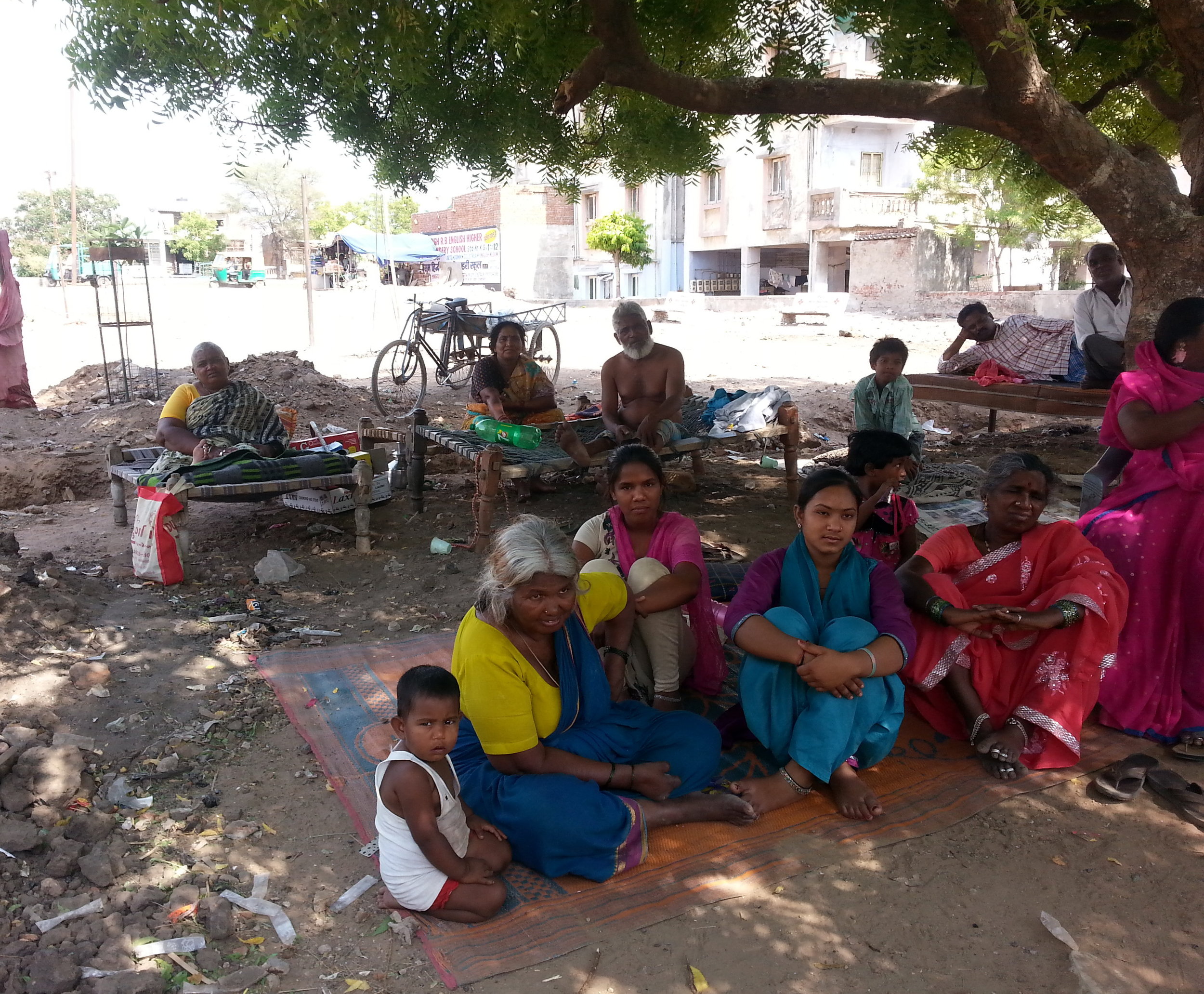 Unfortunately, many of these individuals have been shunned by society and I can’t imagine the discrimination and stigma they must face. I was privileged to be able to meet them and be welcomed by them. I learned that many were forced to leave their homes, some faced a real danger of being burned alive which is what brought them to the colony.
Unfortunately, many of these individuals have been shunned by society and I can’t imagine the discrimination and stigma they must face. I was privileged to be able to meet them and be welcomed by them. I learned that many were forced to leave their homes, some faced a real danger of being burned alive which is what brought them to the colony.
Sunil told me how Manav Sadhna first found the leprosy community. He mentioned that they were doing a compassion walk and visited a temple in Kalupur. At this temple, a saint feeds hundreds of people daily. The saint told them about the leprosy community and suggested they visit and work with this community.
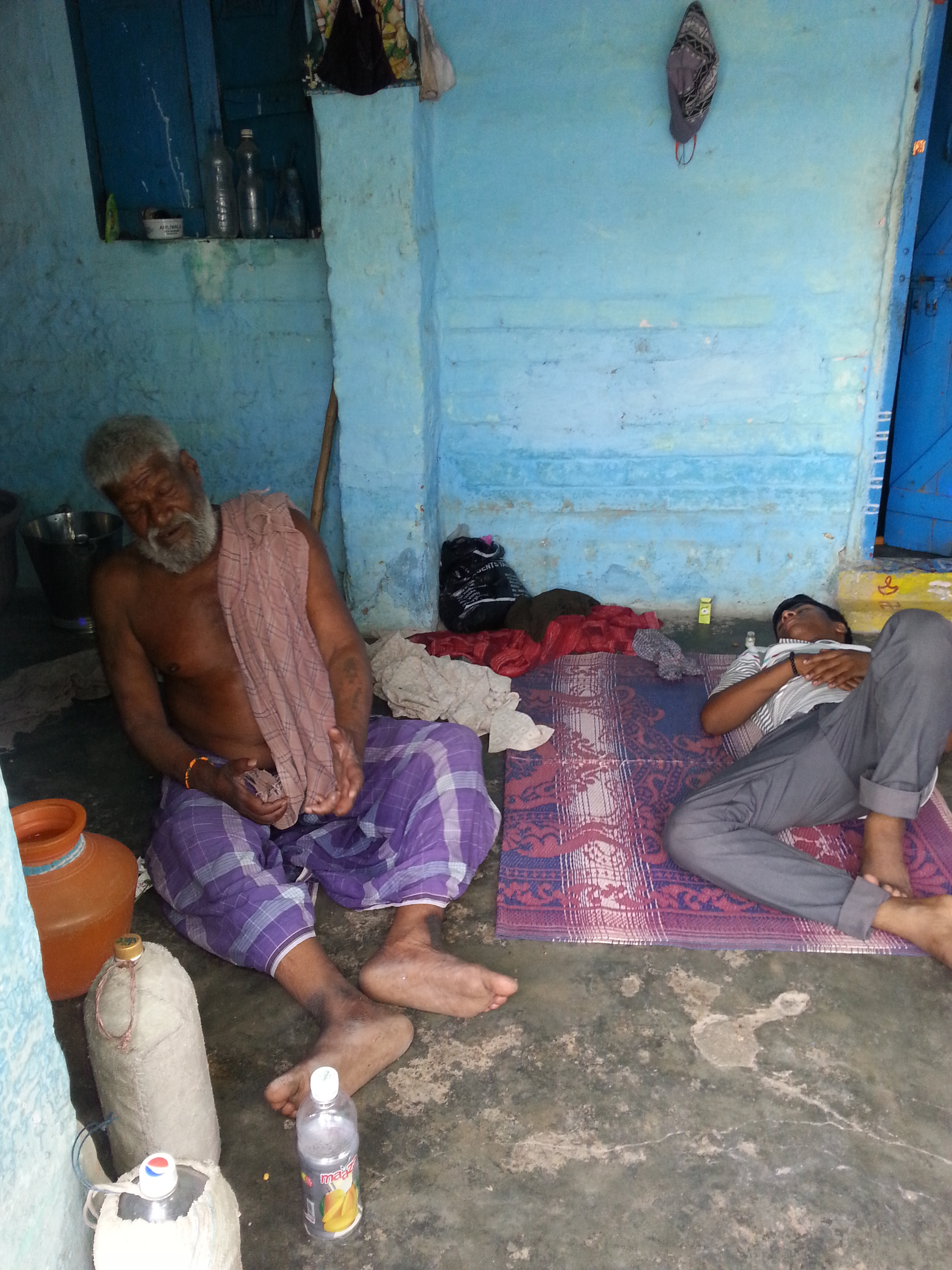 The colony houses about 130 families. Sunil mentioned that this colony is at the end of the city, purposefully to be away from everyone and they are the poorest. Sunil pointed out that their homes were very clean as well as the streets. He also described that for many of those in the community, work is extremely difficult to get, so many resort to begging. He also mentioned that the community is diverse with Muslims, Christians, and Hindus.
The colony houses about 130 families. Sunil mentioned that this colony is at the end of the city, purposefully to be away from everyone and they are the poorest. Sunil pointed out that their homes were very clean as well as the streets. He also described that for many of those in the community, work is extremely difficult to get, so many resort to begging. He also mentioned that the community is diverse with Muslims, Christians, and Hindus.
For the first two years Manav Sadhna initially spent time with the community to learn about them and work with them to see how they could address their needs. Then they began working with the elderly community, many of which had developed other problems like cancer, vision loss, leg problems, bad intestines, etc. Many of them cannot beg any longer and often sleep hungry. Due to this, MS has started a kitchen program.
The kitchen program serves over 40 people a day with food. Members of the community are also involved. MS has worked together and built a community hall, which provides a shelter (helpful in monsoon season and in Ahmadabad’s notorious heat) and space for functions such as bhajans, festivals, and weddings.
They also worked with the community to help them access programs created by the government. Often times people are unaware of what programs they are eligible for. Also it is often quite difficult to get access to these programs. Manav Sadhna was able to bridge that gap. Now the community members have proper id cards, medical care, free transportation, etc. MS also has organized health and dental camps. They also partnered with other orgs to provide toilets. Additionally they have a pre school program and provide tuitions for students.
MS also has taken community members to visit temples. Outside of many religious places in India, you see many beggers, yet unfortunately many are not allowed in. MS has arranged trips for them to visit temples. Sunil mentioned, how many tears were shed when they visited these temples because this was the first time they were allowed in.
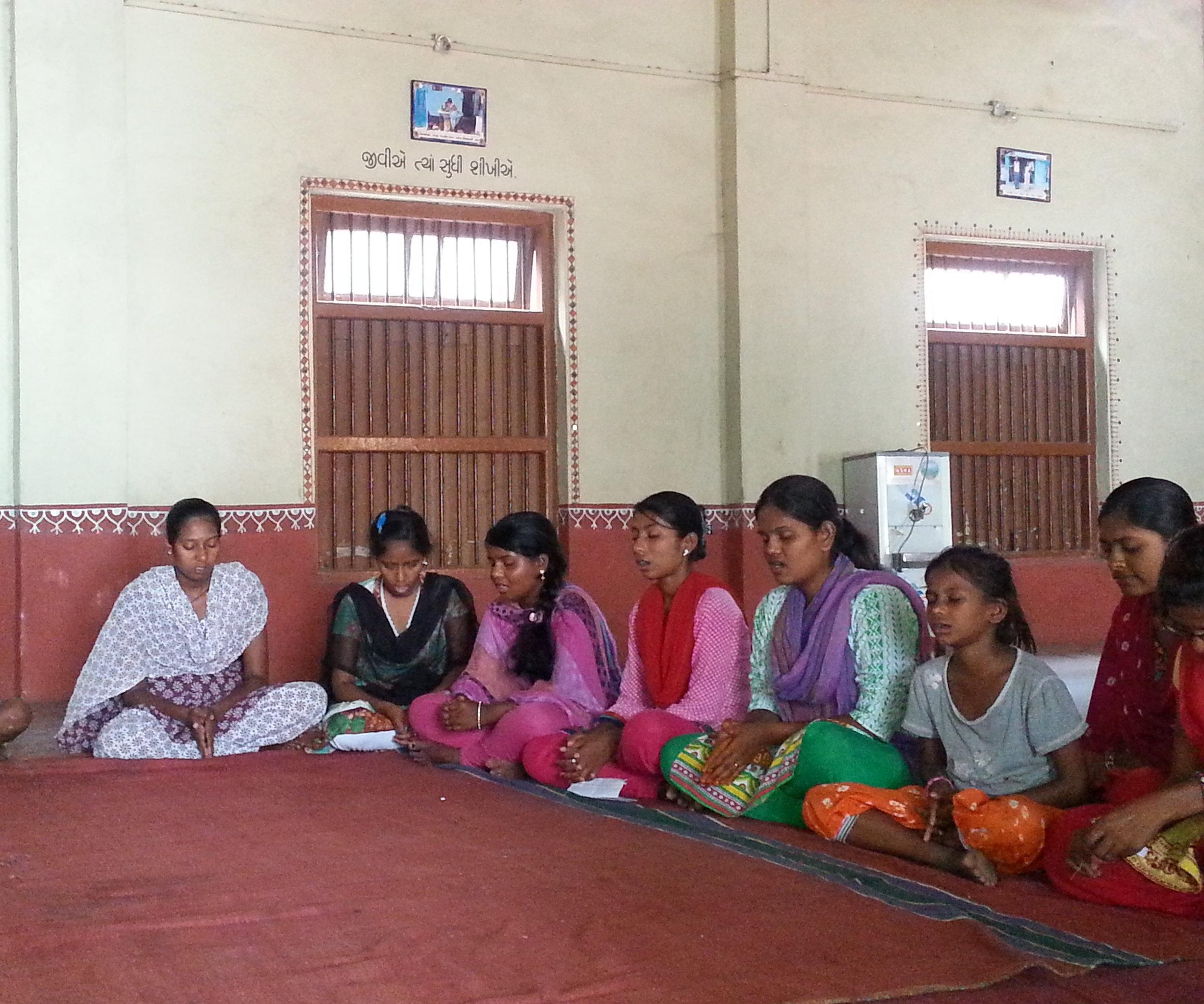
Later we went into the new community hall. I was here to meet the girls that my friend was supporting. Many of the children and spouses don’t have the disease, but since they are part of the family and colony they also face discrimination. The girls are part of a project called Dream Class. I believe this was started by Chris Lowman, an incredibly giving person I met a few years at a gathering organized by my friend Sonali. Chris spent a year of his life with Manav Sadhna initiating a few projects.
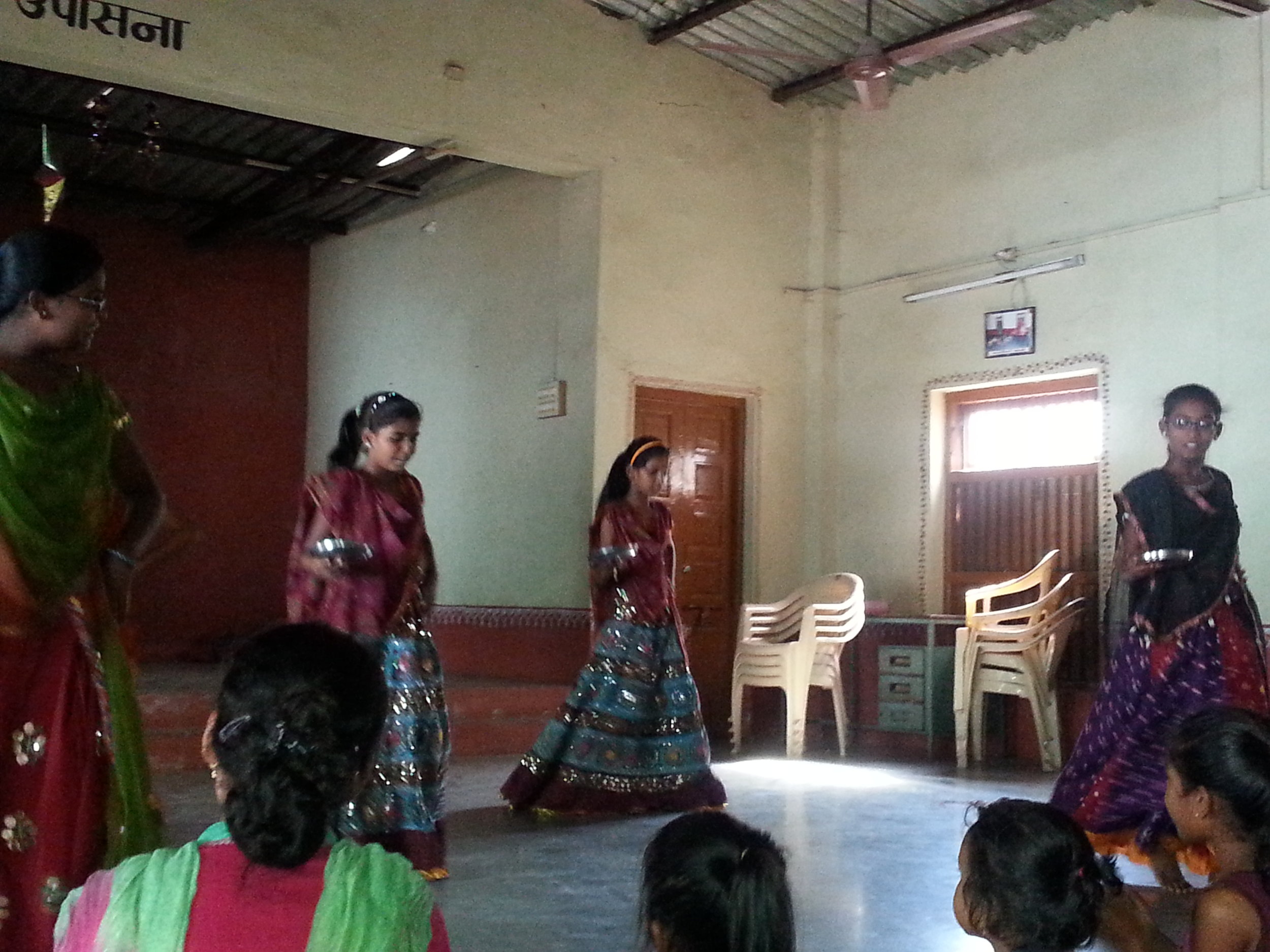 The girls had learned a religious cultural dance and performed that when I came. It was a big thank you to our friend Sapna that donated. Dream class, is about supporting several of the daughters of those with leprosy with their dream to go to college. These girls will be the first in their community to attend college. After the performance, I sat with the girls and they shared with me. One of the girls Mumta mentioned that after 10th standard girls normally get married. Sunil told me that the thought of having these girls attend college was not as easily accepted initially. Many conversations and activities were done to get the parents on board. The parents after the age of 15, start discussing ideas about marriage and not college.
The girls had learned a religious cultural dance and performed that when I came. It was a big thank you to our friend Sapna that donated. Dream class, is about supporting several of the daughters of those with leprosy with their dream to go to college. These girls will be the first in their community to attend college. After the performance, I sat with the girls and they shared with me. One of the girls Mumta mentioned that after 10th standard girls normally get married. Sunil told me that the thought of having these girls attend college was not as easily accepted initially. Many conversations and activities were done to get the parents on board. The parents after the age of 15, start discussing ideas about marriage and not college.
The dream class includes a number of activities. This includes tuition classes, which is mainly what my friend is supporting. Many of these girls are in standards 10th and 12th and this is when they take their board examinations. Many students drop out at this time because they are unable to prepare for the board examination. They are in need of private tuitions. Five girls are now receiving these tuitions.
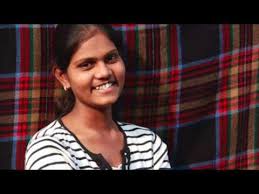
I learned that the dream club also has other activities like inviting strong women to come and share their story. They invite speakers and also have taken them to different organization. Mumta said she learned how to speak and communicate with people through these activities. Mumta also mentioned how they did fun activities like making mother’s day cards and also conducting kindness activities.
Finally she mentioned that her parents were not able to give support for tuitions, but through Sapna she was able to get tuitions. “ Tuitions went well and she got good results thanks to Sapna. She wants to go to college.”
Prior to Manav Sadhna’s involvement, many of the girls hadn’t even really been out of the colony. They had not even visited the next neighborhood.
These girls want to study and get a good job. The reason for many is to stop their parents from begging. One girl mentioned that she is hoping to earn money and change other people’s mentality. Sunil mentioned that these five girls are now inspiring other girls in the colony.
Shayna, another beautiful girl wants to do Banking and Finance which is the same as Mumta. She is getting tuitions in accounting, statistics, and english. Tuitions have really helped her get a deep understanding. In school she wasn’t able to understand the subjects. She mentioned that she got good results from the tuitions. She also really wants to go to college.
Suman, mentioned she thought she had no chance of college or tuitions, but is grateful to Sapna and MS for the support. She will continue to study hard.
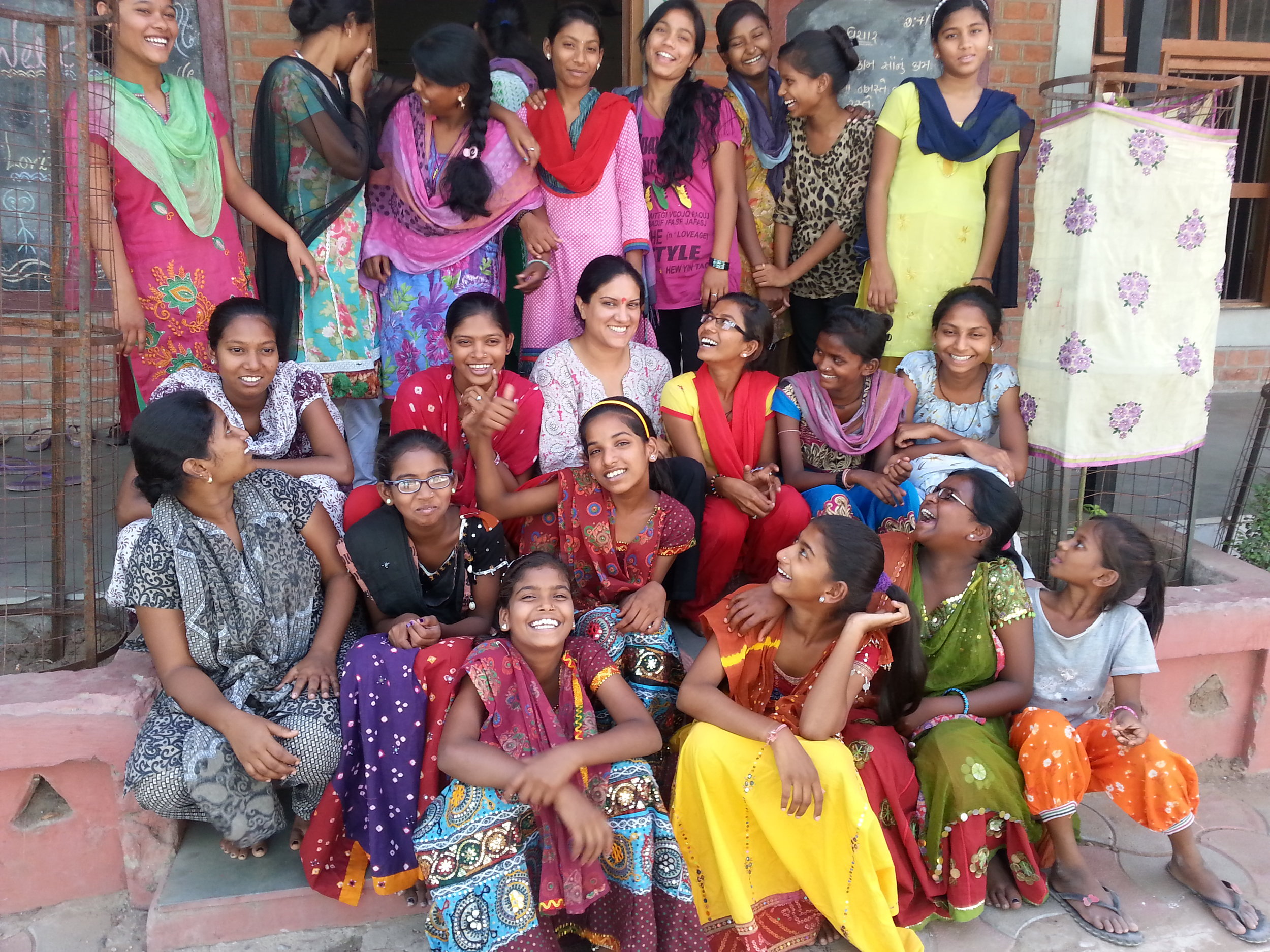 After meeting the girls, I also met some of the younger kids who are also getting tutoring.
Overall I wish these girls the best of luck and thank Sapna for her generous support.
After meeting the girls, I also met some of the younger kids who are also getting tutoring.
Overall I wish these girls the best of luck and thank Sapna for her generous support.
Blog by Kristeen Singh and edits by Seema Patel




